Posted by Powee Celdran
DISCLAIMER: Although this is mostly a work of fiction, it is largely based on true events and characters. It seeks to alter the course of actual events that transpired in the 6th century AD. This story will begin with events that have happened in real history but will become fictional as it progresses. This will be an extremely long article!
Previous Story: Byzantine Alternate History Chapter II- 5th Century
“Keep cool and you will command everyone” -Emperor Justinian I the Great (482-565AD)

Welcome to the third chapter of the Byzantine Alternate History series by the Byzantium Blogger! Last time, in chapter II of my alternate history series, I discussed the events leading up to the Fall of the Western Roman Empire in the late 5th century (476 AD) and how their twin empire, Eastern Roman (Byzantine) Empire played a part in the western empire’s story. At the same time, the previous chapter discussed a lesser-known event in the year 472 that could have helped save the Western Roman Empire from meeting its end just 4 years later, which would be if the last competent Western Roman emperor Anthemius was not killed off in 472 like in real history. The last article too discussed a possible scenario of an epic world war between the two Roman Empires and their foreign allies against a massive Barbarian Alliance. However, for this new chapter of the alternate history series, again as I said about the background of this series I am making, there will be no continuity from the previous story to this one, so this story will begin with real history taking its course wherein the Western Roman Empire actually fell in 476 leaving the Eastern Roman Empire as the only surviving Roman Empire, now better known as the “Byzantine Empire”. Also keep in mind that this article will be very long because it will cover possibly the most eventful reign in Byzantine history, which is that of its most influential emperor Justinian I the Great. This story will be set in the 6th century AD, where under Emperor Justinian I the Great, the Eastern Roman (Byzantine) Empire would be at its greatest extent when North Africa, Italy, and Southern Spain for a time returned to Roman rule from Constantinople, the eastern empire’s capital after they have for a time fell to the hands of several barbarian powers. The Eastern Roman Empire on the other hand was never expected to regain the lost western provinces, but this would soon enough become possible when Emperor Justinian I came to rule the eastern empire in 527 though at the same time, his reign was not all victory and imperial glory as we all remember, as it was also one of military and natural disasters but as a capable ruler, Justinian managed to face all the odds and die ruling the massive empire he had dreamt of. It is also timely that I wrote this article because as the COVID-19 pandemic is happening right now, this story will cover the pandemic back then known as the “Plague of Justinian” in 542 which was named after Justinian himself who in fact was a victim of it but had survived it. Also, just recently, my favorite history related Youtube channel Dovahhatty just released his full feature video on Justinian the Great, and I should say that this story will be based a lot on Dovahhatty’s retelling of Justinian and his personality as he sees it. Now, Byzantine history cannot be told without telling the story of its most influential ruler Justinian the Great (aka. Flavius Petrus Sabbatius) who is one of history’s few rulers that came from humble origins but has left behind a very strong legacy in many aspects that are still live on up to this day and some of his greatest legacies include the complete codification of Roman law that still lives on to this day as the basis for the legal systems most countries use and the impressive structure of the Hagia Sophia in Constantinople built in the 6th century which is still in its full form today. Having achieved so much in his lifetime, Justinian would not only be remembered as “the great” but as an Orthodox saint as well for doing his part to defend the faith and expanding an empire in the name of Orthodoxy.

As emperor though, Justinian’s greatest feat was the carefully planned reconquests of the lost Western Roman provinces through his policy of what is known as “Intervention Imperialism” or finding reasons to justify the conquest of a place especially if it had to do with defending the Orthodox Christian faith, which this story will be covering a lot of, together with the men responsible for his victories which were particularly his generals Belisarius and Narses, but at the end were all of Justinian’s ambitious conquests of North Africa, Italy, and Hispania worth it? In real history, despite these lands once again returning to Roman rule, it did not really last long as while Justinian was ambitiously masterminding the reconquest of the former Western Roman provinces, another war was being fought in the east with the empire’s long-time mortal enemy, the Sassanid Persian Empire and after Justinian’s death in 565, no matter how much lands were conquered it would be all downhill from here as the empire would undergo a chronic war with the Sassanid Persians in the east and face new enemies raiding into the empire from the north such as the Slavs, Avars, Lombards, and more. Others blame Justinian for the downfall of the Byzantines’ imperial power due to his overly ambitious reconquests that drained the empire’s economy thus weakening it, but I would say it was not entirely his fault because there were things that happened which could not be controlled by Justinian no matter how powerful and talented he was, for instance the plague in 542 which undid most of his hard work and almost destroyed the Byzantine economy. Justinian too was one of a one of a kind exceptional ruler and only he could manage a very large empire no matter the odds while his successors were not as capable as he was. Not to mention, Justinian too, if considering all the Byzantine emperors until their end in 1453 as “Roman emperors”, he would be the last Latin speaking Roman emperor, which leads some to say that the age of Imperial Rome ended with him. In this story however, I will try to change the course of history by creating a fictional scenario of Justinian as emperor finding solutions to fight the plague of 542 by using it as a biological war to destroy the constant headache of the Sassanid Empire in the east since in the entire history of Rome’s wars against the Sassanids, there was no way the Romans could win by military force so I believe that if a biological war was used through the plague against the Sassanids, then the Romans (Byzantines) could end up victorious giving them more time to totally focus on their reconquests of the west. In addition, this story will also tackle one of Justinian’s mistakes which was not properly naming his successor. At the same time, Justinian no matter how energetic and hard-working he was as emperor earning him the title “the emperor that never slept” was a complete “palace emperor” who never left Constantinople in his reign no matter how much his empire expanded, but here I believe that if Justinian took part in his own ambitious conquests himself and got to know his nephew and successor Justin II a bit more by personally training him in his military campaigns in Italy, then then I believe that empire would stand stronger after Justinian’s death. Coincidentally, since this story is about how Byzantium strikes back to regain the west, it was fitting that I used the same title as Star Wars Episode V “The Empire Strikes Back” (1980). Now, if Justinian I was able to control the plague, train his own successor, and join his own military campaigns, would the Golden Age of the Byzantine Empire he worked so hard to attain still live on?
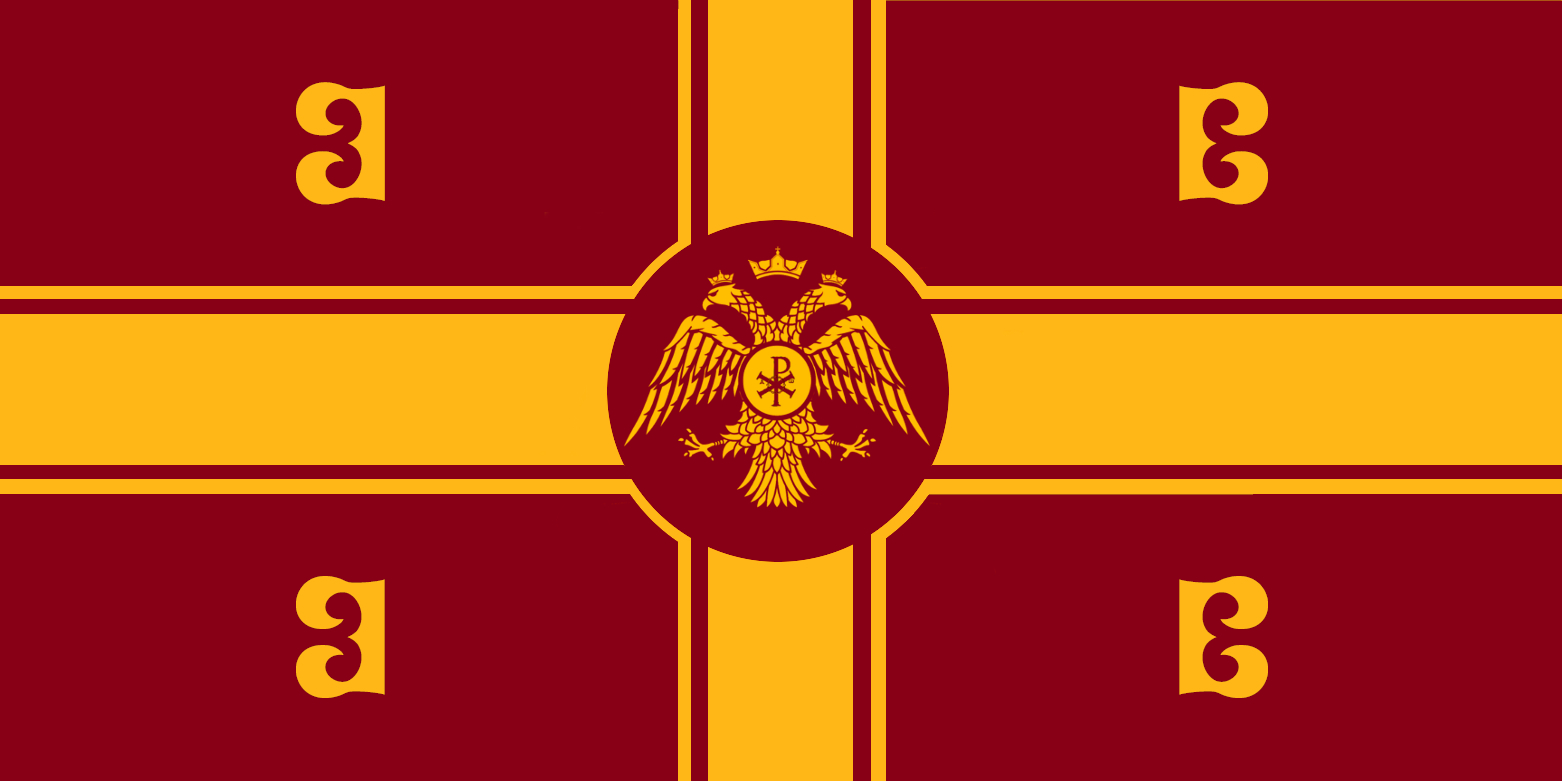
Follow me, the Byzantium Blogger on Social Media:
Instagram: @byzantine_time_traveller
Facebook: Byzantine Time Traveller
Youtube: No Budget Films
Twitter: @ByzantineTime
Deviantart: Byzantium-blogger55
Art Station: Powee Celdan Porphyrogennetos
Patreon: Byzantine Time Traveller
Note: Since this story is set in the 6th century following the fall of the Western Roman Empire, the Byzantine characters will be now referred to as Byzantines, not Romans.


This article here is the first story in this 12-part series wherein I am working in collaboration with another fellow Byzantine history enthusiast and in this case, I put together this story with the help of my friend, an Instagram user who prefers to call herself Justinianus Byzantinus (follow her on Instagram @justinianusthegreat), a Byzantophile or enthusiast of Byzantine history, but more significantly as her username and Instagram profile pic suggests, she is an enthusiast of Emperor Justinian I the Great and his ambitious project known as the Renovatio Imperii or “Imperial Restoration” in Latin as stated in her bio. To give a brief background of Justinianus, she has been a fan of Byzantine history ever since the age of 15 and is currently 19 and a student of chemistry, but her true passion is Byzantine history and art. Aside from being a Byzantine history enthusiast, Justinianus is also an artist who makes illustrations of Byzantine characters in her own style, both through handmade drawings and digital art using the software Ibispaint; her artworks of 6th century Byzantines such as Justinian I will appear in this article too. Justinianus too dreams of being a Byzantinist in the future and to visit the places on earth where the Byzantine legacy is very strong including Turkey, Greece, and Italy.
Similarly, what we have in common is that we are both young in age and not academics or historians but we share a strong passion for Byzantine history and want to create some buzz for it, and I am honored to do my very first collaboration article with her. When starting my Byzantine history Instagram account Byzantine Time Traveller very early this year, Justinianus was one of the first to follow me and apparently it had turned out that we see Byzantine history in the same way which is more or less a strong passion, so we came to work together in creating this story by doing our own role-playing of 6th century Byzantine history through Instagram chat for the past month and a half, and here in this role-playing chat, she played as Justinian the Great himself and as I should say, she totally gets into his character very well, so the cool-headed and wise yet scheming personality and unknown side of Justinian that this story will tackle will be more or less her take of it. This alternate history story was created in our Instagram role-playing, as here in this story there will be events that did not happen in real history, most notably an elderly Justinian joining his military campaign in Italy himself while at the same time in this role playing, Justinianus had filled in the gaps by telling the unknown stories of Justinian’s own origins story, private and family life, and source of his ambitious dreams in both hers and my own point of view and since history does not record much about Justinian’s early life as well as private life, this fan fiction story will do just that even if it may not entirely be accurate to real history, just as how Dovahhatty told it in his most recent video. Our role-playing scenario will take place in the second half of this story set in Justinian’s later reign beginning in the year 550AD following the death of his beloved wife, Empress Theodora wherein Justinian from the hopeful and ambitious emperor he was earlier on in his reign becomes a bitter and sad old man thinking all his hopes were crushed especially due the recent plague until meeting a mysterious general and former wrestler named Andreas who will inspire Justinian to join in the conquest of Italy from the Ostrogoths together with the generals Belisarius and Narses as the conquest of Italy nears its end, and almost coming into a victory for the Byzantines. This story though will begin giving a background story to Justinian, his rise to power, and his early reign which will mostly be all based on historical facts, then it will proceed to the main part which will be on the Plague of Justinian beginning 541, thus the climax will begin in the year 550 when the plague is still around, but at least Justinian has managed to control it, and to get himself over the grief of losing Theodora, he decides to join his army in Italy together with his nephew Justin who he decides to train to be his successor as he is the only choice left as Justinian’s intended heir which was his cousin Germanus had just died. Overall, this story is more of a fan fiction re-write of history than a what-if story but it also includes a number what if scenarios, especially if Justinian properly trained his nephew who would eventually succeed him and the what if of Justinian using his own intelligence to destroy his mortal enemy being the Sassanid Empire with the plague. The age old problem of succession was surely something that eventually ruined the great legacy Justinian worked so hard on as in real history, he did not properly name his successor so instead the throne was left to his nephew Justin, his sister’s son who lacked the experience in running an empire while at the same time was hot headed, but the worst part was that in 565 when coming to the throne, he inherited an extremely massive empire when having no experience in ruling it and as emperor Justin II’s own impulsive actions led to the war against the Sassanids in the east resuming when refusing to pay tribute to them, thus all the war and pressure of running an empire made him insane due to his lack of ability in riling that he had to abdicate, thus Justin II’s reign ruined everything his uncle worked so hard on. Now if Justin II was only properly trained by no other than his uncle Justinian the Great who would give him the advise “stay cool and you will command everyone”- as the quote by Justinian himself says right at the top of this article- then I believe he would have been as great as his uncle in ruling the empire, thus this story will rewrite history that way.


Related Articles from The Byzantium Blogger:
The Art of War in the Byzantine World
12 Turning Points in Byzantine History
Around the World in the Byzantine Era Part1 (330-1000)
The Story of 3 Plagues Across Centuries
Natural Disasters in Byzantine History
Constantinople: The Queen of Cities and its Byzantine Secrets
The Ravenna Mosaics and What to Expect
10 Inventions from the Byzantine Empire
Justinian the Great Related Videos:
Unbiased History: Byzantium I- The Eastern Empire (Dovahhatty)
Emperor Justinian I (Thersites the Historian)
Justinian I’s Wars (Thersites the Historian)
Justinian the Great: Reconquest and its Legacy (Eastern Roman History)
This story will be extremely long as it spans the entire reign of Justinian I which was a total of 38 years and more. Justinian was 45 when he became emperor in 527, and 83 at his death in 565, something very unusual for people at their time. This story will be basically focusing on Justinian I as its lead character while it will go in detail as well in going through his thoughts and personality which a lot of it happens to be missing in real history and in addition, this story too will contain some flashbacks of his earlier life told in his perspective. As the main character of this story, Justinian is surely a fascinating character to write about as despite coming from humble origins as a simple peasant in the Balkans born as Flavius Petrus Sabbatius in 482, he had a dream that he never let go of which was not only to be an emperor but to be the best and have a great legacy worth remembering up to this day, and no matter how much odds he faced in his reign including a devastating pandemic that nearly destroyed his empire’s economy, a prolonged endless war to retake Italy, and a large number of natural disasters, he was able to achieve so much.

Though Justinian is this story’s lead character, his nephew and successor Justin II will also play a major part in the story’s second half since a lot are not very familiar with the man who directly succeeded Justinian to the throne and here, Justin would be at first the stereotypical young, hot-tempered, and ignorant man who will go through a journey to be trained to become a wise and strong leader like his uncle by his uncle Justinian himself. History though does not mention what kind of relationship Justinian had with his nephew Justin but this story will do its best to tell that part of history (in a highly fictionalized form). This 12-part series too includes a fictional or unknown historical figure who will have a story built around him right in the middle of all these events, and here it will be Andreas, who appeared in real history as a Byzantine wrestler and soldier serving the general Belisarius back in the Sassanid War of 530 and though history does not mention what happens to Andreas after, in this case he rises up to become a general and personally fights with Justinian himself in the case of this fan fiction when Justinian himself goes over to Italy and in our role-playing, I had the chance of playing the character of Andreas as well as Justin II. Famous people of this age such as Justinian’s wife Empress Theodora, the generals Belisarius and Narses, the Ostrogoth king Totila, the Sassanid ruler or shah Khosrow I, and the contemporary historian Procopius will be covered and so will their back stories. The historian Procopius, who was a Byzantine senator and secretary of the general Belisarius meanwhile is another interesting figure being a man with two sides as at first he wrote two books- Wars and On Buildings recording the reign of Justinian I in such great detail with such great praise for him and his administration but at the same time, he secretly he wrote his book The Secret History which totally slanders the image of Justinian as an incompetent and insane ruler while at the same time exposing his wife Theodora’s life as an actress and her sex scandals exaggerating her as a former prostitute. In this case, just like in Dovahhatty’s most recent video, Procopius for ruining his emperor’s image out of pure envy will be this story’s villain together with the Ostrogoth and Sassanid rulers Totila and Khosrow I as Justinian is the protagonist, but no matter how much Procopius has tried to destroy Justinian’s reputation, his works remain a very valuable source of this era and Justinian’s reign as well as on the history of the late Roman age for the Eastern and Western Roman Empires. This story will be more Byzantine centric despite covering some of the happenings with the Ostrogoths of Italy, Visigoths of Spain, and Sassanid Empire, though at the same time it will be a mix of the genres of adventure, drama, comedy, romance, politics, and war and though no matter how detailed this story will go in the characters and their lives, I would not bother too much in explaining the political structures of the time, such as the imperial system of Byzantium and the names of the provinces of the empire. And of course, I have to say that when it comes to writing an alternate history story for 6th century Byzantium, it is impossible not to do this story of Justinian I as 6th century Byzantium was literally dominated by Justinian I and no one else but in the wider world, I’d say the 6th century was a very challenging time with so much happening especially since this is when Western Europe entered the Dark Ages while Byzantium stood at its finest as the bastion of Greco-Roman civilization. Additionally, Byzantine history cannot be told without Justinian as literally whenever people hear of Byzantium, Justinian I would be the emperor that would come into everyone’s minds, thus this story would have to be a very long and highly detailed one.

The Leading Characters:
Justinian I- Byzantine emperor
Justin II (the Younger)- Heir apparent and future Byzantine emperor, nephew of Justinian I
Flavius Belisarius- Byzantine general
Narses- Byzantine eunuch general
*Andreas- Byzantine general and former wrestler (real named character but with not much story, his story will be expanded here)
Theodora- Byzantine empress, wife of Justinian I
Vigilantia- Sister of Justinian I, mother of Justin II
Procopius of Caesarea- Chronicler of Justinian I’s reign, secret antagonist
Sophia- Niece of Theodora, wife of Justin II, future Byzantine empress
John (Ioannes) the Cappadocian- Finance Minister of Justinian I
Germanus- Cousin and original heir apparent of Justinian I
Matasuintha- Wife of Germanus, former Ostrogoth princess
Liberius- Elderly Byzantine general
Tribonian- Jurist of Justinian I’s court
John (Ionnes) the Sanguinary- Byzantine general in Italy
Totila- Ostrogoth King of Italy (541-552)
Athanagild- Visigoth rebel leader in Hispania and later king
Khosrow I- Shah of the Sassanid Persian Empire
(Credits to Amelianvs, Akitku, G. Rava art, Slifer621, Androklos, Foojer, AncientCityLullaby, Jane Arts, and Justinianus for their art on this era which are featured here.)
Background Guide: Byzantine characters (yellow), Ostrogoths (red), Visigoths (blue), Sassanids (green).
Part I.
The Background- Before Justinian (The Real History)

Ever since 395, the Roman Empire had been permanently split in half between east and west, and while the Western Roman Empire faced catastrophe after catastrophe of barbarian invasions and settlements that totally weakened its power, the Eastern Roman Empire better known as the “Byzantine Empire” based in the growing imperial city of Constantinople, founded by the Roman emperor Constantine the Great (r. 306-337) in 330 still stood strong due to its geographical position as it also controlled several provinces rich in resources such as Egypt, Syria, and those in Asia Minor. The western empire on the other hand had faced the worst, and even though it was able to defeat the army of the invading Huns in 451 at the Battle of Chalons with the help of their former enemy, the Visigoths of Gaul, the end was already inevitable. In 472, the assassination of the last competent western emperor, Procopius Anthemius (r. 467-472), who was in fact a Greek from the Byzantine Empire was the event that spelled the end for the Western Roman Empire based in Ravenna. 4 years later in 476, the Western Roman Empire died out in a whimper when the barbarian Ostrogoth general Odoacer deposed the last western emperor, the puppet child ruler Romulus Augustus and instead of claiming the throne as emperor, Odoacer with the backing of the Roman Senate in Ravenna instead chose to just make himself “King of Italy” as the western empire at this point basically only consisted of Italy as well as parts of today’s Switzerland, Austria, and Slovenia. In what was for the Western Romans the turbulent and dreadful 5th century, Gaul and Hispania were lost to the Visigoths, North Africa to the Vandals, Pannonia to the Ostrogoths, while Northern Gaul fell to the Franks, and Northwest Hispania fell to the Suebi while the eastern provinces on the other hand very much remained intact, though the 5th century too wasn’t entirely all great for the east as it too would have suffered the fate of the western empire’s collapse wherein barbarian elements would eventually taken over the army and destroy the empire from within if it were not for the determination of strong rulers like Leo I (r. 457-474) and his successor Zeno (r. 474-491). The emperor of the east at the time the Western Roman Empire was abolished and turned into the Kingdom of Italy was Zeno, son-in-law of Leo I married to Leo’s daughter Ariadne and following Leo I’s death in 474, Zeno succeeded him as emperor but shortly after in early 475, Zeno was usurped by his wife’s uncle Basiliscus out of popular pressure as Zeno being an Isaurian, a primitive non-Hellenized and non-Romanized citizen from the mountains of Asia Minor despite being their chieftain originally named Tarasis Kodisa but renamed “Zeno” to make his name more acceptable to the civilized Greek speaking people of Constantinople. In the one year the general Basiliscus usurped the eastern throne (475-476), his incompetence in fact made him turn out to be even more unpopular than Zeno and when the army sent by Basiliscus to hunt down Zeno in Isauria defected to Zeno’s side as they consisted of Isaurian warriors, they marched back to Constantinople and deposed Basiliscus who was exiled to Cappadocia wherein he died of starvation the next year (477) when being locked up in a cistern.

Though Zeno came back to power in 476, he still remained as unpopular as he was in his first reign and most of this was due to not coming in time to save the western empire from falling to the hands of Odoacer. When coming back to power, Zeno received the crown of the last western emperor Romulus Augustus who was sent into exile wherein Zeno accepted it acknowledging that the Western Roman Empire was no more, though the King of Italy Odoacer was to still answer to Zeno the way the western emperors previously were to answer to the eastern emperors who were their superiors. It was now here in 476 with the loss of the western empire that the Eastern Empire as the only surviving Roman power would be the “Byzantine Empire” from here on. The western empire here may have died out as Italy fell to Odoacer but there were still a few Roman territories in the west namely Dalmatia under the governor Julius Nepos who was previously the western emperor (474-475) appointed by Leo I and in Northern Gaul ever since 461, there was a surviving breakaway Roman state there known as the “Kingdom of Soissons” ruled independently by a general named Syagrius. However, these breakaway Roman states in the west did not last as in 480, Julius Nepos was assassinated giving Odoacer the opportunity to invade Dalmatia annexing it into his Kingdom of Italy and in 486, the Kingdom of Soissons fell to the new Kingdom of the Franks when Syagrius was defeated in battle by the Frankish king Clovis I. Back in the Byzantine Empire, Zeno’s reign was not only troubled by riots every week as well as usurpers left and right but by a troublemaking Ostrogoth mercenary commander ravaging Thrace named Theodoric Strabo so to combat Strabo, Zeno had the King of the Ostrogothic Kingdom of Pannonia to the north Theodoric the Amal, better known as “Theodoric the Great” as well as a new enemy raiding into Thrace being the Bulgars attack Strabo, but Strabo managed to beat the Bulgars, though he soon enough met his end by falling off his horse into a spear and with Strabo’s death, his men joined the army of Theodoric the Amal who thus united the Ostrogoths and soon enough became a problem for Zeno himself going as far as making plans to start a rebellion within the Byzantine Empire and establishing his own kingdom there.
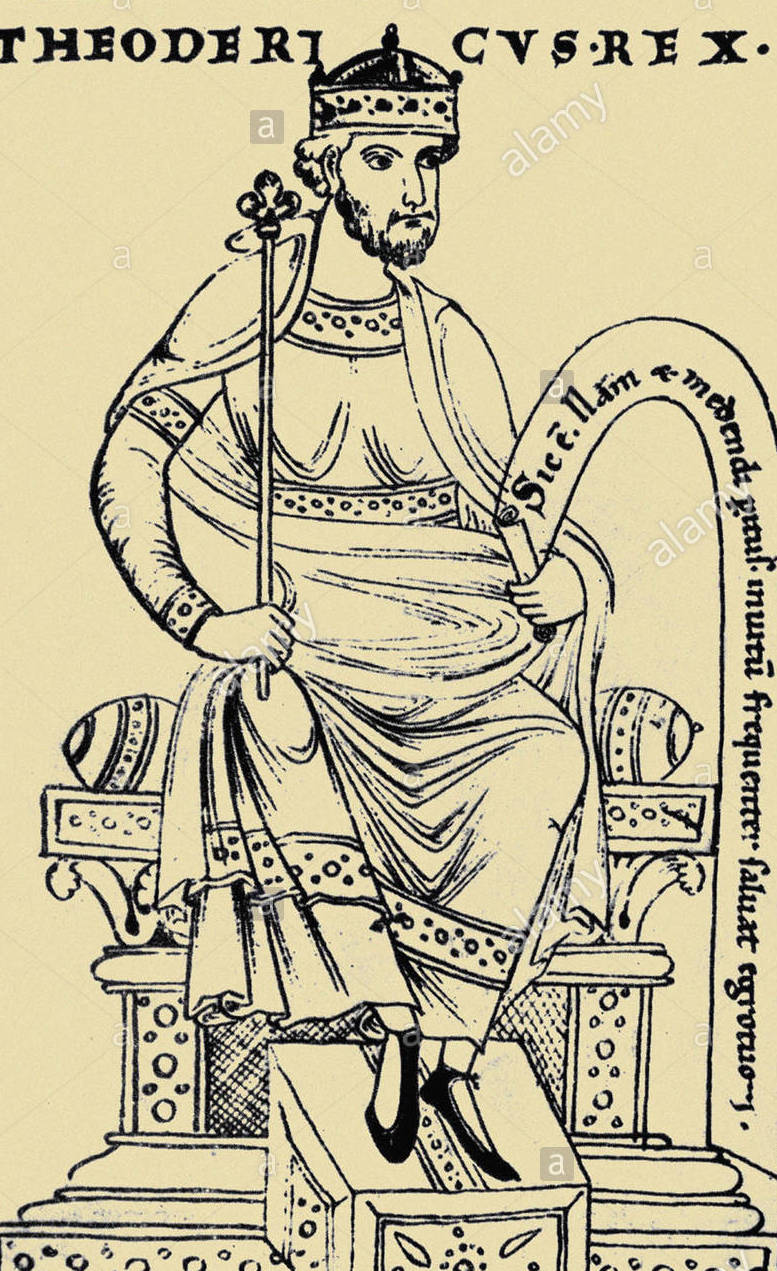
It was also in the reign of Zeno where this story’s protagonist Flavius Petrus Sabbatius was born, and before being known as “Justinian”, this story will call him first as “Petrus”. Now Petrus was born on May 11, 482 in the village of Tauresium somewhere in the Balkans (in today’s North Macedonia) to a simple family of peasants, his mother’s name was unknown while his father was a low-ranking military officer also named Sabbatius, but not much is said about him in history, so soon enough in this story’s case he would die possibly in battle. Petrus was a Roman citizen of Thracian and Illyrian origins and coming from a rural area, he did not grow up educated as a child though when it came to language, he was a native Latin speaker coming from a Latin speaking area which is why as emperor, he would be the last Latin speaking one, as the rest after him all being native Greek speakers, although Petrus would be fluent in Greek as well. Before Petrus was born, his uncle Justin, the brother of Petrus’ mother migrated to Constantinople to serve in the army after fleeing an attack on their village by barbarian hordes- in this story’s case the Foederati army of Theodoric Strabo- sometime in 473. History does not say when Justin travelled from his village to Constantinople, but here we will put the date at 474 wherein Justin arrived at Constantinople and at the same time, we will go with the version of Dovahhatty’s first Byzantium series video wherein Justin arrived at Constantinople to join the army at the exact time Emperor Leo I was dying in January of 474 from dysentery.

Justin was born back in 450 and was 24 by the time he arrived in Constantinople with a few friends and as it is said, Justin and his friends came to Constantinople as refugees with nothing but the clothes on their backs and when arriving, they soon enough started a business of selling bread to support themselves, and the worst part was that they were doing this in these times of difficulty when Basiliscus usurped Zeno and Zeno took back the throne from Basiliscus. Eventually, Justin joined the elite palace guard force or Excubitors– a new unit created by Leo I- under Zeno but never got anywhere far yet up the ranks. Though Zeno was unsuccessful in Church matters, he was successful in dealing with the new troublemaker King of the Ostrogoths Theodoric the Amal and first to satisfy Theodoric, Zeno in 488 gave him the position of Magister Militum or supreme commander of the army in a certain area, but Theodoric would still continue being problem that he almost came so close to besieging Constantinople if it were not for Zeno here with the help of his wife Ariadne making a deal with Theodoric asking him to leave and head to Italy instead and be Odoacer’s problem there as Zeno started feeling Odoacer would be a problem when hearing Odoacer was planning to invade the Byzantine Empire so to stop this, Theodoric immediately headed west with his army to attack Odoacer at his capital, Ravenna.
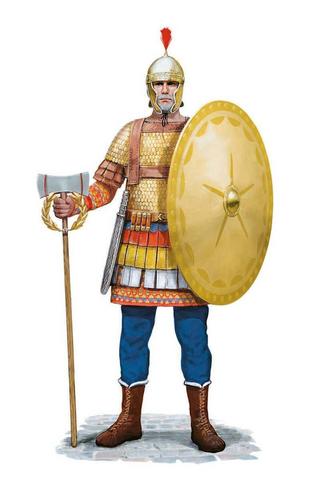
As emperor meanwhile, Zeno remained unpopular until his death in 491 due to his Isaurian origins seeming uncivilized to the people of Constantinople, his failure to prevent the western empire’s fall, his failure to maintain Church unity, and his thuggish style of ruling wherein he chose to always strike first thus spending his reign picking fights with everyone rather than using peaceful solutions except with Theodoric the Amal. Zeno was at least able to stay in the throne up to his death at age 66 without losing it another time, though his death was not entirely peaceful as it was caused by his epilepsy which he had developed later on in life, though a 12th century legend says that Zeno died by being buried alive by the people seeing an opportunity to kill him when Zeno fell sick, which had been Dovahhatty’s version of Zeno’s death. No matter how unpopular Zeno was as emperor, he was able to save the eastern empire from a full-scale invasion of Theodoric the Amal- who in 491 continued besieging Odoacer at Ravenna- and was able to clean up the political instability that plagued his reign. It was then up to Zeno’s widow Ariadne to choose the new emperor, and the man she chose was one of the Silentiarii or the court secretaries that worked directly for the empress and knowing this man named Anastasius quite well, Ariadne chose to marry him. Meanwhile with Zeno dead, the people shouted in the streets “give us an Orthodox emperor, give us a Roman emperor” for they were tired of violent rulers in which the past 3 being Leo I, Basiliscus, and Zeno were, and at the same time they did not want a thuggish Isaurian again who compromised with heretics which in this case was Zeno and true enough, the people got what they wished for as their new emperor Anastasius I was a refined man, intelligent, energetic, and cool headed, but also a skilled economist opposite of the warrior Zeno was, and already 60-years-old, Anastasius was still very handsome, tall, and fit with one eye blue and the other one black which is why he has the nickname Dicorus meaning “mismatched eyes”, in other words he had heterochromia.
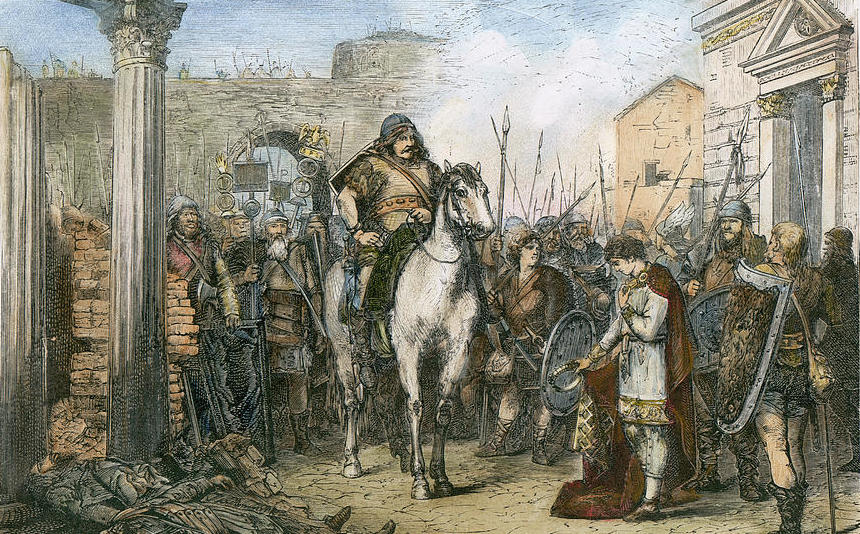



Anastasius was born in the port city of Dyrrachium (today’s Albania) in 431 and was a native speaker of Latin and here in this story, going with Dovahhatty’s version, when Anastasius’ mother was pregnant with him, she was struck with a curse but mostly overcame it before giving birth to him, but the remains of this curse would stay with Anastasius later on in life and it affected him by secretly being a Monophysite in faith which was unpopular especially with the people of Constantinople which made them previously hate Zeno as he sided with them, and thinking Anastasius would be pure Orthodox, little did they know that he was a Monophysite heretic deep inside.

At this time, politics in Constantinople was represented by 2 chariot racing teams, the blues and greens and though they cheered for their respective colors during races in the Hippodrome, these factions stood for two different ideologies; the blues stood for the ancient traditions, Orthodox faith, and conservative values while the greens stood for more radical values and the Monophysite faith and Anastasius as a secret Monophysite strongly supported the greens but shortly after becoming emperor, there had been a more legal candidate for the throne, Zeno’s younger brother Longinus who Ariadne previously considered marrying, and Zeno’s Isaurian troops still in the city went on a rampage- as they usually did when drunk- in early 492 by bribing off both blues and greens to riot and proclaim Longinus as their emperor, though Longinus’ rebellion failed and he was exiled to Egypt but this led to the outbreak of war against the Isaurians. For the next 5 years, the Byzantine troops of Emperor Anastasius besieged the remaining Isaurian troops at their strongholds in the mountains of Isauria in Asia Minor and in this Isaurian War, Justin who would later be emperor rose up the ranks becoming a general, but here he too would suffer a fatal war wound on his chest. With the Isaurian War over in 497, Justin now promoted to a general returned home to his village in Tauresium seeing his nephew, his sister’s son Petrus for the first time and here Justin decided to adopt him and take him to Constantinople to be educated in the best of ways. It is not clear though when the young Petrus Sabbatius (Justinian) was brought over to Constantinople, but it was clear that he was born as a peasant in the village of Tauresium though when creating this story through our role-playing, Justinianus here claims that the young Petrus travelled with his uncle Justin to Constantinople at age 15. No matter what version may be the right one here, Justin being uneducated and in fact illiterate saw hope for his nephew seeing he had potential to be a highly educated person who would bring pride to their family. When moving into Constantinople, Petrus would not only become highly educated, he would develop a dream like no one else had, a dream to restore the provinces of the west that fell to barbarian powers back to Roman rule, a dream to make the Roman Empire great again like it was when it was the supreme world power in the 2nd century due to reading Roman history over and over again, especially when learning about Rome’s glory days. It was in Anastasius I’s reign when the dreadful 5th century ended and so did the 6th century begin in what everyone thought would be hopeful and when ruling the empire, Anastasius’ top priority was the economy so it would one day have enough funds to regain the lost western provinces.

In reforming the economy, Anastasius made policies to make sure everyone paid taxes in coin and to do this he had to devalue the currency in order to make coins of lesser value which led to the creation of the bronze coin or Follis so that everyone could pay up. In addition, he also abolished the unpopular tax for everyone who passed by Constantinople, abolished the unpopular tax that hurt the poor, but to literally save up, Anastasius cracked down on spending on games and public entertainment, which made him quite unpopular as these games and public entertainment kept the people alive. In the meantime, Theodoric the Amal successfully took over Ravenna from Odoacer in 493 and after a failed negotiation, Theodoric killed Odoacer in front of everyone in the palace, thus Theodoric took over Italy founding his Ostrogothic Kingdom under the Amal Dynasty, his dynasty. Back in the east, when everyone thought the new century would be a hopeful one, Byzantium’s eastern neighbor the Sassanid Persian Empire in which they had always been paying tribute to for the longest time to avoid war demanded the Byzantines to double the tribute paid to them as the Sassanids ran out of funds to defend their northern borders against the same nomadic Huns that terrorized both Romans and Persians in the 5th century and here the Huns happened to be the Hephthalites or “White Huns”.

Anastasius meanwhile refused to pay double to the Sassanid ruler or Shah Kavad I claiming that he needed to save money, though this triggered a massive war with the Sassanids at the Byzantine-Sassanid border which would be known as the “Anastasian War” named after the emperor. The war began in 502 when Kavad’s forces invaded Byzantium taking over the cities of Theodosiopolis and Amida in Armenia and this was the first full-scale Roman-Sassanid War since the failed campaign of Emperor Julian in 363, if you remember from back in chapter I of this series. The Byzantine generals that led the armies against the Sassanids were Justin, Celer, Vitalian, and Anastasius’ nephew Hypatius and no matter how hard both sides fought, the war resulted in no conclusions and in 506, the Byzantines and Sassanids signed a peace treaty that only achieved reverting to having the same borders since the war started 4 years earlier. With the war over, Anastasius had the fortress of Dara at the Sassanid border in Syria constructed to further fortify it. While the war happened against the Sassanids in the east, the empire’s Danube frontier in the Balkans were left exposed allowing new enemies, the Slavs and the Bulgars to invade so in 507 to further protect Constantinople from their raids, Anastasius ordered the construction of the “Anastasian Wall” spanning from the Marmara Sea to the Black Sea which was a structure similar to Hadrian’s Wall, built by the Romans earlier on in Britain.

It also happened in 507 that over in Gaul, the Franks led by their king Clovis I had defeated the Visigoths at the Battle of Vouille killing the Visigoth’s king Alaric II, thus taking over Southern Gaul and the Visigoth’s capital, Toulouse forcing the Visigoths down to Hispania which they would continue holding on to as most of Gaul fell to the Merovingian Frankish Kingdom. With Clovis’ victory at the battle, Anastasius seeing some potential in him as a Roman ally awarded him the title of Patrician and Honorary Consul and hearing of the Visigoths’ defeat to the Franks, the Ostrogoth king of Italy Theodoric fearing the expansion of the Franks made the fallen Alaric II’s son Amalaric the King of the Visigoths in Hispania his puppet, as Theodoric wanted to rule an entire Gothic Empire of Visigoths and Ostrogoths and with his puppet Amalaric in charge of Hispania, Theodoric now had control of both Italy and Hispania.
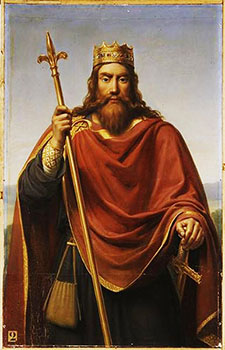
Back in the Byzantine Empire, the now old Anastasius’ Monophysite side which left its mark in his black eye, would be clearly shown when he deposed the Orthodox Patriarch of Constantinople in 512, though this again caused massive riots by the people and with his turn to the Monophysite faith, the general Vitalian rebelled in 513 taking over most of Thrace in the name of Orthodoxy and would turn out to be a difficult target to fight but in 515, Vitalian’s threat was taken care of as he went into hiding and it also happened in 515 that Anastasius’ wife Empress Ariadne had died. Anastasius himself had no sons except for an illegitimate one killed in a riot years ago, so it was left to either of his 3 nephews Hypatius, Pompeius, and Probus to succeed him but being indecisive on who to choose, one day in 518 he summoned all of them to a room in the Imperial Palace and in there he hid a letter beneath one of the couches with the word Regnum or “reign” and whoever sat on it would be the next emperor, but none of them did so Anastasius changed the rule saying that the first person who enters the room the next day will succeed him, and that person was Justin, now the commander of the Excubitor palace guard force. The 87-year-old Anastasius I had died on July 9, 518 and was succeeded by Justin who now went from simple peasant to emperor, the true rags to riches story of the century while his nephew Petrus would now be ready to enter civil service after years of extreme education. Anastasius died after ruling the empire for 27 full years and with him died the dynasty of Leo I founded back in 457, as he was linked to it by marrying Leo I’s daughter Ariadne, though he had left behind a full treasury and together with the stability the empire achieved at the death of Zeno back in 491, the upcoming emperors had all they needed to make the Eastern Roman Empire a world power and other than stability and funding, all that was needed was one man with the drive and here Petrus was one step closer as his uncle Justin was now in power.



In 518, the world changed when the 68-year-old Justin I, who originally a simple peasant became the Eastern Roman emperor, and according to the most notable source of this era the historian Procopius (who will appear later on), Justin as a peasant in origin was illiterate, uneducated, and unrefined only knowing about war as in career he was nothing but a soldier, and though this historian Procopius speaks in such a biased way to the Justinian Dynasty, he seems to be telling the truth here about Justin since having no formal education, the old Justin I was certainly unrefined in character but as emperor he still wanted to do his part in ruling, and knowing he cannot rule the empire alone, he depended highly on highly skilled advisors and among them was his now 36-year-old nephew Flavius Petrus Sabbatius who with his uncle now becoming the emperor was adopted as his uncle’s successor and from here on, his name would be forever changed to Justinian meaning “son of Justin”.

The truth behind Justin becoming emperor was that he used the bribe money given to him by Anastasius’ chamberlain to bribe the soldiers to acclaim the chamberlain as emperor, but Justin listening to his nephew’s advice used the bribes to instead pay off the soldiers to name him emperor and soon enough, Justin at a meeting with the Patriarch of Constantinople, senate, and city council was recognized by all as emperor and crowned at the Hippodrome. Just 9 days after coming into power, Justin had his potential rivals assassinated and at the same time, the same general Vitalian who rebelled against Anastasius I returned to Constantinople but was soon enough assassinated by the orders of Justinian fearing Vitalian might rebel against Justin as well. The new emperor though lacking education was a devout and fundamental Orthodox Christian and as emperor, the policies he issued himself all had to do with strengthening the faith of Orthodoxy and persecuting the heretical Arian and Monophysite Christians in the army and state, but perhaps his greatest achievement shared with his nephew Justinian in 519 was the final resolution of the Acacian Schism with the Church of Rome that lasted for 36 years since Zeno’s reign. In his uncle’s reign, Justinian got his chance to rise up the ranks as first he succeeded his uncle in his position as the head of the palace guard force or the Comes Domesticorum, was elevated to the rank of patrician, and then consul in 521 and around this time, Justinian finally met the love of his life, the actress Theodora after he spent all his life alone studying jurisprudence, theology, and Roman history day and night on how to be a great emperor, receiving first rate education in Constantinople.
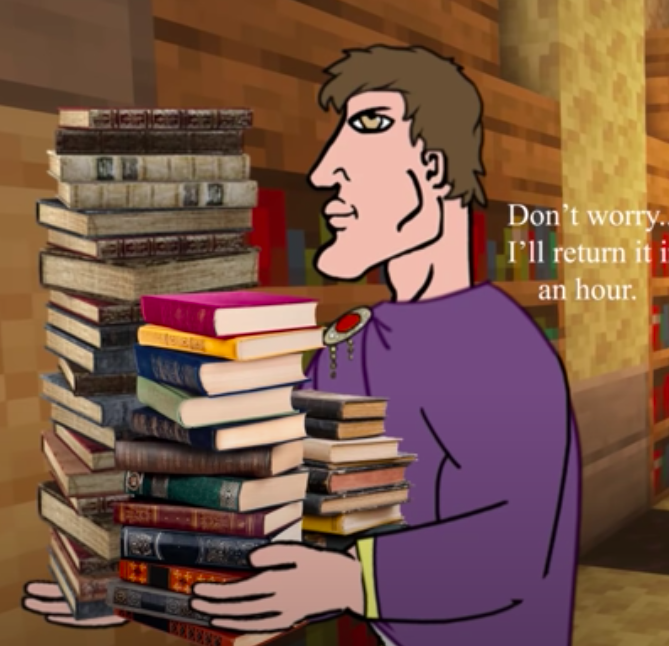
As a young man, Justinian was quite hot tempered especially as an overly enthusiastic fan of the blue faction in the chariot races, and being a leading member of the blues faction, a female friend of his who was a belly dancer named Macedonia who served as an informant for him informed him of a young woman of extreme beauty and perfect shape, an actress from the blue faction named Theodora who was her friend whom she met in Antioch. Now the origins of Theodora are conflicting as the 12th century historian Michael the Syrian claims she was born in Syria while another source claim she is a Greek-Cypriot from Cyprus, though in this story’s case, Theodora was originally from Cyprus and a speaker of Greek born there in 500 during the reign of Anastasius I. Theodora’s father Acacius was a bear trainer for Constantinople’s green faction but he died when she was very young leaving her unnamed mother to raise her 3 daughters with Theodora as the middle child while she had an older sister named Comito and a younger sister named Anastasia and when they were all very young, their mother desperate for work presented them to the leader of the blue faction to accept her and her daughters as actresses for their faction and from here on Theodora would become a strong supporter of the blues. Now again, the historian Procopius had usually slandered Theodora in her years of being an actress as a prostitute sleeping with men of high and low birth and performing sexual acts on stage as a mime actress, although what this meant was that in that time, actresses were seen as equivalent to prostitutes and were at the bottom of society unlike today where actresses have turned into international celebrities with the best treatment.
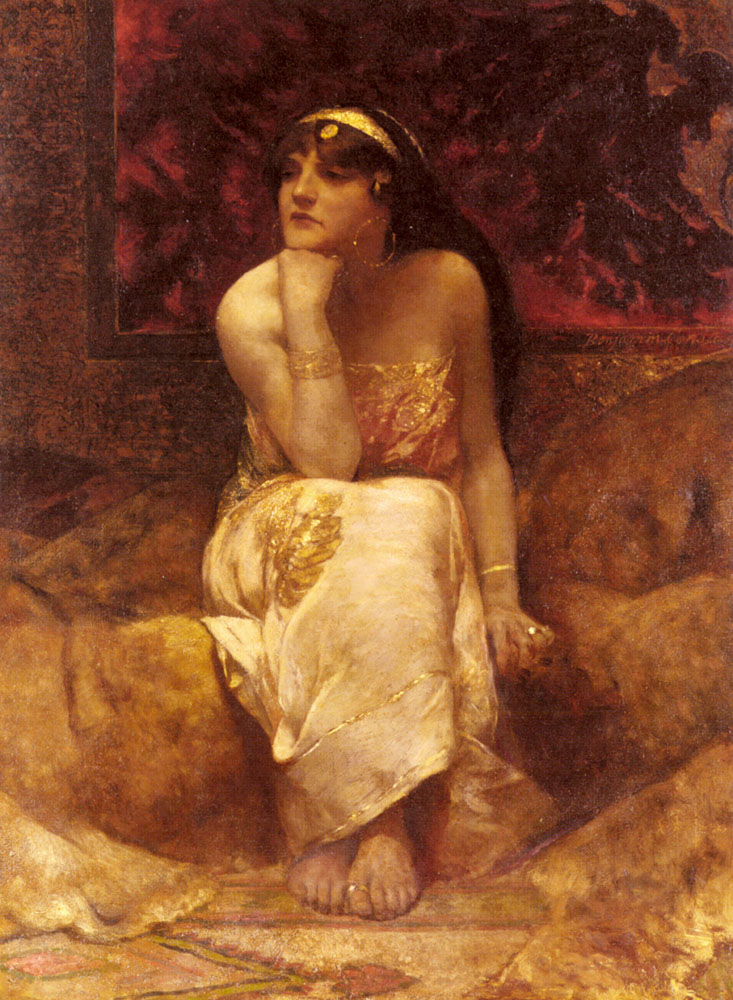
At 16, Theodora travelled to North Africa and later to Antioch where she grew closer to the Monophysite faith and in 524, she finally met Justinian in Constantinople and in only a few days they fell in love, and for Justinian here, this was the first time in his life that he would be in love with someone, yet he was already 42 years old! Now the existing law said that patrician men- in which Justinian was at their rank now- could not marry women from outside their rank which included actresses but Justinian knowing that Theodora was destined to be his empress convinced his uncle to pass a new law which decreed that reformed actresses can marry men outside their rank if approved by the emperor, and Justin being old and having no legal experience just passed this new law anyway through his nephew’s guidance and this here was Justinian’s first experience in drafting laws which he would be most famous for later on. As for the emperor Justin, he continued paying tribute to the Sassanids and tried maintaining peaceful relations with the Ostrogoth King of Italy Theodoric the Great that Justin even took in Theodoric’s son-in-law Eutharic to Constantinople and made him a consul in 519, though he died in 522. Though the actual war with the Sassanid shah Kavad I was at a halt, the Byzantines and Sassanids resorted to fighting proxy wars that involved religion and Justin as well as his nephew Justinian were always at it to defend Orthodox Christianity, and one of these wars involved a faraway land in the south of the Arabian Peninsula known as the Kingdom of Himyar (today Yemen), a Sassanid client state wherein the contemporary chronicler John Malalas (491-578) claimed that Byzantine Christian merchants there were robbed and put to death by their Jewish king and seeing the tortured victims return to Constantinople, Justin listening to his nephew Justinian’s advise- in this story’s case- sent word to the Christian king Kaleb I of the Kingdom of Aksum in Ethiopia to invade the Himyarite Kingdom.

In 525, the Himyarite Kingdom was destroyed when Kaleb I crossed the Red Sea with the help of Byzantine ships and invaded Himyar annexing it to Aksum and making it Christian as well. Back with the Sassanids, the shah Kavad I asked if his youngest 12-year-old son Khosrow be adopted by Justin to secure his legitimacy over Khosrow’s older brothers who Kavad did not favor, though Kavad also believed that if his son were adopted by Justin then Khosrow would inherit both Sassanid and Byzantine empires as Kavad knew that Justin had no male heir, but little did Kavad know that Justin’s nephew was destined to succeed his uncle. Now the one thing many may not know about was that Justinian had something like a step-brother which would later be his Persian mortal enemy ruler Khosrow, although Justin did not adopt Khosrow as a son but instead as a barbarian hostage, and Justin’s treatment of Khosrow insulted Kavad making him begin making preparations to wage war against Byzantium again. Nothing much is said about the time when Justinian grew up with a step-brother he so despised so this part of the story will be made up here and since Justinian was way older than the teenage Khosrow, they had never really gotten along as Justinian was already too busy in actually running the empire for his uncle except that young Khosrow here would learn the art of statecraft the Byzantine way in Constantinople. Since the schism with the Papacy in Rome was already solved back in 519, between 525 and 526, the pope John I visited Constantinople to re-crown Justin I then spending Christmas and Easter with him but when returning to Italy later, Pope John I was immediately thrown in prison by the now extremely paranoid King Theodoric for the reason of favoring the Byzantine emperor over Theodoric, thus the pope would die within only a few days of being in prison.

Now Theodoric was an extremely devout Arian Christian and he ruled his Kingdom of Italy very successfully even more than it was under Odoacer before him as if it were like the Western Roman Empire again in terms of culture considering Theodoric grew up in Constantinople educated by the general Aspar who basically controlled the empire before his death in 471, except the people of Italy who were mostly Roman resented the rule of Theodoric especially since he and his army were Arian Christians while most of his people were Catholic-Orthodox and now at an old age, the paranoid Theodoric began persecuting Orthodox Christians in his kingdom in order to assert the dominance of his Arian faith in it though in 526, Theodoric the Great died and was succeeded by his grandson Athalaric, the son of Theodoric’s daughter Amalasuintha and the same Eutharic who died in Constantinople in 522 and with Theodoric’s death, the Ostrogoths of Italy lost control over Visigoth Hispania. Around the same time as Theodoric’s death was the massive earthquake of Antioch in 526 that came close to destroying the entire city and killing some 250,000 people, though Justin here responded by sending money to have the city rebuilt in which its process would take years. Justin however only named Justinian his successor in April of 527 as Justin was already close to death, though Justinian had already been running the empire for quite some time as Justin had already gone senile and on August 1 of 527 the 77-year-old Justin I died of his war wound on his chest from back in the Isaurian War of the 490s and now it was Justinian’s time to rule as the sole Roman Augustus with Theodora as his empress.

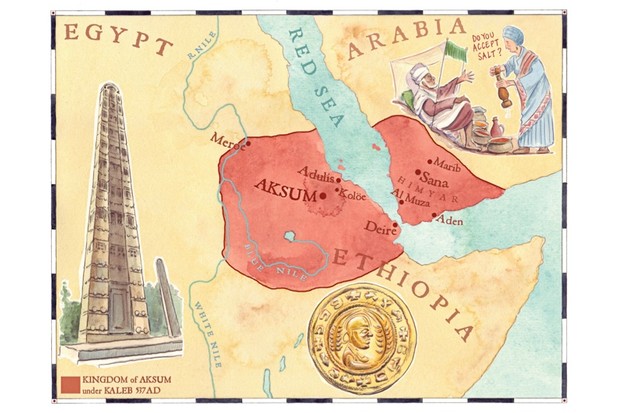
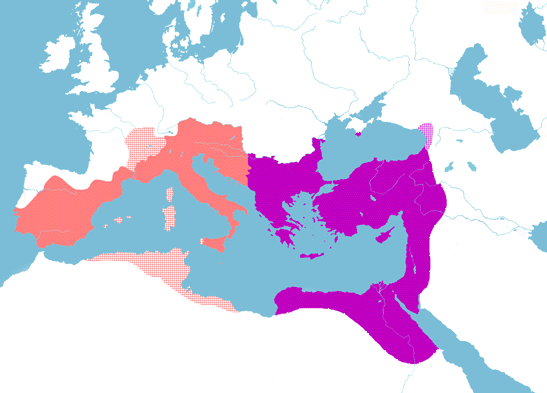

The Early Reign of Justinian I (527-540)

It was here on August 1 of 527 when Justinian I came to the Byzantine throne ruling as a “palace emperor” since for all these years that he had trained to be emperor, he met talented people along the way that he knew could run the empire without him having to be everywhere, and these talented men he met along the way included a brilliant young general named Flavius Belisarius who here at only age 22 was appointed as Magister Militum or master of the army. Belisarius was born in 505 in Thrace (part of today’s Bulgaria) and like Justinian, was of low birth but already at a young age, he joined the army and soon enough his talents were recognized by both Justinian and his uncle Justin who was still emperor then.
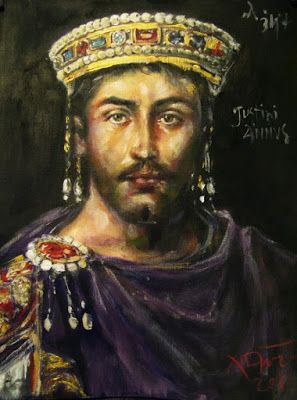
Belisarius though only became an active commander 3 years later in 530 but prior to that, he had come up with a totally innovative development for the army, the creation of the Bucellarii cavalry unit which were made into the core of the army, and these cavalrymen were equipped with both composite bows and lances in battle. Right when Justinian came to power in 527, Belisarius now appointed as a general was assigned with a legal assistant and secretary, which is this story’s villain Procopius who was mentioned earlier, a Palestinian Greek from Caesarea born in 500 who would later study law at the academy of Berytus (Beirut) and later at Constantinople, and though he admired the talent of Belisarius, he envied Justinian for becoming emperor and not him as Procopius thought that if Justinian who was of low birth could become emperor, and so could Procopius, and in the case of this story, this is why Procopius would slander Justinian and anyone close to him in the works he wrote.

It also happened that when Justinian succeeded Justin to the throne, the Sassanid shah Kavad I forced the people of the Kingdom of Iberia (Georgia) at the border of the Sassanid and Byzantine Empires to convert to Zoroastrianism but their king back then fled to Justin I’s Byzantium to make peace, though this here insulted Kavad who was later even more insulted when his son Khosrow was adopted by Justin not as a son but as a barbarian hostage so in retaliation against the Byzantines, Kavad invaded through Syria and when Justinian became emperor, he immediately sent his generals Belisarius and Sittas east to defend the border. Sittas is someone of obscure origins but together with Belisarius, they had met and became friends with Justinian serving under him as part of the Excubitor imperial guard force in Justin I’s reign and just like with Belisarius, Justinian too saw great talent in Sittas. Initially, Belisarius and Sittas’ forces were defeated by the Sassanids but not giving up, they both expanded their army with the use of Hunnish mercenaries as well as the barbarian people from the far north (probably Scandinavia) which were the Heruli, as well as the Arab people that lived at Byzantium’s border at the Arabian desert which were the Ghassanids who by Justinian’s orders converted to Christianity. Belisarius knew that the Sassanids and in fact all enemies of the empire would lose to fear due to the presence of the Huns as it had been tried and tested in history such as when the Western Roman general of the 5th century Flavius Aetius effectively used them to defeat the barbarian invaders in Gaul and seeing how much fear the Hunnish cavalry could bring, Belisarius made these Huns occupy half of the cavalry with the other half being his Bucellarii.

When heading east, the army split up with Sittas heading to Armenia to fight the Sassanid forces there and Belisarius heading to Syria where the main forces of Kavad attacked from. In 530, Belisarius and his men set themselves up at the same fortress of Dara built by Anastasius I two decades ago. According to Procopius, before the battle began the Sassanids sent one of their strongest warriors to challenge Belisarius in single combat but rather than Belisarius, his slave who he personally trained in combat to be a wrestler named Andreas fought and killed this Sassanid warrior and killed another one the next day, and though this may be fictional, in this story’s case it was true and here Andreas rather than being a slave was a simple warrior from the mountains of Isauria working under Belisarius and his feat in single-handedly taking down two of the toughest Sassanid warriors made him make a name for himself. The actual battle soon enough began when the Sassanid forces mostly consisting of their Cataphract cavalry and their allies, their client kingdom being the Lakhmid Arabs of the desert to the south of them charged at Belisarius’ men but Belisarius responded by just laughing as he had his men already dig up trenches to prevent the cavalry from clashing on them, and when the Sassanids got trapped in the trenches the Huns and Heruli cavalry of Belisarius charged straight at the Sassanids, thus the Byzantines and their allies won the Battle of Dara despite this day being extremely hot (45 oc).
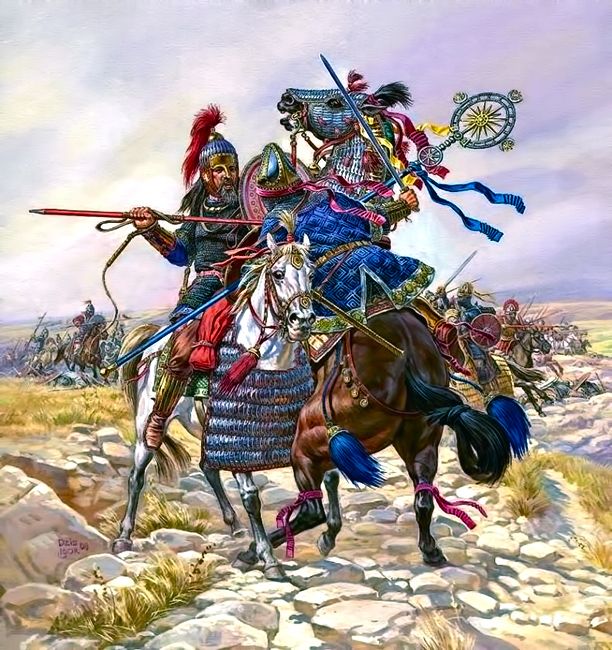
At the same time as Belisarius won this decisive victory, Sittas in the north won another one against the Sassanids at the Battle of Satala in Armenia and both victories further infuriated Kavad so in retaliation, Kavad sent 20,000 of his cavalry forces to attack the now vulnerable Antioch that had just been devastated by the 526 earthquake. Before the Sassanids arrived in Antioch, Belisarius had his men counter-attack them, though some of the older officers that envied his talent charged ahead without orders and got crushed by the Sassanids here at the Battle of Callinicum in 531 leaving Belisarius to take care of the battle but still failed as these officers had already ruined it. Belisarius at least survived while the Sassanid forces had to return east to their empire as their ruler Kavad here in 531 had died.

Belisarius then returned to Constantinople while Justinian with Kavad’s death was relieved that he could send his step-brother Khosrow who he despised so much back to his empire to die as Khosrow’s older brothers were all staging a civil war against him. Now in the past years that Khosrow had lived in the imperial palace of Constantinople, despite not being treated as part of the imperial family, he saw it with his own eyes how much gold was left behind in the treasury by Anastasius I which he then saw as the best way to cripple Justinian and his ambitions which Khosrow already knew Justinian had. In 531 when Khosrow returned to his empire, he managed to defeat all his brothers and ruled the empire even stronger than is father did after learning some empire management skills from the Byzantine court and knowing how much gold the treasury had, he demanded that Justinian pay him 11,000 pounds of gold a year as this was to be an “eternal peace”, and Justinian here agreed to it as long as the Sassanids used it to pay off the Huns at the northern border to keep them further away from the Byzantines.


Watch this to learn more about the rise of Belisarius and the Battle of Dara, 530 (Epic History TV).
Back in Constantinople, Justinian had a pretty good start as emperor and even if he did not need to be on the battlefield, he knew he could count on his generals like Belisarius and Sittas as well as a barbarian named Mundus, the son of the king of the Gepids, the Germanic tribe settling in Pannonia (Hungary) who in fact was even a descendant of the Scourge of God Attila the Hun from the 5th century. The Gepids here had made peace with Justinian by sending Mundus to him to be appointed as Magister Militum and was charged with fighting off the raiding Slavs and Bulgars in the Balkans, and when Belisarius was demoted after his failure at the Battle of Callinicum in 531, Mundus replaced him as commander of the eastern forces.

Justinian meanwhile still continued spending all day and night at meetings, reading up on new strategies, studying his empire’s borders, and inspecting Constantinople seeing what new buildings had to be built, that he barely had any time for parties or for a little fun all while his younger sister Vigilantia was his polar opposite. Now, no one would really know that Justinian did indeed have a sister but this story here will try to tell a bit more about her even if history does not say much and in this version, Vigilantia who was born in 490, came to Constantinople with her mother some months after Justinian did back in 497, though being only 7 when she moved, she was too young to experience the hard life of a peasant unlike Justinian who did as he was already 15 when he moved to Constantinople. Unlike Justinian who was hard working and ambitious, Vigilantia was a wasteful glutton who spent all day and night drinking, partying, and sleeping with other men- at least in this version- though she had married a man named Dulcidius, possibly an aristocrat and would have 3 children, the eldest son named Justin the Younger born in 520 in Constantinople and was named after his grand-uncle and founder of the dynasty Justin, the second one being Marcellus, and a daughter named Praejecta. Shortly after becoming emperor, Justinian already launched one of his greatest projects in which he would be most remembered for throughout the ages, the Corpus Juris Civilis or “Body of Civil Laws” completed in 529 by a talented jurist he appointed named Tribonian who had extensive knowledge of Roman laws all the way back to the first emperor Augustus Caesar (r. 27BC-14AD) and this compilation of all laws going back to Augustus’ reign was to codify all Roman laws into one book by removing all conflicting laws and making them all consistent to each other. This book would then be divided into 3 parts first being the Codex which would be all the laws issued by Justinian, the Digest consisting of laws from the past emperors, and the Institutes which would be a handbook for all students of laws.

Some of the laws made by Justinian here forbade civilians from carrying weapons like axes and spears as they could incite rebellion with it but this happened to be unpopular with many of rural citizens who live to carry weapons, while other laws here stated that no one could make rivers or lakes their private property. These laws at the same time highly favored Orthodox Christians and was to convince all to convert to Orthodoxy as it disapproved of the beliefs of Arians, Monophysites, Pagans, and Jews and Justinian himself indeed hated the Jews for feeling they were above everyone else especially in economic matters and part of his policy was to ban Jews from the army as the army was really made up of Christians- mostly Orthodox- fighting for their faith, on the other hand Justinian had also closed down one of the empire’s last Pagan academies in Athens to stop the spread of their beliefs that contradicted Orthodoxy while at the same time, he issued laws for teachers to teach history in the form of Christian propaganda.

Justinian not having any ties to the aristocracy of the empire appointed people based on merit and absolute loyalty to him and not by connections and wealth and these included the jurist Tribonian and the finance minister John the Cappadocian, a man of low birth from Cappadocia in Asia Minor but with strong administrative skills and ruthlessness as well, and no matter how brutal he was by torturing rich tax payers forcing them to pay as most evaded paying taxes, this sure indeed filled up the treasury more especially since Justinian was to pay 11,000 pounds of gold a year to Khosrow. For the longest time, as the rich including Jewish merchants had found ways to get exempted from paying taxes, the poor were usually hurt and Justinian knowing what it was like coming from the lower classes of society knew that the rich could no longer escape this privilege, though this surely made him unpopular with the rich. As for Theodora now as empress, feeling insecure because of her low birth, she wanted to assert her power by strongly promoting court ceremony practices making everyone that met her bow down lying face-down on the floor in front of her and her husband and to kiss their rings, also that none could question her, only she could question those who came before her.

People that met her and Justinian no matter how high in society they were including senators had to wait in line in a stuffy room in the palace before it was their turn and with such difficulty just to meet the imperial couple, these said officials and senators felt like they were treated as slaves. On the other hand, Theodora took part in almost every meeting Justinian had advising him too in legal matters that Justinian called her his “partner in his deliberations” and part of Theodora’s acts as empress was in making Justinian issue laws that further protected women’s rights especially for actresses like her before. Meanwhile in early 532 at the same time as Justinian and Khosrow settled peace, the chariot races began civil unrest in Constantinople when the blue and green factions continuously beat each other up in the streets and for inciting such violence, Justinian ordered the blue a green faction leaders hanged but the execution true enough failed for 2 leaders who later hid in a church while the mob rushed to Hippodrome for a day of a another chariot race wherein Justinian and Theodora sat in the imperial box but to their surprise the entire mob shouted “Nika!” or “victory!” over and over again, though Justinian at first did not bother, instead he tried negotiating with them but it did not work.

The mob then in a rampage burned everything in Constantinople, liberated prisoners, and damaged property and part of the buildings burned included the old Hagia Sophia church which was the city’s main cathedral and the Baths of Zeuxippus, one of the structures that predated Byzantine Constantinople in 330. Wanting to get over the violence, Justinian asked the mob what they wanted and they demanded that John the Cappadocian and Tribonian who they all saw as corrupt be fired though when getting back to the palace, Justinian found out that a number of senators had paid off the people to riot so in return he fired these senators and spoke to the people again that he had fired John and Tribonian in which he actually did not and as the people continued rioting, Justinian resorted to threatening to kill them all if they did not stop. The people true enough did not stop and even chose to elevate the old Hypatius, nephew of Anastasius I as emperor who almost came to power in 518 if he sat on the chair with the note but here Hypatius did not want the throne although once he was lifted in the streets, he had a change of heart.
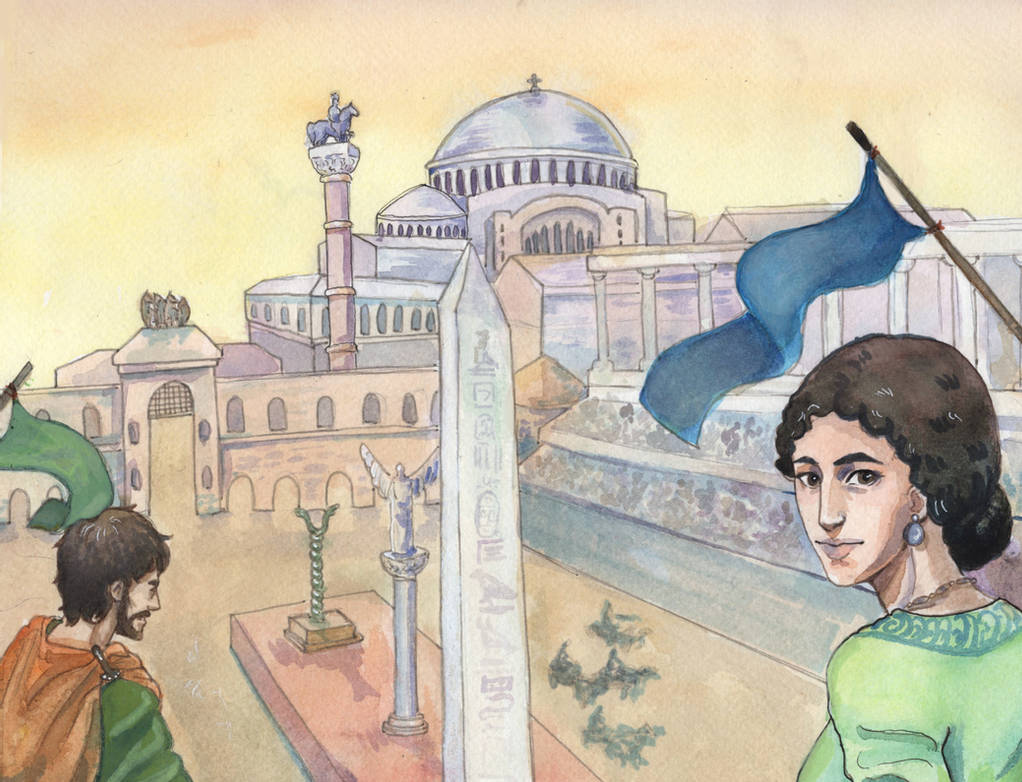
At the palace, Justinian was more terrified of what was to come that advisors told him to just let go of the throne, leave Constantinople, and take it back one day but Theodora stepped in convincing Justinian that the riot needs to be dealt with once and for all. At this time, Mundus who was in charge of the east returned to Constantinople while Belisarius was in the city too and here another court official of Justinian, the Armenian eunuch Narses who in this story’s case according to Justinianus was originally a slave from Armenia born in 478- like in real history- and bought by Justinian during his uncle’s reign. Narses now possessed a great amount of natural intelligence but lacked education and here in 532 he was assigned to bribe off some of the rioters most of them being blues while Belisarius and Mundus were tasked to put the Hippodrome on lockdown before they send their troops inside it. With the rioters trapped in the Hippodrome, Belisarius’ and Mundus’ men including Hunnish mercenaries killed up to 30,000 rioters in a single day while the leaders either got their property and wealth confiscated, were exiled, or executed, and Hypatius here was executed while John and Tribonian were reinstated to their positions. Seeing Constantinople in ruin, Justinian was sad but at the same time saw the ruins of the city as an opportunity and making the most of the destruction, he ordered that the city be rebuilt in a grander scale like never before, and the building here he so desired to rebuild was the church of the Hagia Sophia.
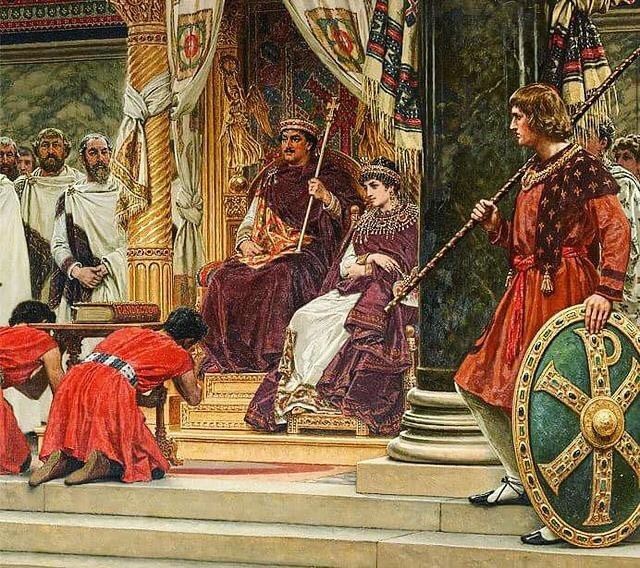

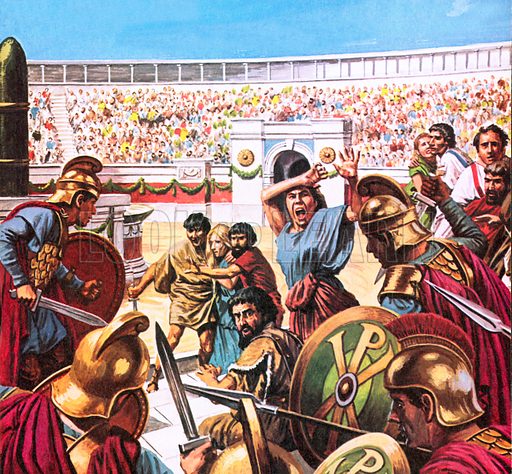

Watch this to learn more about the Nika Riots, 532 (Invicta).
Over in the Vandal Kingdom of North Africa based in Carthage, their king Hilderic, the son of the Vandal king Huneric (r. 477-484) and the grandson of the Vandal Kingdom’s founder Genseric (r. 428-477) was an ally of the Byzantines and when coming to the throne in 523, he maintained friendly terms with Justin I and later with Justinian following Justin’s death. Hilderic happened to be a half-Roman as his mother was Eudocia, the daughter of the Western Roman emperor Valentinian III (r. 425-455) and a granddaughter of the Byzantine emperor Theodosius II (r. 408-450) making Hilderic one of the last descendants of the Theodosian Dynasty, and the Vandal Kingdom despite being a barbarian power adopted Roman customs and were most famous for their navy that basically ruled the Western Mediterranean waters.

The Vandals had been Arian Christians like many of the barbarian powers, but Hilderic due to his Roman half tolerated the Orthodox-Catholic religion in his kingdom which angered his cousin Gelimer who in 530 deposed and imprisoned Hilderic which angered Justinian in Constantinople even more as Hilderic was his friend who had come to Constantinople a few times before. Gelimer responded to Justinian telling him to mind his own business as North Africa was not his kingdom and as for Justinian, this was a perfect excuse for him to start a war as his reign was marked by the policy of “Intervention Imperialism” meaning that he would invade a land when they were at conflict with each other wherein he would take the side of one faction. To put it short, Justinian despite having the dream to take back all the western provinces the Romans lost to the barbarians would invade these lands if given any reason to do so unlike other rulers of the past who would strike first and invade all because they wanted to, but for Justinian he thought that invading when there is a perfect reason was the smart move. In the past, there had been two attempts to reconquer the Vandal Kingdom and return it to Roman rule and both failed, first was in 460 when the western emperor Majorian (r. 457-460) built a fleet in Southern Hispania but had never even left the port as traitors in his army convinced by the Vandal king Genseric burned the fleet before it even left and in 468, the eastern emperor Leo I launched a fleet of 1,000 ships carrying 100,000 men to invade Carthage but before the battle, the fleet’s commander Basiliscus- who usurped the throne in 475- agreed to a peace with Genseric resulting in half the fleet destroyed and the mission failing. Justinian here in 533 now knew he wouldn’t fail especially since he assigned Belisarius for the job and that he had a full treasury due to John the Cappadocian’s efforts. On the other hand, Justinian at this point was quite unpopular especially after brutally suppressing the Nika Riot, thus to gain popularity, he thought crushing the Vandal Kingdom was the best choice.
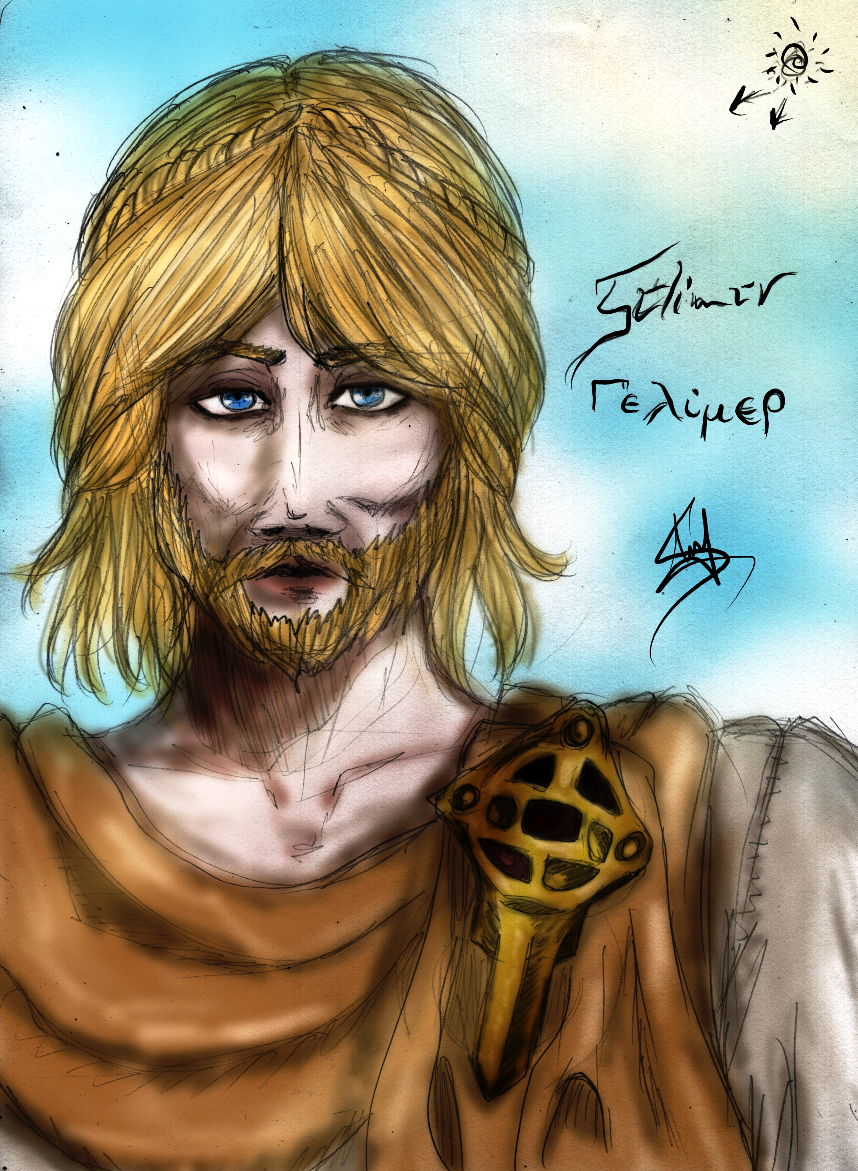
To test Belisarius’ ability, he was only assigned with 15,000 men and even more, John the Cappadocian who was in charge of the mission’s finances supplied moldy bread for the army as a way to cut down on costs but to also test how strong the health of the soldiers was, and though a few suffered from food poisoning, they survived it which was a sign that the whole army was in good health. Before the fleet left Constantinople, Belisarius had a bad start when two drunk Hunnish mercenaries killed a soldier but Belisarius quickly had these Huns executed and the mission proceeded as the fleet sailed west directly to Carthage. At the same time, Justinian funded a revolt in the Italian island of Sardinia which was under the Vandals to scatter the Vandal army in order to make Belisarius meet little resistance in North Africa and before arriving in the area of Carthage, Belisarius settled in Ostrogothic held Sicily first to resupply as Justinian persuaded the regent ruler Amalasuintha who he was in good terms with to use the island and from there, Belisarius quickly proceeded to North Africa landing there and crushing the Vandal forces. Hearing Belisarius had arrived, the Vandal king Gelimer killed Hilderic in prison thinking Belisarius might reinstate him and afterwards ordered his army of 25,000 men to attack Belisarius’ forces at the salt flats outside Carthage in what would be the Battle of Ad Decimum.

Here, Gelimer divided the army with his brother to attack Belisarius on both sides of the salt flats but the brother was soon enough killed by Belisarius’ Bucellarii which therefore distracted Gelimer when the main battle came and as he grieved his brother’s death, Gelimer’s forces were soon easily crushed by Belisarius’ 15,000 men causing Gelimer to flee west as Belisarius without any resistance proceeded to Carthage and took over it taking over the palace right in time for the feast prepared for Gelimer’s victory but since Gelimer had lost, Belisarius sat at the throne for the feast. When taking over Carthage, Belisarius ordered his men not to plunder or kill anyone as Justinian wanted to show the local Roman people of Carthage that the Eastern Romans were to be seen as their liberators and not as foreign oppressors, and true enough when Belisarius took over Carthage, the people cheered as they despised living under the rule of the Vandals, especially Gelimer. However, Gelimer was still around and had grouped up with his other brother Tzazo who was previously in charge of Sardinia but kicked out when the Byzantines captured it and together, they marched to Carthage attempting to take it back, but Belisarius and his men charged out of Carthage clashing again with Gelimer at the Battle of Tricamarum at the end of 533 and again Gelimer lost his brother as Tzazo was killed in battle.
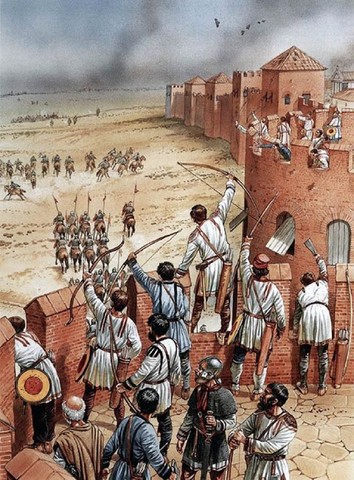
Gelimer attempted to flee to the mountains of Numidia but realized he was in a hopeless situation, so instead he turned himself over to the Byzantines as Belisarius allowed him to be spared, though Belisarius came in too late to save their ally Hilderic who had just been killed in prison. As 533 ended and 534 began, Belisarius had won the war, recovered all the wealth the Vandals looted from back in 455 when they sacked Rome including the Menorah stolen from the Temple of Jerusalem when the Romans destroyed it in 70AD. Though the Vandal Kingdom had been destroyed after only less than a century of existing and put under the direct rule of the Byzantines, the parts of North Africa further inland were still under independent Moorish states that refused to be ruled by the Byzantines so to deal with them, another general named Solomon was sent to fight them in battle in which later in 534 he was able to crush the Moors and annex their lands all the way to what is now Morocco to the empire as Belisarius returned to Constantinople to celebrate his triumph. In 534, Northwestern Africa was annexed to the Byzantine Empire and now connected by land to Egypt through Libya while Sardinia, Corsica, and the Balearic Islands which were also once under the Vandals too were annexed, thus the Vandals were expelled from North Africa eventually fleeing back to where they originally came from in today’s Germany. Back in Constantinople, Belisarius was given a triumph and in fact the first one in ages wherein he and his army marched through the city’s main street or the Mese with the spoils of war from North Africa including the Menorah while Gelimer too was paraded here and brought before the feet of Justinian and Theodora wherein Gelimer feeling angry for losing his kingdom whispered to Justinian “vanity of vanities, all is vanity” but was told to shut up, but at least he was able to retire and live out his entire life in Asia Minor peacefully. All the wealth taken from the Vandals in North Africa now allowed Justinian to complete his greatest project, the new Hagia Sophia or “Church of Holy Wisdom” in only 5 years since construction began in 532.

In December of 537, with all the wealth taken from North Africa, the complete structure of the Hagia Sophia including its massive dome was completed under the architects Anthemius of Tralles, a Greek-Egyptian and Isidore of Miletus, though the interiors were still bare at its completion as it would take many more years to fill in the mosaics but when entering for the first time, Justinian said out loud “Solomon I have outdone you” referring to the long gone Temple of Solomon in Jerusalem known for its size and beauty and that Justinian’s new creation had outdone it. Now, I would say the hidden meaning to this phrase of Justinian reflected his negative feelings towards the Jews and by building the Hagia Sophia, he could prove that Christianity is more superior to the Jewish faith but back to the Jewish Menorah, Justinian did not agree to keep it in the Hagia Sophia as it was a Jewish relic, instead he shipped it back to Jerusalem, its original place.




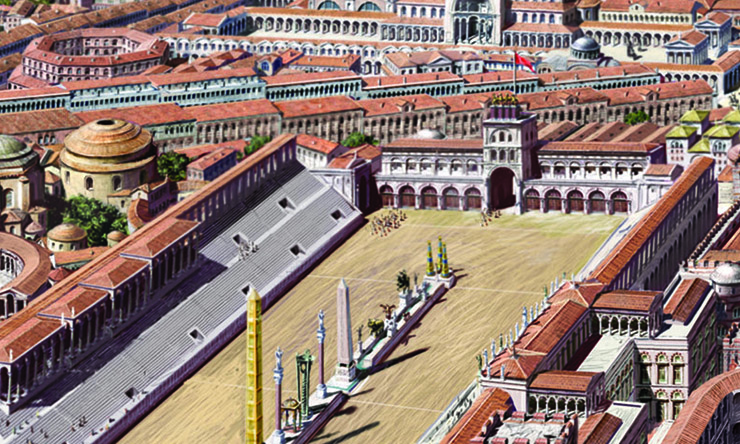


Watch this to learn more about Belisarius’ command in the Vandal War, 533-534 (Epic History TV).
North Africa may have been restored to Roman rule, but that wasn’t Justinian’s main objective, his main objective was to reconquer Italy, particularly Rome as the fact that the city of Rome, where Roman civilization all began was not under Roman hands was humiliating. For Justinian, he had no reason to invade Italy as its regent ruler Amalasuintha was a loyal ally to him that heavily practiced Roman customs, though it was her son Athalaric that was actually the ruler in name although he did not take his duties seriously and turned to drinking, then in 534 the 18-year-old Athalaric was killed by the Ostrogoth nobility and was replaced by his uncle Theodahad, a nephew of Theodoric the Great. Amalasuintha was later assassinated in her bath in 535 and this here finally gave a reason for Justinian to invade Italy especially since Theodahad rejected Roman customs making the local Roman population more and more angry thus wanting to be ruled once again by Roman, which was no other than by Justinian. In the eastern empire, some of the people of the older generations were alive before the west fell in 476 and therefore wanted to see the west restored to Roman rule, and Justinian was more than happy to please them.
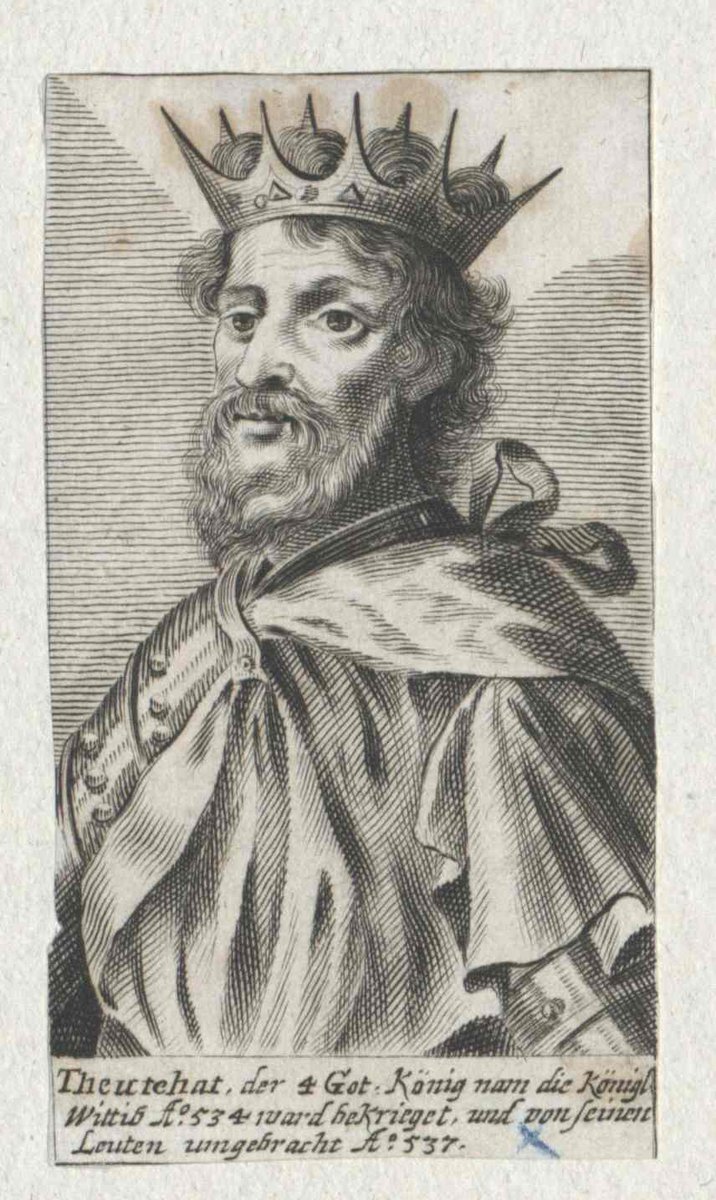
Now Justinian began his reign quite unpopular that he was almost overthrown in the Nika Riot of 532 but after his conquest of North Africa in 534, he gained the respect and love of all his subjects and putting Italy back under their rule made him think he would gain their respect and admiration even more. Justinian in Constantinople was later informed of Amalasuintha’s death and Theodahad’s usurpation by an official named Liberius, one of the local Romans of Italy living under Ostrogoth rule that had been alive even before the western empire fell in 476, and as an old man, he wanted to die seeing his land under Roman rule again. After receiving Liberius, Justinian knew exactly what to do so again he sent Belisarius on another mission, this time to finally retake Italy and in 535, he departed Constantinople by sea this time with only 7,000 men as the rest of his army was needed to secure North Africa although Justinian also sent Mundus who was in charge of Illyria at this point to invade Italy by land first by recapturing Dalmatia, which was still under the Ostrogoths. 536 was then an odd year, and here Procopius who had joined Belisarius again as his secretary writes that in this year, a thick layer of smoke covered the sky and blocked the sun yet he had no idea what caused this, but this event made this year a bad one for harvests. Only modern studies explain exactly what caused this event, which happened to be that volcanoes around the world erupted and the wind carried the ash away causing this unnatural event to happen, but no matter how odd this year was, Belisarius continued to push on with the ambitious reconquest of Italy.

As for the barbarian general Mundus in 536, he succeeded in taking back Dalmatia from the Ostrogoths but was killed in battle, although his troops still managed to secure their hold there. Belisarius on the other hand swiftly retook Sicily and Southern Italy but the mission had to be aborted for a moment as news reached Belisarius that some of his soldiers in North Africa together with the surviving Vandals rebelled and named one of their own officers named Stotzas as emperor so Belisarius had to rush back to North Africa and here, he easily crushed the revolt forcing Stotzas to flee deep into the Numidian desert. Belisarius then rushed back to Italy to resume his main objective and luckily his troops still held on to what they have retaken so they proceeded to take back the port city of Naples but was proven too hard to be recaptured especially with very limited men but one day, the same old Isaurian wrestler Andreas from Dara, in this story’s case found an open waterway at the aqueduct which led straight into the city so Belisarius had the hole widened allowing the Byzantines to reclaim Naples with little resistance.
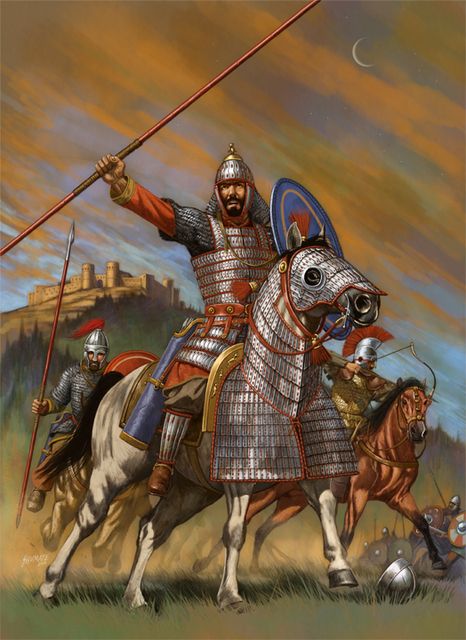
Due to Theodahad’s failure to stop the Byzantines’ advance, he was usurped and killed by an Ostrogoth noble named Vitiges who was married to Amalasuintha’s daughter Matasuintha thus ending Theodoric’s Amal Dynasty but as king, he too feared Belisarius’ advance. In Rome itself, Pope Silverius too was tired of having to take orders from the Ostrogoth king, so he sent word to Belisarius inviting him to capture Rome and without a fight, Rome was retaken and put under Roman rule again, but Vitiges was still out there but Rome was no longer the imperial city it was as years under the Ostrogoths as well as 3 attacks on the city in the 5th century (410, 455, and 472) made it a shell of its former self but Belisarius made sure it was to be rebuilt. Vitiges meanwhile marched his army to retake Rome and went as far as cutting off the aqueducts to stop the water supply for the people inside but Belisarius with his brilliance resolved to make a mill on the Tiber River using two boats by attaching wheels to them and this was indeed successful in providing grain supply for the people inside. This siege of Rome then went on for an entire year (537-538) and as the Goths tried every trick they could to take the city such as by throwing their dead soldiers to the river to destroy the grain mills or by using siege towers, Belisarius used any trick he could find such as building a chain at the river to stop the bodies in order to resume the operation of the mills and shooting flaming arrows at the siege towers.

Vitiges meanwhile was tired of the fighting and as all his men were slaughtered by Belisarius’ Bucellarii stationed outside the Aurelian Walls, he tried to negotiate with Belisarius but Belisarius just laughed as he wouldn’t agree to a surrender, instead preferring the extermination of the Ostrogoths. After a year, the siege ended as thousands of reinforcements sent by Justinian under a younger general named John the Sanguinary broke the siege forcing Vitiges and his forces to flee using the Milvian Bridge, the same place Constantine the Great won a great victory in 312 where most of Vitiges’ men were slaughtered again by Belisarius’ Bucellarii. As Vitiges fled north to the capital Ravenna, John and his forces headed north to pursue Vitiges and managed to reclaim the city of Rimini wherein he was later surrounded by Ostrogoths.

More reinforcements however came under the palace bureaucrat Narses, who now had been fully trained to be a general despite being already 60 here and unlike Belisarius who displayed such charisma to his men, Narses was more of a massive sized man with a very uninteresting personality, mostly a skilled manager in terms of military logistics; simply more like a robot following orders without question, considering that in this story’s case according to Justinianus, he was slave that was bought, freed, and trained to become a general. Despite both Belisarius and Narses at odds with each other, they both relieved John who was trapped in Rimini surrounded by Ostrogoths by completely surrounding the Ostrogoth forces while Belisarius here lit several campfires in the hills to make it look like they had a bigger army but true enough it did not to scare the Ostrogoths while the Byzantine fleet blocked the sea as well and so the Ostrogoths were eventually again defeated and John being saved chose to thank Narses rather than Belisarius who did more than Narses did.
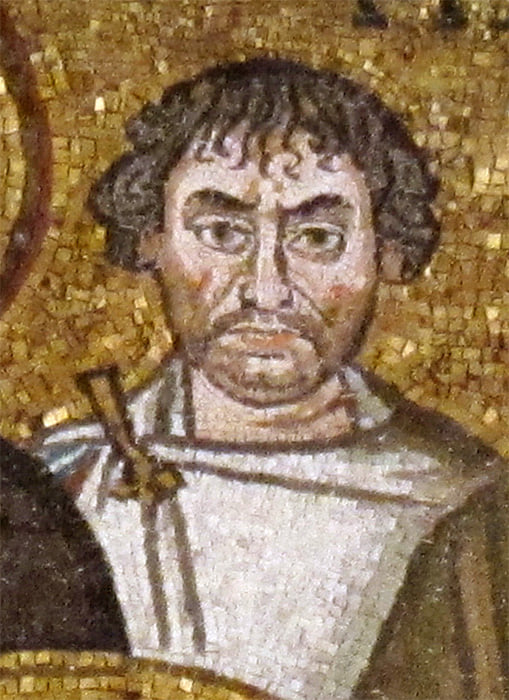
The rest of the Italian cities meanwhile such as Milan (Mediolanum) revolted against their Ostrogoth overlords inspired by the victories of the Byzantines so they requested Belisarius for reinforcements but the Byzantines were too outnumbered to send forces to all these Northern Italian cities. With the people of Milan rebelling, the Burgundians now under the Franks invaded Italy from Gaul to besiege Milan but the people there lacking an army could not hold out against the Burgundians so when getting word of this, Belisarius being too busy in reorganizing Roman control to the parts of Italy that had just been retaken sent John to reinforce Milan and attack the Burgundians but refused to as he only took orders from Narses, although soon enough John caught a fever delaying the mission thus further weakening the people of Milan who then had no choice but to reason with the Burgundians. The Burgundians on the other hand did not agree to the terms and when the gates of Milan were opened to them, they sacked the city killing almost everyone and almost razing the city to the ground while the Burgundians’ overlords, the Franks themselves invaded Northern Italy (the Piedmont region) too but after pillaging the countryside, they decided to retreat to Gaul as there was nothing left for them in Italy anyway.
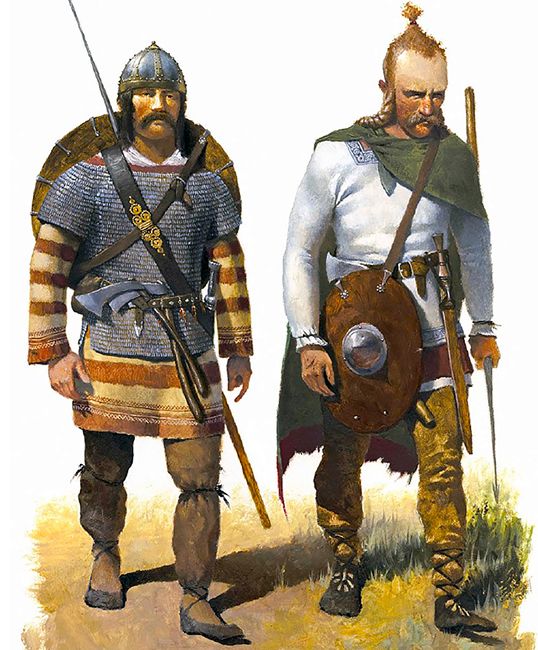
In 539, after hearing of the sack of Milan, Belisarius wrote to Justinian the whole story that a lot of it was due to John taking orders from the less effective Narses and in return, Justinian recalled Narses to Constantinople while John was to now follow orders from Belisarius alone and now coming so close to taking back the entire Italy, only Ravenna was left under the control of Vitiges as Milan following the sack was ceded to the Byzantines anyway. Tired again of Belisarius constantly winning victories, Vitiges resorted to the ultimate trick of sending envoys to the Sassanid Empire asking Khosrow I to break the eternal peace with Justinian by resuming the war so that the Byzantines would have to pull out of Italy. Back in Italy, Belisarius got word of Khosrow attacking again so he decided to rush the attack on Ravenna before he would be recalled to the east and Vitiges in fear once again came up with another trick, this time asking Belisarius to accept his surrender and at the same time offering Belisarius the position of the “Western Roman Emperor” restored and Belisarius wanting the fight over accepted it and marched into Ravenna but instead of taking the throne, Belisarius arrested Vitiges as well his wife Matasuintha and here in 540 all of Italy was again put under Roman rule and Justinian’s dream was finally achieved, thus Belisarius once again returned to Constantinople as a hero parading Vitiges and Matasuintha in his triumph though despite Italy taken back, the war left it in ruins which could still be repaired.


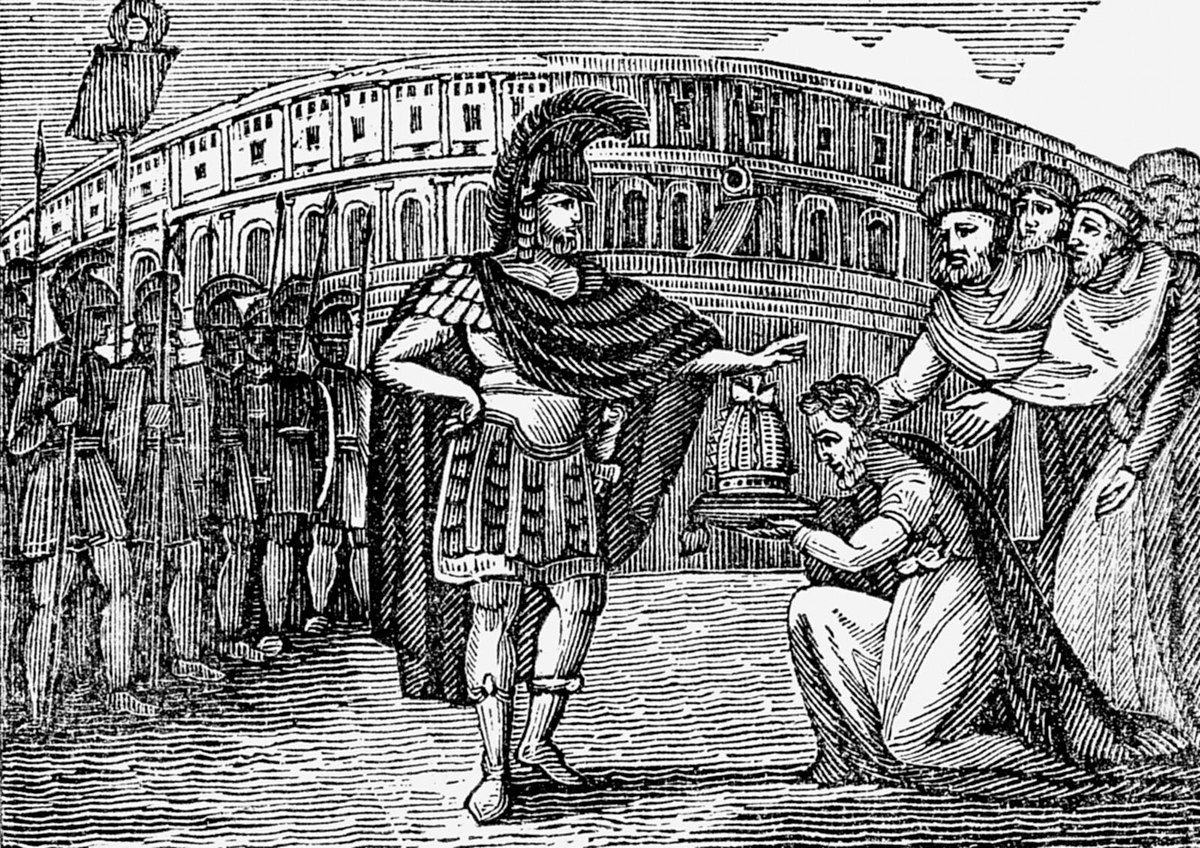

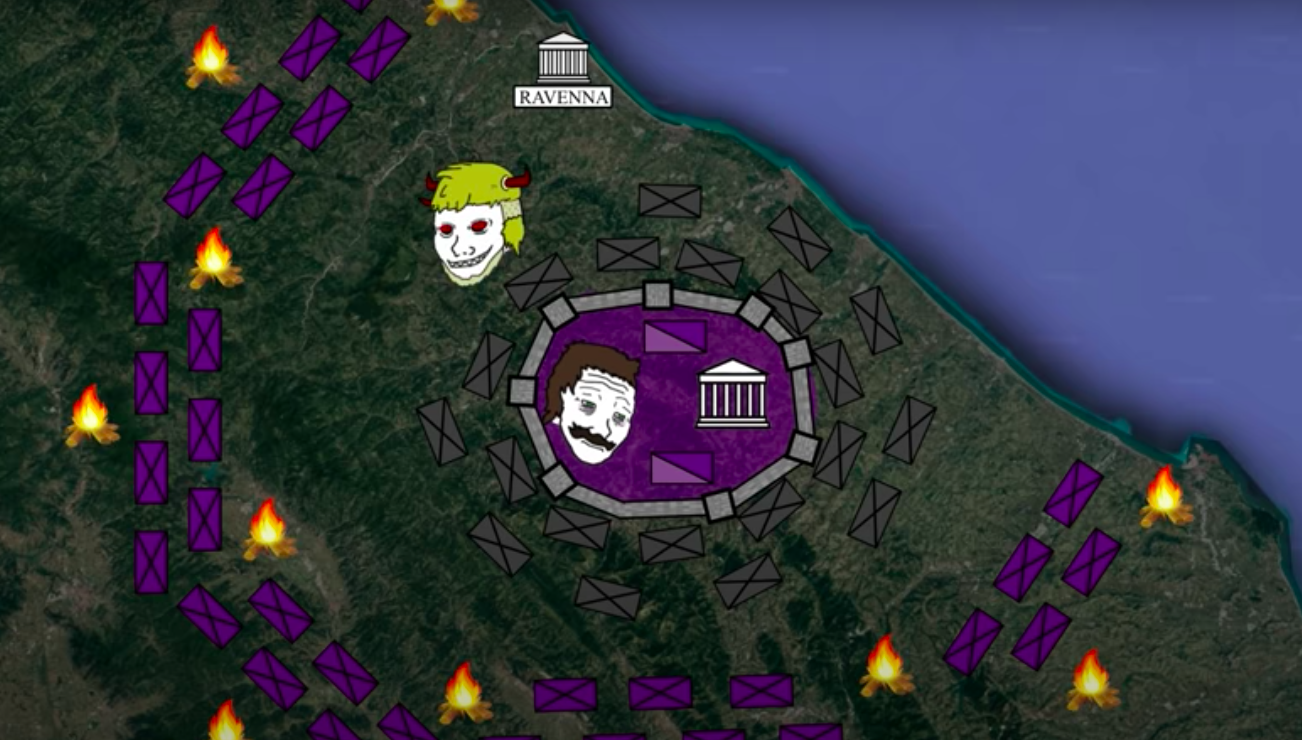
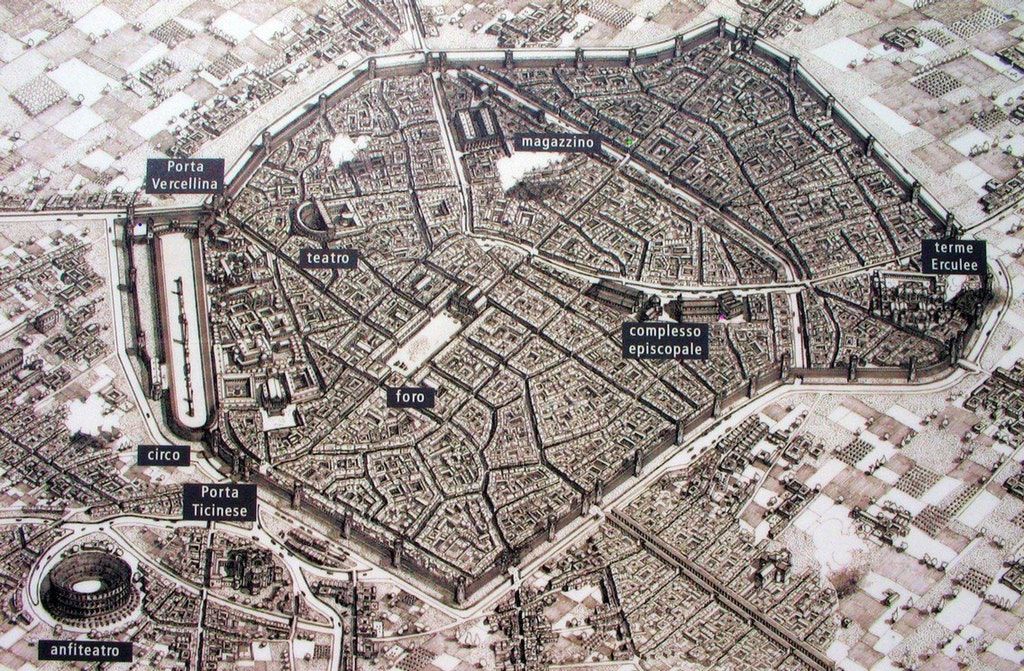

Watch this to learn about the Siege of Rome, 537-538 (Kings and Generals).
The Plague Years (540-550)

Though Italy had been retaken, the Sassanid ruler Khosrow getting word from the Ostrogoths to attack the Byzantine Empire already made preparations and after only 8 years broke the eternal peace given the reason that the Armenian border people were not satisfied with Justinian’s rule and when the Byzantine forces were sent there to crush the rebellion, the general Sittas from the Persian war a decade ago was killed here in 539 fighting the rebels. Now while the 5-year war at Italy was happening, both Justinian and Khosrow did their own thing whereas as Justinian and Theodora worked on rebuilding Constantinople from the damage caused by the Nika Riots and in the process, they had ordered the decorating of the Hagia Sophia with mosaics and according to Justinianus playing Justinian, she says the Hagia Sophia’s mosaics took over 2,000 men to assemble working 24/7 day and night with one shift consisting of a thousand workers from all over the empire, at the same time too Justinian ordered the construction of his own massive triumphal column in the square known as the Augusteum outside the Hagia Sophia which had an equestrian statue of him above.

At the same time, Justinian had sent explorers to the far-off places of the world such as Scandinavia, Sub-Saharan Africa, the Central Asian steppes, and India to give him reports while at the same time he sent Christian missionaries to convert the people of Nubia south of Egypt (today’s Sudan). Khosrow meanwhile in this 8-year “eternal peace” tried to imitate Justinian’s Byzantium making his rule mirror that of Justinian’s in terms of sophistication but when asked by the Ostrogoths to invade Byzantine territory in 540, Khosrow broke this “eternal” peace and invaded Syria, capturing Antioch which still had not yet recovered from the 526 earthquake, and thus enslaved its people, bathed in the Mediterranean himself, and bribed off chariot races in different eastern cities to make the green faction win just to backstab Justinian who had been backing the blues his whole life. Khosrow though did not stay long enough as after asking more tribute money from Justinian which Justinian accepted, Khosrow returned to his empire but was now all set to launch another massive scale war against the Byzantines all while Belisarius was still in Italy. Belisarius was still able to bring Vitiges and Matasuintha to Constantinople wherein Vitiges died shortly after and Matasuintha was then married to Justinian’s cousin, the general Germanus.
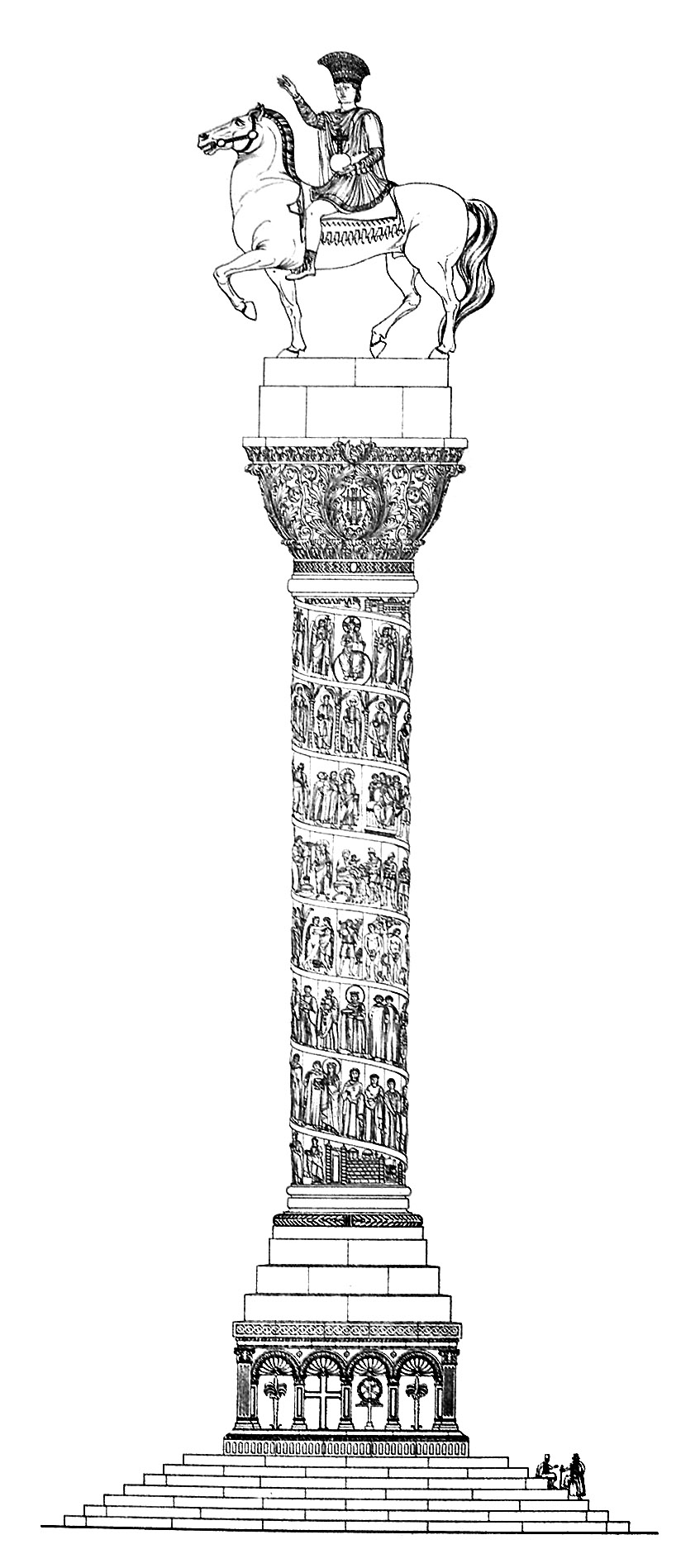
Belisarius though only remained in Constantinople for 2 weeks in this story’s case as the war had already broken out with Khosrow so again, Belisarius was sent to another campaign again with his Bucellarii and Huns and the area the war would take place in would be in Lazica (Georgia), the kingdom Khosrow wanted to annex in order to gain access to the Black Sea to launch an invasion of Constantinople and here Belisarius was to block Khosrow’s invasion. In 541, a political rivalry grew between Theodora and the finance minister John the Cappadocian and as usual with Theodora always wanting to succeed, she had Belisarius’ wife Antonina meet with John to frame him for plotting against Justinian and Theodora and as Justinian discovered this so-called plot of John, he punished John by sending him to Egypt forcing him to be a priest just to please Theodora. At the same time as John arrived in Egypt, something mysterious meanwhile had occurred there at the Mediterranean port of Pelusium wherein one sailor in a ship delivering wheat harvested from the fields of Egypt to Constantinople and in this one ordinary day, this sailor felt some pains in his head, arms, and legs but thought it would go away if he just slept it out but at night he could not sleep as he started experiencing nightmares and as he woke up his eyes turned red and not only did he feel these symptoms, the rest of the crew did as well. At this exact same day, they saw a ship crash straight into the harbor of Pelusium and when port workers went to investigate the ship, they saw the entire crew all dead with black spots on their bodies and soon even the crew investigating it died of this sickness. In a matter of weeks, this plague had spread across Egypt through the grain shipments and soon enough to all cities across the Mediterranean such as Jerusalem, Antioch, and a lot more when ships containing grain supply headed that way as little did the people at the port know that the ships carrying off the grain supply carried the fleas that caused the illness.

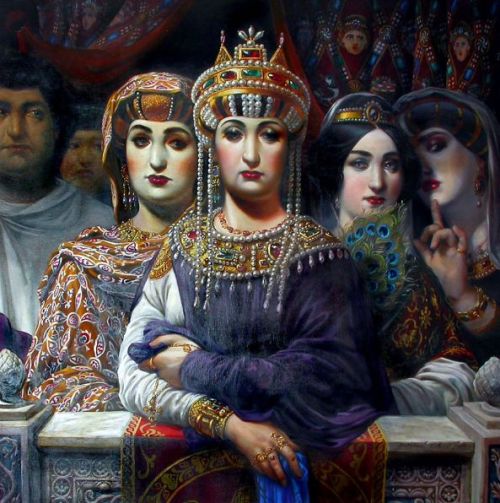


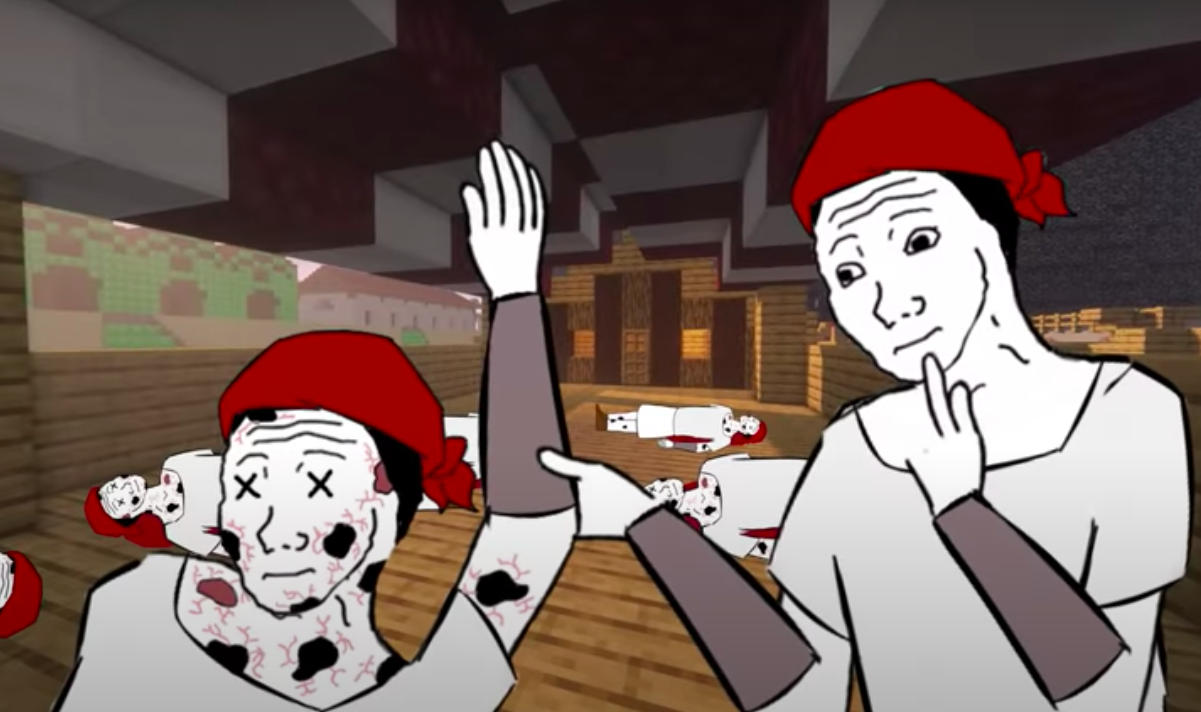
Back then in the 6th century as this plague spread wherein people quickly started feeling ill, vomit blood, rot from the inside and then died went on, no one knew what it exactly was or what caused it, neither did doctors know the cure for it, and true enough doctors also caught the illness and died. Procopius here writes that this plague originated in Pelusium, Egypt but modern studies show that it originated far away in the Tian Shan Mountains of Central Asia in Western China as the plague at this time also affected China, India, and the Sassanid Empire and here as Belisarius was preparing to battle the Sassanids in 541, he was met with no fight at all as the Sassanid soldiers were affected by the plague with most of them dying from it.

This plague then was transmitted by fleas that sucked the blood of rats and transmitted it to people when biting them and these fleas then had developed inside the warehouses in Egypt wherein harvested grain had been kept for so long allowing rats to infest it, as well as fleas. The year 542 began in a very normal way for Constantinople as Justinian and Theodora did their thing by continuing the passing of laws, the workers still worked 24/7 on the Hagia Sophia’s mosaics, Narses returned to working in the palace training Justinian’s young nephews Justin and Marcellus to be skilled administrators (in this story’s case at least), while Justinian’s sister Vigilantia who hadn’t been mentioned in a long time still did as she pleased, stuffing herself up at feasts and drinking all night without a care as her brother worked so hard to keep their empire working but everything changed when the grain ships arrived at the port of Constantinople.
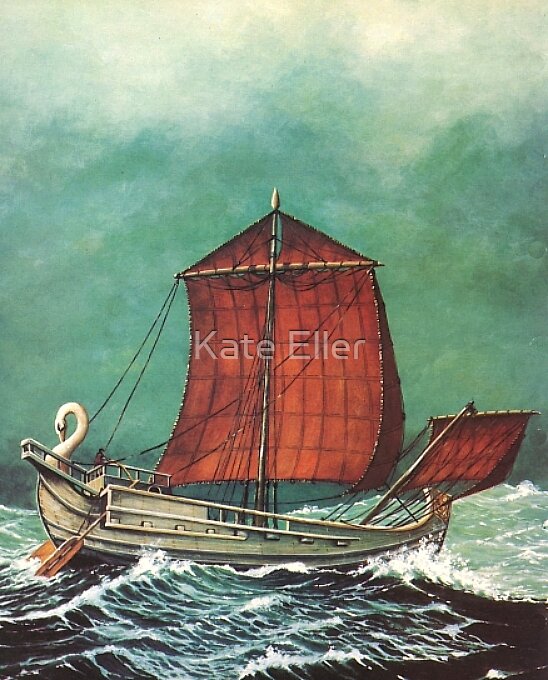
At first, people no matter who started experiencing light fevers but were advised by doctors in the city market to just not think about it as it will pass and for some, they were able to get over the fever but for others it was worse causing them to fall into a coma while others developed some acute dementia wherein they were imagining that people were attacking them making these people jump into the waters of the Bosporus and Marmara to save themselves. The doctors then were most worried about these symptoms of dementia as they have never seen or heard of something like this before but when it came to people’s symptoms such as the swollen spots in their bodies, doctors were curious to know about it so they decided to open up the corpses of those who died from this illness (autopsy) and here they discovered that there was bacteria inside these wounds and it was this bacteria that killed the victims but they also found out that if they cut off the bacteria from the patients, the patients would be cured but would soon enough die days later due to the loss of blood.

As doctors too got infected by cutting up the plague sores, they decided to cover themselves up in full protection cloaks and masks (PPEs) which turned to be working out well for them. In only a few weeks, thousands in Constantinople began dying from this plague that by March of 542, as Procopius had said there had been 5,000 to 10,000 deaths a day in Constantinople alone and the only ones that remained and would forever remain uninfected were the stylites, the hermits living above columns as they have chosen to separate themselves from everyone else. It was only here when Justinian began to respond to the crisis as at this point, he knew it was not only in Constantinople but in the entire eastern part of his empire and this when he sent word to all the governors around the empire to put all the cities under lockdown forbidding people from leaving their houses in order to stop the spread of the plague but little did Justinian know that the plague did not pass on so much from human to human but from flea to human and when finding out about its source being fleas, he had the a number of grain warehouses set on fire but the plague still kept spreading, and at the same time had the lockdowns lifted after a month as it too did not do anything to stop the plague.
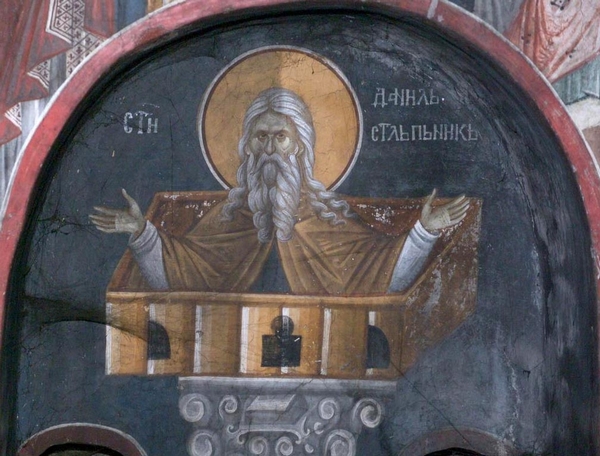
In the next few months, the death toll just kept rising in Constantinople and across the eastern provinces that Justinian had to pass new decrees to handle the plague and these included forcing people to wear masks- which many just chose to die rather than be forced to do something inconvenient by the state- assigning people to search houses for dead bodies each day, and to assign people to the city gates to count the number of dead carted out each day. Seeing the death toll in Constantinople rising himself, Justinian further issued an order that people must wear name tags at their wrists so that if they died away from their homes, they could be identified. With the weeks going by, the death toll still continued rising that bodies had to be buried in mass graves but with no more space left for these mass graves, dead bodies had to be kept inside a military fortress across Constantinople’s Golden Horn harbor but again with so much dead, rooms in this fortress were filled up to the ceiling and among the victims was the jurist Tribonian who made Justinian’s code of laws back in 529, and though in real history the plague killed him, in this version Justinianus gives an alternate ending to Tribonian wherein he actually survives the plague but became very weak.

Though not exactly said in real history but still definitely in the year 542, in which in this story’s case would be in June, the 60-year-old Justinian himself after inspecting the dead from the plague got a fever and in the next day started vomiting and having the same lymph nodes over his body then fell into a coma, thus he tested positive for the plague. He then remained at his bed not moving a muscle and as his fever kept rising, his doctors concluded that even the most powerful of people could still catch it. Theodora meanwhile did not catch it and so did Justinian’s sister Vigilantia, her sons and daughter, and everyone else in the palace but little did Theodora know that she actually caught the plague but was one of the very few rare asymptomatic cases of it- at least in this story.

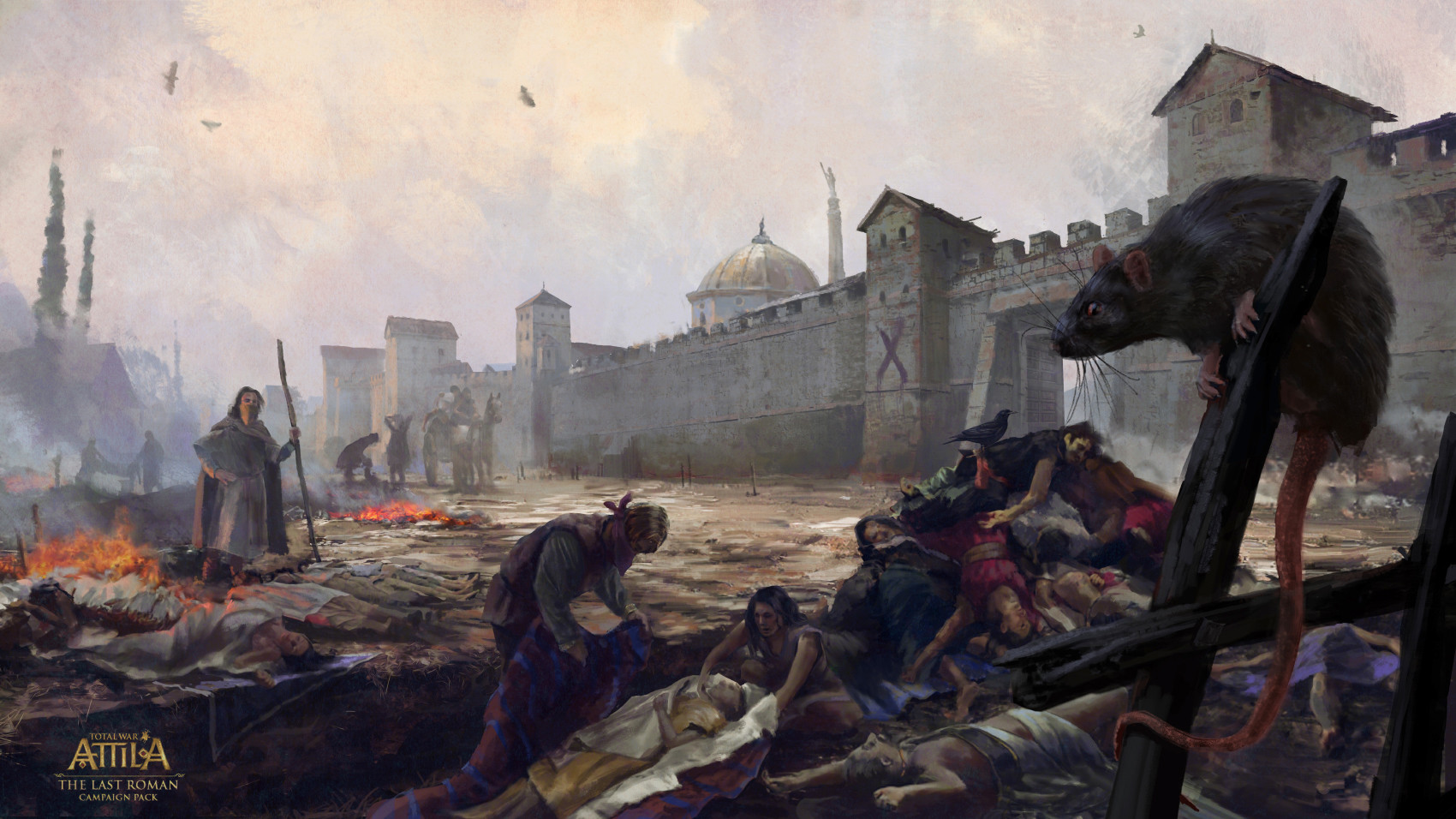
Before the plague hit Constantinople, things did not go very well in Byzantine Italy which had just been retaken by the Ostrogoths as the governor assigned to Ravenna named Alexander was corrupt when using the war funds given to him by Justinian to fund his own personal expenses making the defeated Ostrogoths scattered around Italy uniting under a leader from one of their own named Totila in 541. Though Vitiges was taken to Constantinople wherein he died, the Ostrogoths were still around in Italy and now under Totila they had grown even stronger and at first, they took back the city of Verona for themselves afterwards defeating the forces of Alexander at the Battle of Faventia wherein Alexander fled never to be heard from again.
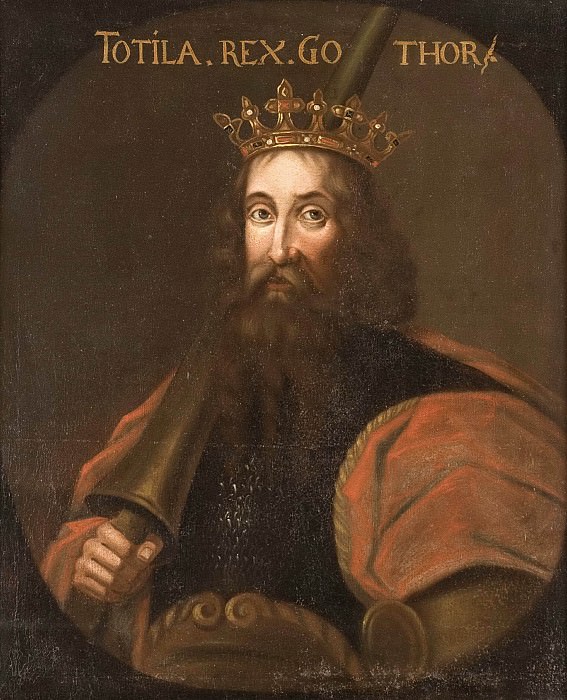
Totila and his Ostrogoths won a few more victories before proceeding south in 542, ready to undo everything Belisarius achieved in the past years and although he still failed to take back Rome, he convinced many including Ostrogoths, Roman locals, and even Byzantine soldiers to defect to his side as he convinced them through lies that the Byzantines and Justinian were corrupt when it was only Alexander that was. The plague though hadn’t hit Italy yet but back in Constantinople, Justinian himself was near death that his sister Vigilantia who he was hardly close to him stood by his bedside and so did her 3 children who barely knew him as well- in this story’s case- and of course Theodora and other palace officials including Narses and Liberius were by his bedside too and seeing the worst possible scenarios to come, they were already deciding on who was to succeed Justinian.
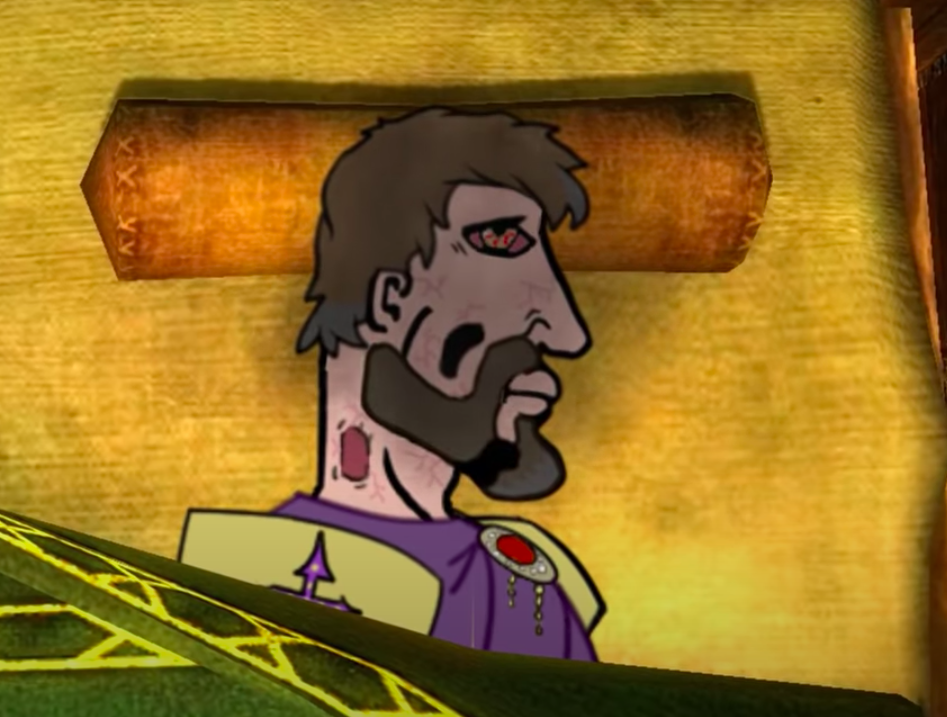
While in a coma, Justinian got a shocking dream which was that Italy again completely fell to the Ostrogoths and this woke Justinian up- in this story’s case according to Dovahhatty’s retelling- and true enough the first thing he heard when waking came from Narses who in this story told him the Ostrogoths have been starting to regain control of Italy under Totila. Justinian had realized he fell into a coma for a month- according to Justinianus in her retelling- but was at first too weak to do anything though as he soon started gaining the control to get out of bed, he came to realize one thing here and this was an effect of the plague which was that his voice changed wherein he started talking with a lisp- at least in this story- although he at least luckily survived. Theodora here told Justinian that she handled the empire by herself and had successfully prevented all power struggles assuring everyone he would still live but for a total of 6 months including his one-month coma, Justinian was bedridden and unable to run his empire. By December of 542 in this story’s case, Justinian fully recovered while the plague too had subsided in Constantinople at least, due to the fact that thousands died each day that by this point, there had been about 200,000 deaths in Constantinople alone while in the rest of the empire, the plague still kept spreading. The now recovered Justinian again took a tour of Constantinople fearing he wouldn’t get it again but instead of seeing people suffering from it, he saw dead lying everywhere with their wounds open and puss leaking out as well as dead parents holding on to their children that were still alive. On this plague of 542, the contemporary historian John of Ephesus (507-588) writes a more dramatic story of the plague compared to Procopius’ more factual version as here John writes that in the eastern provinces of the empire, there had been villages with only one child surviving, herds of cows running off into the wild with no one to herd them, roads completely empty, and ships stuck at sea as their entire crews were dead.

543 then would be the worst year ever for the Byzantines as though the plague struck in 542, in 543 all the mess had to be cleaned up one by one by a newly recovered Justinian but despite all the hardships, letting go of all his ambitious projects was the last thing he wanted but with all the damage caused by the plague especially on the economy, considering the extreme death toll on the people of the empire that created a scarcity of workers and many businesses to shut down, all Justinian could do was to put all his projects on hold and resume them another time. First of all, many of the workers who have worked in decorating the mosaics of the Hagia Sophia had died of the plague so Justinian had to put the construction on hold, for the army many had suffered and died from it too so he had to now resolve to hiring mercenaries from distant lands not affected by the plague, and as for taking back Italy Justinian decided that at this point it was not important and would return to it another time. In 543 as well, the Plague of Justinian that had plagued the eastern provinces in 542 had totally become a pandemic when ships arrived in Italy bringing the plague there, soon enough it had spread to the Frankish Kingdom in Gaul when ships arrived in Marseilles, later on to Visigoth Spain and Byzantine North Africa as well, and by 547 it had reached Britain now controlled by different Saxon rulers. Now if the Byzantine Empire and the rest of Europe was hit hard, the Sassanid Empire was hit even harder by the plague that Khosrow did not want to continue his war with Byzantines fearing that his soldiers might pass on the plague to him but over in Byzantium, Justinian knew that with Khosrow now idle, this was the perfect opportunity to attack the Sassanids, not by force but by bringing the plague there.
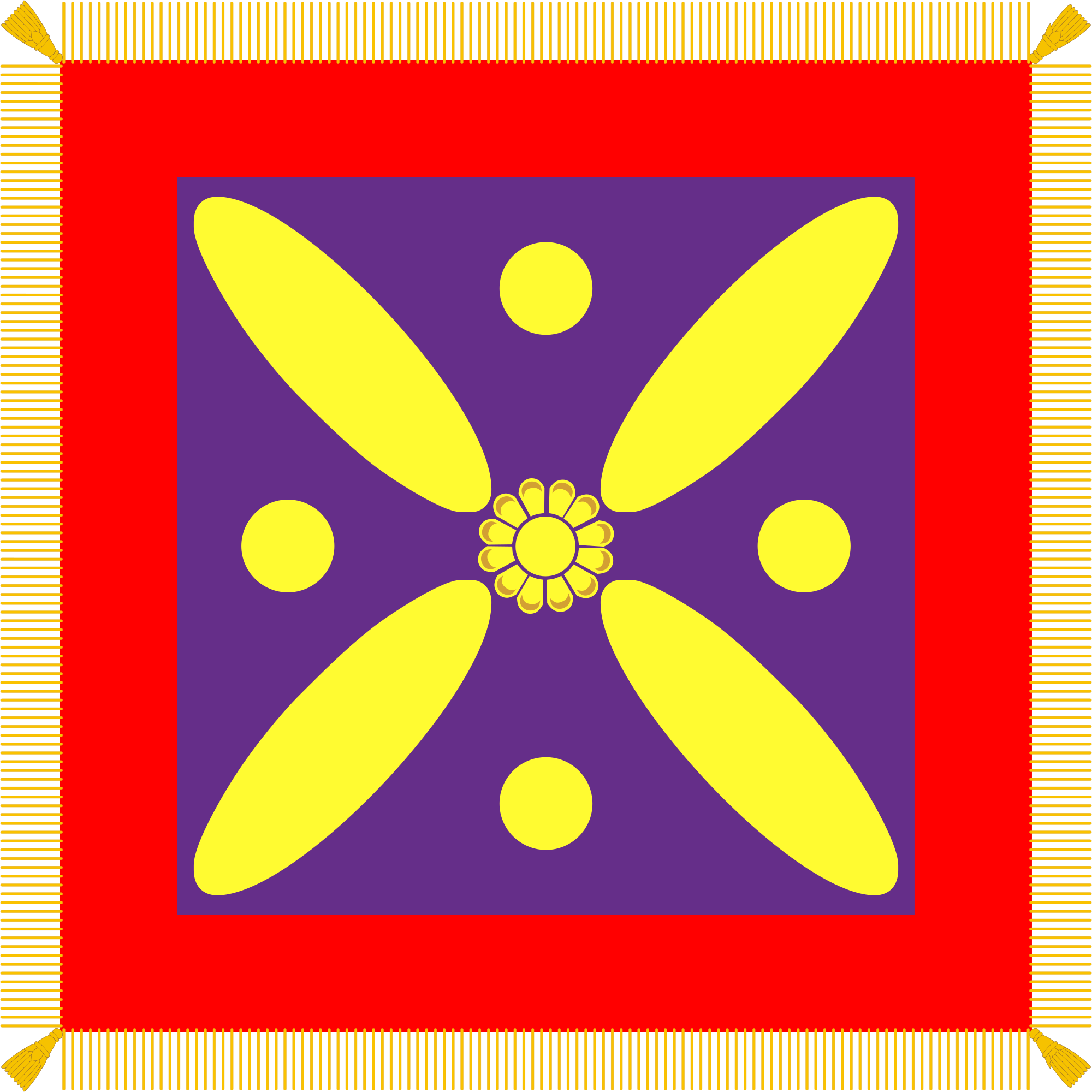
Here is when history literally changes as in reality, the war between Byzantium and the Sassanids would continue up to 562 without achieving much results again. Prioritizing the western reconquests again, Justinian now decided to get the plague away from his empire by closing the entire eastern border with the Sassanids and sending loads of plague victims as well as the infected grain supply over to the Sassanid Empire, definitely enraging Khosrow, but being too paranoid of the plague Khosrow was now hopeless in facing this new threat from Justinian. Though the Byzantine Empire survived the plague, 1/3 of its entire population died from it but for the entire world, the plague claimed 10% of its population according to modern studies.


In 543 as well, Totila managed to retake Naples and again using his tricks to get people to his side, he spared all its citizens when in fact all he wanted was to rule Italy for himself. Justinian in 544 recalled Belisarius from the Persian border- as in this story’s case, the war with the Sassanids was no longer ongoing- and sent him to Italy invading by sea from the south again, except this time Justinian was now growing more jealous of Belisarius’ previous victories and the fact that he had the plague and Belisarius did not as I would think so, and due to Justinian’s growing envy he did not provide Belisarius with funds this time, especially since he was using them for the plague’s relief effort in helping citizens affected by it so Belisarius here had to pay for his own soldiers’ food and equipment.
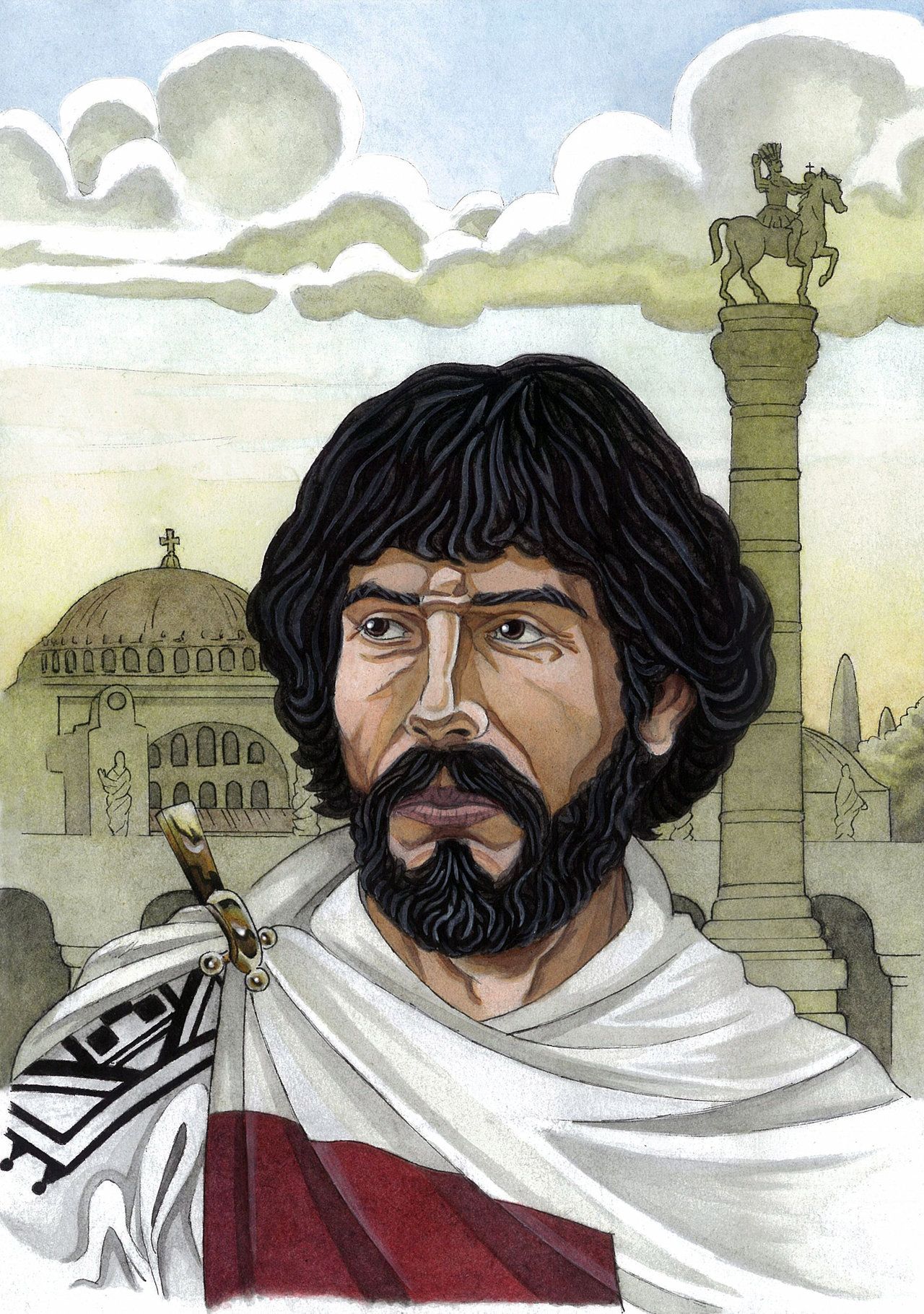
Procopius too joined Belisarius again this time and had recorded that this long war and the plague created a great famine in Italy but despite everything happening, Belisarius focused on cleaning up Italy from the Ostrogoths and Totila meanwhile laid siege to Rome again, and like Vitiges before took almost 2 years and only by December of 546 was Totila able to retake Rome for the Ostrogoths when he bribed off Belisarius’ Isaurian troops to let them scale the walls at night and when taking over the city, Totila here showed his true intention to completely level the city to the ground, and afterwards he proceeded south to hunt down the last of the Byzantines including the same old John the Sanguinary who pained Belisarius years earlier. With Totila away from Rome, Belisarius meanwhile used this as an opportunity to retake it again and by the spring of 547, Belisarius took back Rome once again, though Totila returned but failed to take back Rome, instead he took over the other cities nearby such as Perugia.

Belisarius now was short of supplies so he had no choice but to return to Constantinople to ask for supplies from Justinian himself but true enough, it was actually Theodora that had now planned to recall him, for it was her that was jealous of him and suspicious that Belisarius due to his popularity will one day be acclaimed emperor by the people thus overthrowing her and Justinian. When Belisarius arrived back in Constantinople in 548 however, he was met with a shocking surprise, which was that Theodora had died. Back in 542, Theodora in this case happened to be an asymptomatic victim of the plague but this did not mean the disease would one day have a toll on her life as by this point in 548, she grew extremely weak due to contracting cancer in her breasts being a long-term effect of the plague and on June 28, she died at age 48. Though before Theodora died, she arranged for her niece Sophia, the daughter of her older sister Comito and the late general Sittas to marry Justinian’s eldest nephew Justin. Now Sophia who in this case was now 20 at this point and had grown up to be very beautiful just like her aunt Theodora was back in her day in the 520s, and in this story’s case Sophia very much resembled her aunt Theodora by having the same thick wavy hair, large eyes, and clear light skin, although unlike Theodora who had a large figure with large shoulders, a large bust, and wide hips, Sophia had a smaller figure, though unlike Theodora who in her early years was an actress, Sophia was a well-respected high society figure. Justinian was deeply affected here as the love of his life had died that in this story’s case as Justinianus put it, Justinian became vegetarian as eating meat and fish would remind him of his days with Theodora enjoying a full meal.

Though the plague was still going on and off in Constantinople, Justinian decided for once to give up on spending on the plague efforts and instead pour in a lot of gold for a lavish funeral for Theodora and despite how many times Theodora and her Monophysite point of view gave Justinian headaches, there was no other woman than her but strangely the couple despite being married for more than 20 years never had any children but by arranging Justin and Sophia’s marriage, Theodora here considered Justin to be their successor and even if Justinian was not close to him, Theodora in this story’s case thought he was the best choice only because he was the eldest nephew. Now at the funeral at the Church of the Holy Apostles, thousands of mourning citizens- especially women who all thanked her for passing laws protecting their rights- gathered outside while only family members as well as the Patriarch of Constantinople stayed inside for the ceremony and in attendance inside included Germanus with his Ostrogoth wife Matasuintha, Vigilantia again with her 3 children who were now all grown up, Theodora’s sister Comito and her daughter Sophia, and of course Justinian himself who was teared up so much that no one recognized him anymore. Belisarius who had not trusted Theodora and vice-versa out of respect attended the funeral and so did Narses, Liberius, and Tribonian who in this case survived the plague.
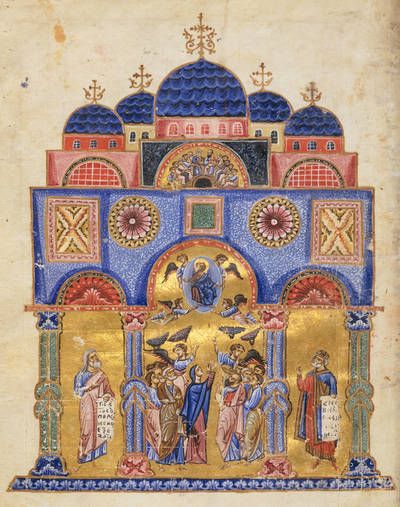
Justinian being so heartbroken refused to speak to anyone, even to Belisarius who had been urgently asking for supplies but soon enough when Justinian was able to speak again, Belisarius decided he did not need to ask for help anymore as now he had grown tired of war and had wanted to retire which Justinian accepted. The retirement of Belisarius was another heavy blow for the grieving Justinian as his most competent and trusted general had to go but at least his second most trusted general and younger cousin Germanus was still around who Justinian now counted on to finish off the reconquest of Italy but in this case, if Justinian were to name his own successor at this point, he would have chosen Belisarius- at least in this story- but since Belisarius retired, Justinian considered it to Germanus or if not Germanus’ son with his first wife also named Justin but later on in 548, a jealous Armenian general named Artabanes who in this story’s case secretly plotted with Procopius and John the Cappadocian who returned from Egypt following Theodora’s death to kill both Justinian and Belisarius in favor of Germanus. On the other hand, Germanus despite being overly talkative in this story’s case was completely loyal and had no intention to take the throne and eventually, it was the other Justin and this case with Justinian’s nephew Justin that uncovered Artabanes’ plot reporting it directly to Germanus who then had the Excubitor palace guards arrest Artabanes who instead of being imprisoned was sent to his death to fight against Totila in Italy with a very small army. In this story’s case, Justinian still had not known of Procopius’ secret plotting while John the Cappadocian would remain unpunished, although he would die at this point in history (around 549) like in real history. At the same time back in Constantinople, Justinian’s nephew Justin and Theodora’s niece Sophia married in a not so lavish ceremony in the Hagia Sophia as Justinian still depressed over Theodora’s death and still spending on the plague’s relief effort could not spend on such festivities. Justinian though considered Germanus as his heir even if Theodora earlier on backed Justin and this was because Justinian saw that Germanus had great skill and that his children will carry the blood of both the Justinian and Ostrogoth Amal Dynasty of Theodoric the Great due to Germanus’ marriage to Matasuintha. Germanus was appointed to lead the continued Italian campaign replacing Belisarius but in 550 when Germanus was still in Thrace, he too contracted the plague that still lived on and died while Matasuintha was still pregnant with their child who being born some months later was also named Germanus after his father. With Germanus gone, Justinian replaced him with the now 85-year-old Liberius who was sent to Sicily but due to his old age, he never achieved much except pacifying the island.

Watch this to learn more about the Plague of Justinian (Invicta).
Part II.
The Climax- The End of Justinian’s Wars (550-555)- In collaboration with Justinianus

In the year 550, Justinian was now a sad old man at age 68 and now already 2 years after Theodora’s death, he was still extremely bitter also because the plague ruined his dream that he worked so hard on that he sat all day and night in the palace’s dining hall drinking and eating food that were of course plant based but one day an old general came, and this was the Isaurian wrestler Andreas who after many years was promoted to become a general. Now this is the part of the story wherein our role-playing will come in full form and when creating this story, Justinianus came up with the idea of the vegetarian aging Justinian and due to the plague still happening, the wearing of face masks- which Justinian I in this case had been wearing one since the plague of 542- would be happening.

Andreas after serving Belisarius for many years in the Sassanid border, North Africa, Italy, again in the Sassanid border, and again in Italy went to greet Justinian but at first Justinian did not really have any idea on who he was until Andreas introduced himself and his story in the past 2 decades and as both Justinian and Andreas shared some drinks of wine, Justinian began to lighten up and ask Andreas what he has been up to though Justinian still sad tells Andreas how much the plague ruined all his plans and how Theodora’s death made him not want to think about anything anymore. Andreas however gave some hope to Justinian telling him that at least his code of laws made ages ago was something successful and that Hagia Sophia was a definitely a beauty like no other despite the mosaics still unfinished as Justinian only ordered the decoration of the mosaics to be resumed just a year ago in this story’s version. The next day, Justinian and Andreas met up again and feeling some more relief after getting know Andreas, Justinian takes him for a tour around Constantinople as Andreas having been in the battlefield for years never really got the chance to fully see the imperial capital and even better, this time seeing all its secrets with the emperor himself. The first place the pair headed to was the square with Justinian’s column known as the Augusteum beside the Hagia Sophia and the Basilica Cistern just near the Hagia Sophia which Justinian had just completed and this here was a water supply supported by hundreds of columns taken from the abandoned and destroyed Pagan temples across the empire.

After this, Justinian brought Andreas over to the now repaired Baths of Zeuxippus that had been destroyed by the Nika Riot in 532 which Andreas remembers being in it helping Belisarius kill off the rioters with his bare hands. Justinian in his usual sadness told Andreas that it was there in these baths where he and Theodora, still an actress dated privately after they had met back in 524 and Justinian back then being already a high-ranking official in the empire could close down the baths just for him and Theodora to bathe together without anyone else seeing them having their intimate moments. In the present setting however, Justinian stopped speaking once he remembered the days he spent with Theodora there and remembering his daily routine to visit Theodora’s tomb, he took Andreas to the Church of the Holy Apostles where Justinian as usual knelt down and wept. At night, both dined at the great palace’s dining hall again where Justinian showed to Andreas his newly developed hobby of writing and singing Orthodox hymns and for Andreas, Justinian surely had a great voice that sang with so much passion yet sadness at the same time. The next day, the pair toured Constantinople again seeing how dead the city had become after the years of plague and by this point, effects of the plague were still felt but at least with 8 years since the height of plague had gone by, people were now more hopeful.
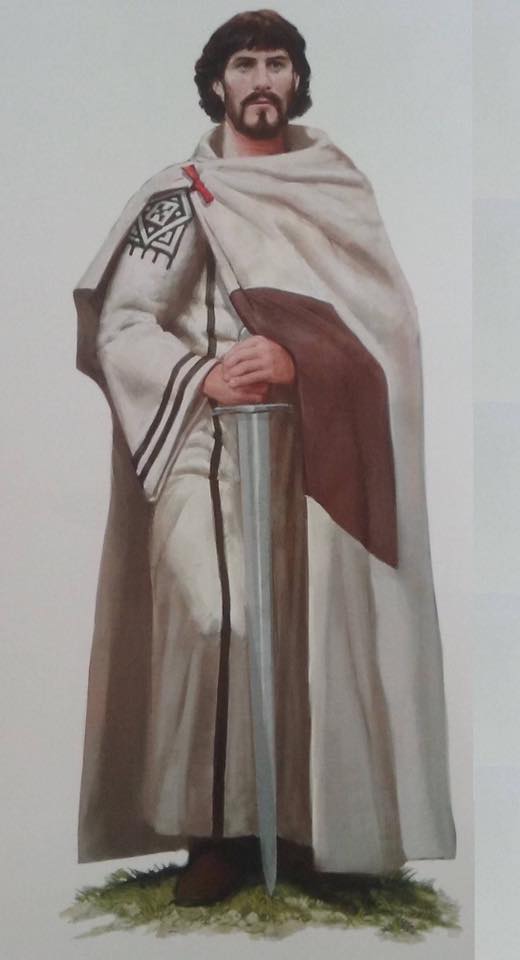
Andreas then asks to see Belisarius who was now retired from the army, although at this point serving as a senator but later that day, Belisarius himself returned to the palace and though in real history, Belisarius was no longer active after 548, here in this case in 550, he regained the feeling of wanting to lead his troops again especially since he was only 45 here while all the other generals in charge of the campaign like Liberius and Narses were so much older than him. Narses on the other hand was already 72 at this point and had already been sent to Italy to replace Liberius in full command of the troops but lacking full Byzantine soldiers as well as the Bucellarii and Huns Belisarius commanded, Narses in Italy resorted to hiring barbarian mercenaries from the lands northeast of Italy, and these people were the Germanic Lombards. Back in the palace, Justinian again fell back into his depression staring out into a window while Andreas and Belisarius were catching up and seeing Justinian spaced out, Belisarius whispered to Andreas how Justinian made him fight in Italy without providing funds the last time although Belisarius tells Andreas it was all Theodora’s fault and luckily, she had died. Justinian though had been staring out into that window for about 2 hours now and here Belisarius asks him why and Justinian first still does not speak but after a while he says “I miss her so much”. Belisarius then tells Justinian that he should come with him and Andreas to the high-end tavern next to the palace to get relieved of his sorrows. The 3 men head to the tavern wherein the emperor himself actually shows up in a tavern and here Justinian orders some wine and so does Belisarius but Andreas as a tough mountain man orders a barbarian drink known as “mead” and here the 3 have a nice and friendly conversation about the wars they have fought in the past years. Justinian here is happy to talk about how much the Sassanid Empire of Khosrow who is still alive is just totally falling apart from the plague that Justinian brought over to the Sassanids intentionally. As they continued drinking, Andreas gave a speech convincing Justinian to not let go of the dream he has been working to achieve as it is for the good of the empire as a whole while Belisarius gives a toast saying “to Italy!” making it clear that they want to resume the war and here Justinian after drinking some wine with friends agrees saying something he never would’ve said. For his entire reign, no matter how hard Justinian worked, he was a palace emperor that never left Constantinople even if Italy and North Africa were retaken but now, at his old age he agreed to go to Italy and finish off the war against Totila. The next day, Justinian with Belisarius and Andreas as well as Justinian’s remaining family members attend a Mass at the Hagia Sophia for the good luck of their mission while Belisarius afterwards departed ahead by fleet headed straight for Italy. As for Andreas, it would take 3 more weeks to assemble his army and here he swore to Justinian that he will personally stand by his side in Italy. Justinian later asks his nephew Justin to meet him at the throne room though Justin comes in with a bad mood thinking it is a waste of time as Justinian asks him to accompany him to Italy but Justin refuses saying he hates travelling, but Justinian tells him to consider it as it would be good training for Justin to be an emperor or else Justin would end up a useless glutton like his mother, so Justin then considers the offer with great reluctance, although he hadn’t really confirmed yet if he would travel to Italy by sea. 3 weeks then had passed and Justinian with Andreas head over to their ship docked at Constantinople’s harbor along the Marmara Sea as now a fleet of 80 ships were set to again invade Italy though Justinian here felt nervous especially since he’s never been on a long trip by sea before. When at sea, Justinian constantly felt sea sick and here Andreas when learning of Justinian’s anxiety about traveling asks about Justinian’s early life and how he travelled to Constantinople for the first time from his village whether it was by sea or land and Justinian said it was by land. Justinian talks about how hard life was in the Balkans wherein barbarians constantly raided his farm which is what gave him his life-long hatred towards them fuelling his desire to conquer their lands. It was only in 497 at age 15 when Justinian back then as Petrus first met his uncle Justin who returned to his village now with some wealth promising him a better life in Constantinople and together, they travelled for kilometers by foot and then by horse. It was during Anastasius I’s early reign when Justinian settled in the capital having top-grade education provided by his uncle who was then already the imperial guard’s commander. At this time, his sister Vigilantia who was then 7 with their mother followed up and also here, Justinian despite not getting to meet Anastasius in person met his wife Empress Ariadne, at least in this story’s version.

Now I would say what inspired Justinian’s great dreams was meeting the aging empress who was the wife of the former Zeno and daughter of the former emperor Leo I and she did in fact have the honor of seeing the Western Roman empire still around while her father was emperor of the east with the great western emperors like Majorian and Anthemius being her father’s co-emperors, and she too had the honor of meeting Anthemius himself when he was still in the east before he was assigned by Leo I as his western co-emperor in 467. Now this case wherein young Justinian had met Ariadne may be totally made up but I’d say this was a great source of inspiration for young Justinian especially since he met someone who was there to see the days when there was still hope for the west, and it was therefore Ariadne that inspired him to dream big. Back to the present setting, Justinian felt a bit of frustration when Andreas reminded him of his peasant background but Andreas told him in return to not see it that way as despite his low birth, Justinian was able to achieve a lot, and so Justinian admitted here that he never thought he would go this far.


At this point, history is again totally altered wherein the palace emperor Justinian the Great himself finally leaves Constantinople and travels by sea for a total of 3 weeks to Italy, the land he always dreamed of holding on for the empire. Now I would say that if Justinian was so fixated in putting Italy back under Roman hands, his intentions would only be very fitting if he actually went to Italy himself to see the land where Roman civilization all began and so in this case, he actually goes to see his cultural motherland. Justinian though may have had no Roman-Italian blood, but being a Roman citizen of Illyrian and Thracian blood from the Balkans and a native Latin speaker, Italy and more particularly Rome itself was seen as his spiritual home. Now after 3 weeks at sea, the fleet carrying Justinian arrived at the Bay of Naples in Italy while Belisarius, in this case arrived much earlier on in Italy’s eastern coast to meet up with the same general John the Sanguinary who pained him over the years who here was still commanding the troops in Italy.
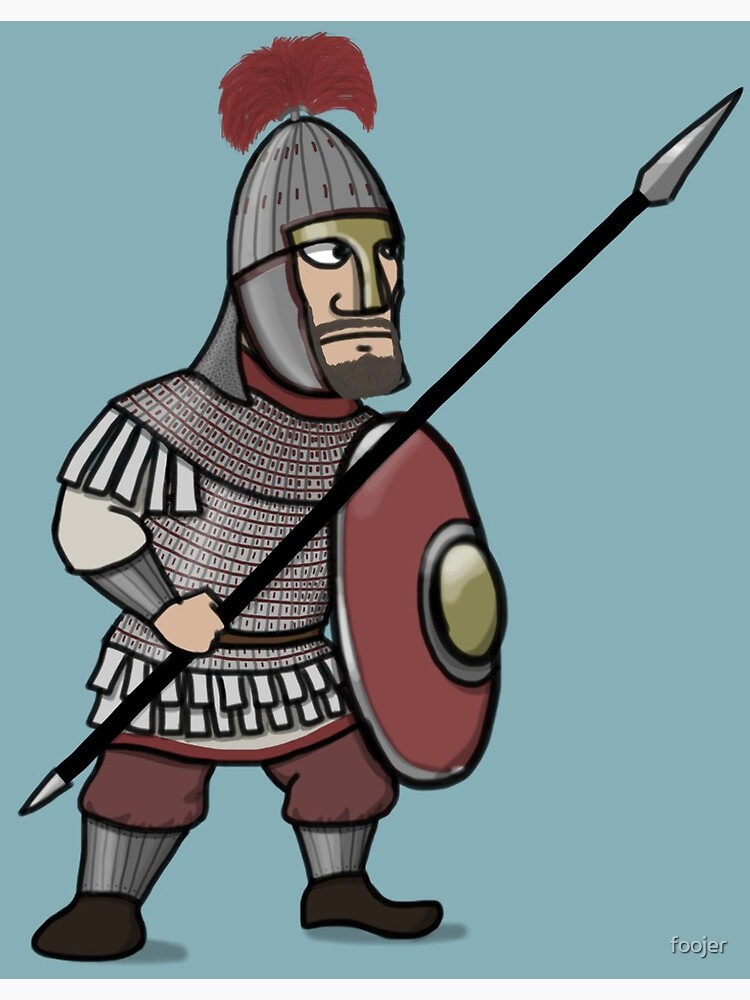
At this point in late 550, Naples had already been liberated from the Ostrogoths but just a year earlier, Rome which Belisarius took back again fell again to Totila who using Belisarius’ return to Constantinople managed to once again retake Rome and sack it. When in Naples, Justinian here personally gave orders to his soldiers in taking back Rome and with so much passion in his speech, he encouraged them that they are doing this to preserve the great legacy of Rome, of the great emperors of the past like Augustus, Claudius I, Trajan, Hadrian, Marcus Aurelius, Aurelian, and Constantine the Great, and after making his speech Justinian remembered the words the people shouted when wanting victory “Nika!” even if it reminded him of the horrors of the 532 riots, but all the soldiers too shouted the same thing. Justinian accompanied by Andreas and their Excubitor guards marched north to Rome and Justinian having no experience in fighting battles told Andreas he’d just stay at their camp in the Janiculum Hill overlooking Rome while Totila who was not in Rome at this time had its walls strengthened to make any Byzantine attempt to retake it impossible but Andreas remembering how he helped Belisarius recapture Naples almost 2 decades ago when the Gothic War in Italy began by using a tunnel, he remembered that the walls could be breached if his men dug beneath it. Andreas’ men including his Heruli mercenaries dug deep beneath the Aurelian Walls and in only a few hours, a part of the walls collapsed and when Justinian woke up from his nap, he noticed that the walls were breached and seeing it collapsed to the ground, he had a change of heart, thus he mounted his horse and together with the Bucellarii cavalry charged straight into Rome and to their surprise, Totila’s forces were very limited but still eager to face off the Byzantines. The Ostrogoths then charged in a frenzy but were all slaughtered by the arrows fired by the Bucellarii as they rode with full speed while Justinian too managed to kill a number of the Ostrogoths before making it to the Roman Forum where Andreas planted the Byzantine banner to signal victory. Now in real history, Rome only returned to the Byzantines once again when the Gothic War ended in 552 but here by the end of 550 with Justinian fighting the battle himself, Rome returned to Byzantine hands much earlier on thus turning the tide of the Gothic War to the Byzantines’ favor.

Justinian was overjoyed now that he had finally seen Rome, the eternal city that ruled the greatest empire of its time- in which in reality he never saw- and when in Rome, Justinian and Andreas headed to the Column of Trajan which was now neglected and seeing it, Justinian told Andreas how Trajan has been such an inspiration to him ever since Justinian was barely an adult studying Roman history. What really inspired Justinian most about Trajan was that in his reign (98-117AD) his conquests brought the Roman Empire to its greatest extent of territory north to south from Britain to Egypt and west to east from Portugal to the Persian Gulf and Caspian Sea, and Justinian here wanted to achieve just that for his own empire and now with Rome taken back and all of Italy almost theirs again, he knew he could achieve his lifelong dream before he died. True enough, Justinian when hearing of Trajan’s Column that celebrated Trajan’s conquest of Dacia in his reign, Justinian thought of having his own column in Constantinople constructed to celebrate his own conquests, in which this column in Constantinople was true enough already built. As Justinian mentioned his imperial dreams, Andreas reminded him of the question of succession and Justinian here said that he had it under control as he asked for his nephew Justin to come over to Italy in order to train him to be an emperor. With Rome back under their hands, Justinian now thought of visiting Ravenna which here was still under Byzantine hands as the Ostrogoths were still scattered around Italy.

Now in 551, both Justinian and Andreas travelled north to Ravenna and would stay there for a long time, especially since Justinian had to fix the Byzantine administration of Italy, which was based there and during their stay in Ravenna, Justinian finally saw the mosaics in the church of San Vitale which he had commissioned years ago which were to depict him and his court together with Belisarius, Narses, John the Cappadocian, senators, priests, and Excubitor guards by his side while across it was the one of Theodora and her court and seeing it, Justinian was in tears especially since he saw Theodora’s face and when seeing his own portrait, he too remembered the good times as he looked very young in it, remembering his early days as emperor when he was still attractive despite being over 40 but now at this point at age 68, he looked far different as he gained so much weight, while his hair turned gray, and face started enlarging due to age and seeing Andreas, Justinian told him he will commission a mosaic of him in Ravenna as well (which had never happened in reality due to Andreas not existing anymore after 530).
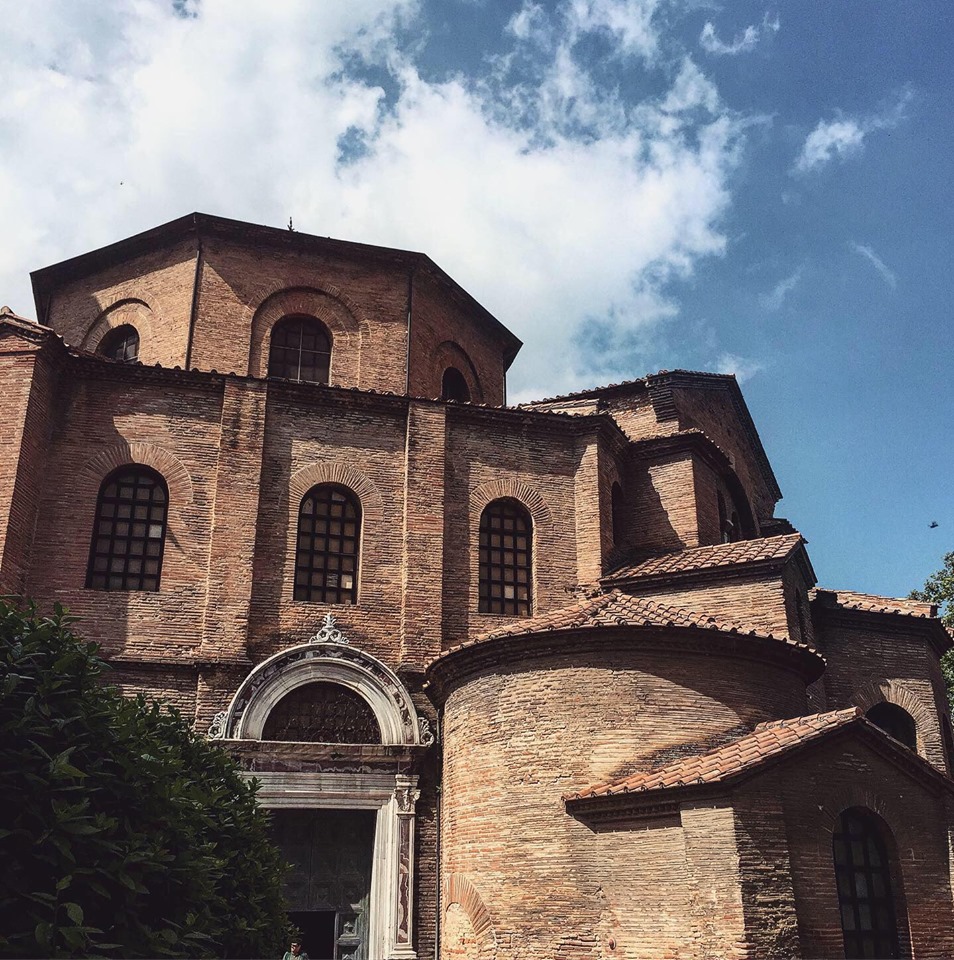
The pair later toured Ravenna seeing it so dead after years of war and plague and in their walk, they also took a look at the beautifully decorated mausoleum of the Western Roman empress Galla Placidia, the daughter of the last united Roman emperor Theodosius I (r. 379-395) and seeing more of Ravenna, Justinian was amazed at how beautiful the mosaics were but was disappointed in remembering its shameful history under the incompetent western emperors that resided there like Honorius (r. 395-423) and Valentinian III (r. 425-455) that contributed to the fall of the west and ruled from Ravenna, even more so disappointed remembering that it was in Ravenna where the last western emperor Romulus Augustus was overthrown by the barbarian general Odoacer in 476.
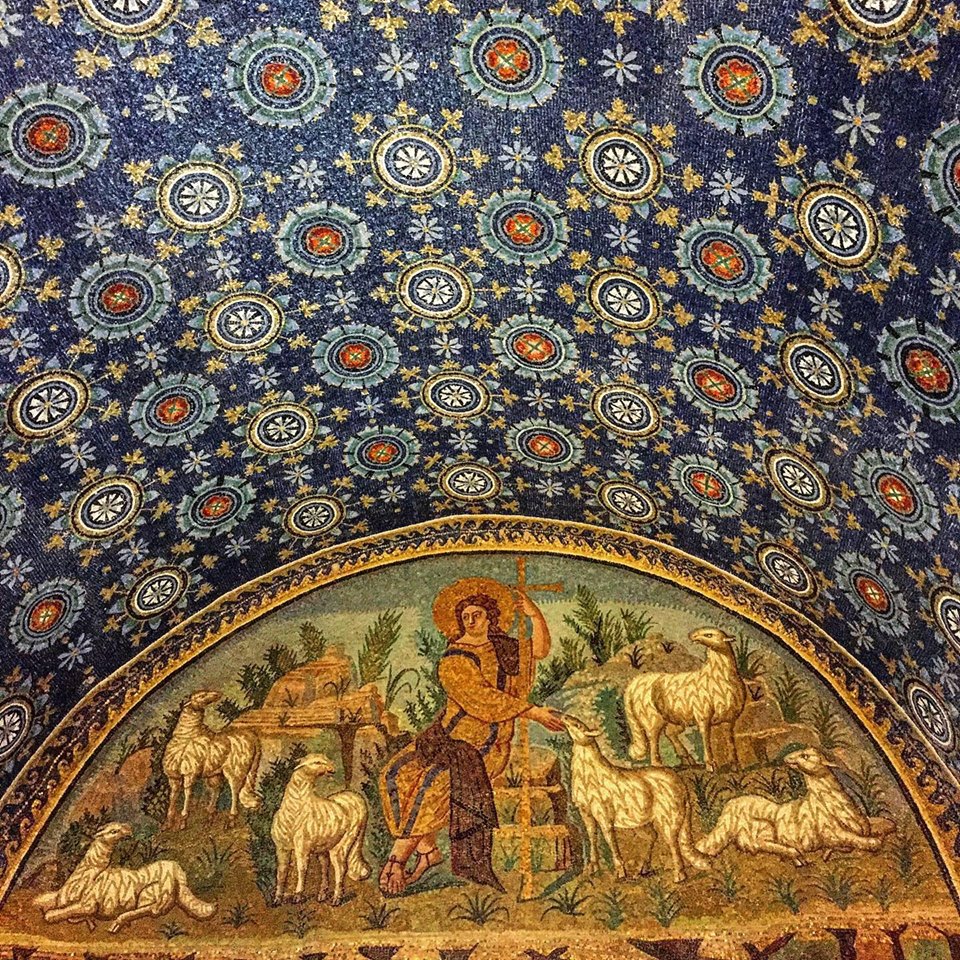
It was here in Ravenna where Justinian discovered there was a hidden plot against him all along by Belisarius’ secretary Procopius who was in Constantinople at this time and it was through Andreas where Justinian learned of it as the two were staying in Ravenna. Andreas here told Justinian that Procopius was plotting in a more subtle way which was that he was writing a secret book to slander Justinian and Theodora known as the Secret History which is a very biased account on Justinian’s reign and was only discovered in the 16th century and only made public in 1623, and this source is what gave many others a negative perspective on Justinian’s reign and Theodora’s sexual activities but on the other hand, Procopius in his main source on Justinian’s reign and the history of the Western and Eastern Roman empires entitled Wars, he remains the most valuable source as he is very factual here. The truth however was that Procopius strongly envied Justinian for becoming emperor despite coming from humble origins as Procopius thought that if Justinian coming from nothing could come to power- in this story’s case at least- so could he, but not wanting to fall out of favor with the imperial court, Procopius did not want to make his intentions clear so his solution was to write them all down somewhere for no one to see it.

Justinian meanwhile never knew of this work by Procopius but in this case, when being revealed of it by Andreas, he knew that Procopius was not to be trusted and what further angered him was how Procopius said Justinian walked around the palace at night in the form of monster similar to a Hydra and worse for Justinian, Theodora the love of his life was slandered. Andreas here told Justinian everything Procopius had told him and one of this- as Procopius did in fact write in is Secret History– was a slanderous accusation on Theodora in her earlier life as not only being an actress but a prostitute wherein she performed a very explicit act of Leda and the Swan wherein Theodora as an actress stripped off all her clothing lying on the ground placing bird feed on her naked parts for the swans to feed on; of course this cannot be proven true because Procopius had not yet met Theodora when she was an actress and in this story’s case with Justinian knowing Theodora as an actress, he knew this was all an accusation.
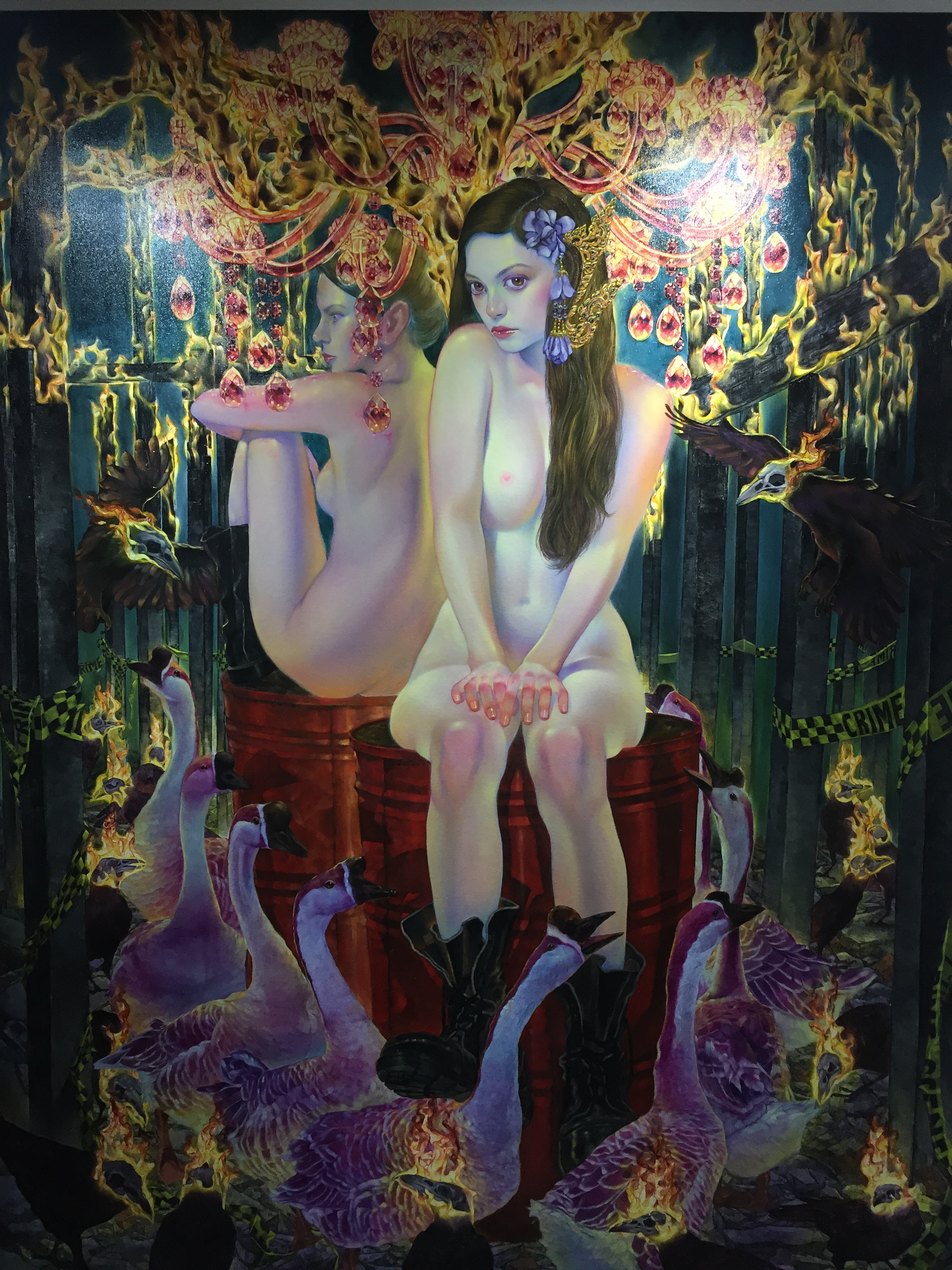
Andreas further tells Justinian that Procopius in this story’s case told him that he saw Theodora already as empress in the palace when at functions with other women dressed in something very revealing and improper which Justinian never knew about and this outfit that she dressed in was a very lose dress that looked like it could easily slip off and had exposed too much skin leaving her shoulders completely bare (this here is the outfit Theodora is seen wearing in the 1889 painting by French painter Jean-Benjamin Constant that inspired her look in the game Civilization V and later Dovahhatty’s version of her). Now, this dress Theodora had worn was basically a large piece of cloth made of fine silk wrapped around her body like a blanket from above her bust down to her feet without anything to hold it up except for a belt across her waist, and even more shocking was that when wearing it, she appeared almost naked as for one her shoulders, upper chest, and arms were completely exposed, and this large piece of cloth was next to nothing but her bare skin, as of course no one really knew if she was wearing something underneath.
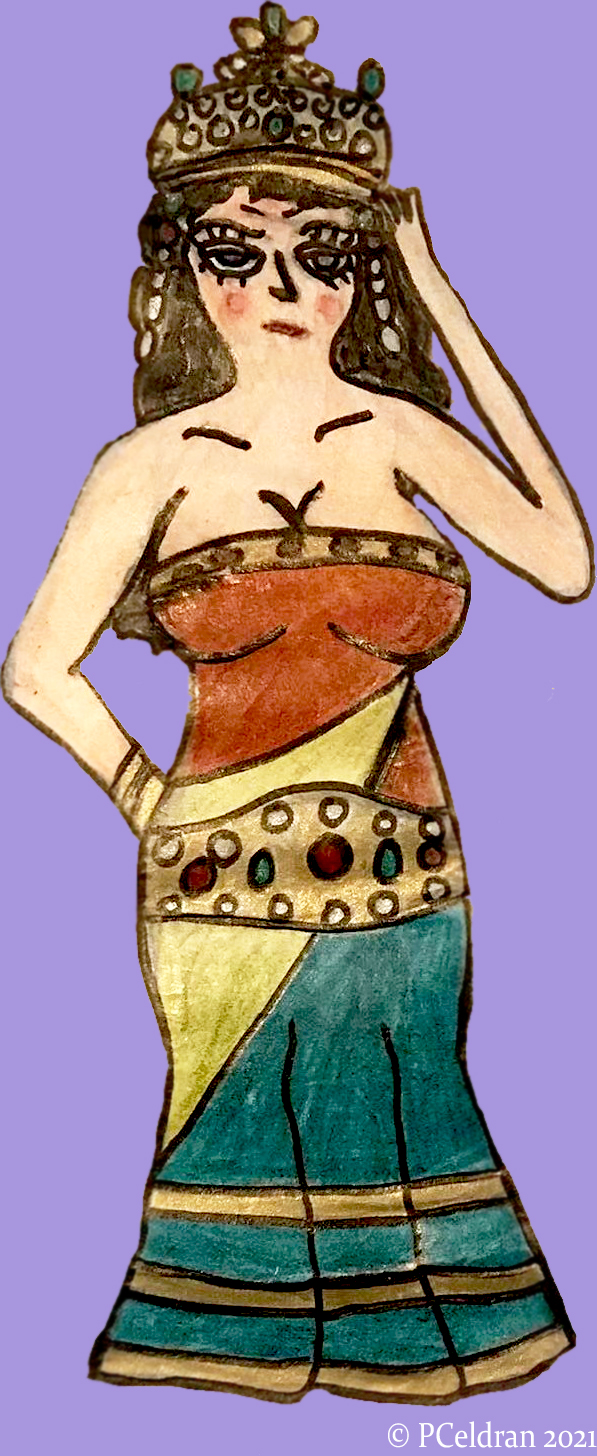
Justinian on the other hand was a man of strong Orthodox Christian morals but when hearing all of this about Theodora, he accepted it as she was already gone and this was to be stuck in the past but surely- in Justinianus’ version- he never knew of this dress as he only knew Theodora like him wore purple robes decorated with jewellery. Although when hearing of Theodora wearing this shocking outfit, he came to miss her and her attractive body, as being married to her, Justinian definitely did see the full beauty of her body naked with her curvy figure and large bust, thus he came to think that Theodora would have looked very stunning it it. When hearing of this outfit too, Justinian knew that this could be a new fashion trend for future women considering that Justinian had just sent monks to the far away empire of China, known to them as Seres to smuggle silkworms in order for the Byzantines to manufacture their own without spending so much on imports. Justinian after hearing everything about Procopius was enraged especially hearing what was said about Theodora so he decided he had to punish him when returning to Constantinople but at the same time, he got word that his nephew Justin was going to arrive in Ravenna and the next day, both Justinian and Andreas headed to the harbor to greet Justin. Justinian at first nicely greeted his now 30-year-old nephew but Justin rudely answered back that the sea trip made him seasick and that he has no purpose in Italy, therefore he just wants to return to Constantinople but Justinian tells him that his first candidate for succession Germanus had died and wanting to honor Theodora’s choice of naming Justin his successor, Justinian believed that this mission in Italy will train Justin to be a strong ruler like his uncle and not a degenerate like his mother. In the next few days in Ravenna, Justin begins developing a bond with his uncle that he was never really close to as real history too never mentions their bond and here Justin bonded with his uncle by accompanying him during meetings with government officials and military commanders in Ravenna. After a while Justinian remembered his sister Vigilantia who he had not seen and spoken to since Theodora’s funeral back in 548 though Justin tells his uncle that his mother was all fine and still stuffing herself as usual and Justinian hearing about this had some sense of relief.

Meanwhile, it had already been 16 years since the Gothic War of Italy had started (535) and just as the Byzantine reconquest of Italy had resumed, the same old general John the Sanguinary with his subordinate commander Valerian were to engage the fleet of Totila in the Adriatic Sea just outside the city of Rimini and to assist the Byzantine forces in attacking the Ostrogoths by land, Justinian decided to head south from Ravenna to Rimini with Andreas and Justin and this mission was to train young Justin in military matters. As the Byzantine fleet engaged the Ostrogoth fleet off the Italian coast, the Byzantines had easily won a victory as they had more naval experience than the Ostrogoths, though ship rams weren’t much used anymore here by the 6th century, so instead both fleets battled each other by boarding each other’s ships. As the naval Battle of Sena Gallica was fought in 551 like in real history, Justinian and his men entered Rimini which was still under Byzantine control awaiting an attack from the Ostrogoths, and Justinian recalling his earlier years as a member of the Excubitor palace guard force remembered the basics of sword combat which he would then use here while for Justin, it was the first time he would use a sword though both Justinian and his nephew here had not put on any armor. Justinian meanwhile did not know much about fighting in open battle so he simply told Justin to just follow Andreas here and so the fictional battle begins at this moment as the Ostrogoth army begins firing arrows at them. Justinian not skilled enough to face open battle hides inside a weapons’ storage room while Andreas orders the city gates to be sealed and for their archers to continuously fire back at the advancing Ostrogoths while Justin decides to have the ballistae at the city walls to fire back at the Ostrogoths.
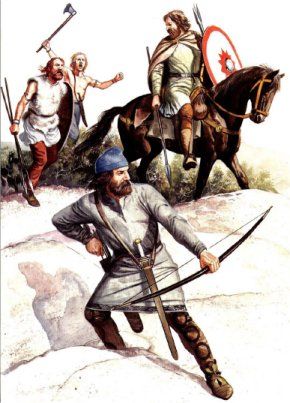
Meanwhile, in the hills surrounding Rimini several campfires were lit to make it look like a larger Byzantine army was going to clash at the Ostrogoths, but again this was Belisarius pulling out the same old trick he did before exactly here years ago and this forced many of the Ostrogoths to flee, although some still stayed behind and managed to scale the walls. Justinian meanwhile got out of the building to check what was happening and as an Ostrogoth charged at him, Justinian killed him with his sword, afterwards he grabbed his spear and threw it, killing another Ostrogoth. A number of arrows then fired towards Justinian but despite his old age, he managed to block them while running to pick up a shield inside the same building he came from while Andreas ordered his men to form a shield wall to block off the arrows. As Justinian headed inside the building to grab a shield, the building due to the Ostrogoths’ flaming arrows caught fire and as the flames continued burning the building, Justin as well as Andreas ran straight inside to rescue Justinian and as Justinian here was able to escape before the ceiling collapsed after he grabbed Justin’s hand tightly, Andreas was trapped inside, however a few minutes later Andreas jumped out and fell unconscious at the ground. At around the same time, the Byzantine fleet destroyed the Ostrogoth fleet while in this case, Belisarius outside Rimini routed the rest of the Ostrogoths, though Justinian and Justin were at a panic despite their victory as Andreas was knocked out unconscious. Justin then called for a doctor for Andreas and Andreas was then brought to Rimini’s governor’s villa to be healed.
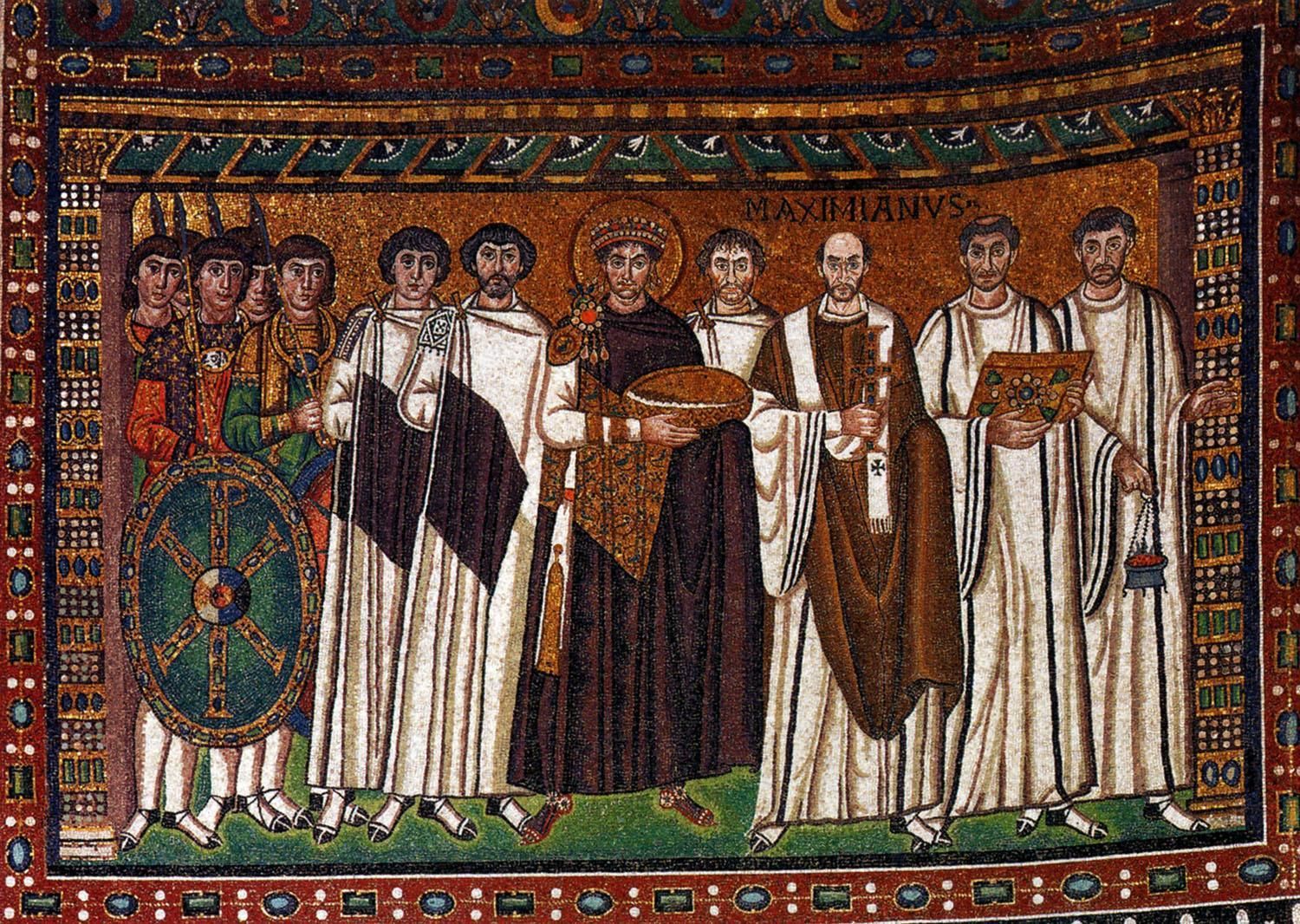

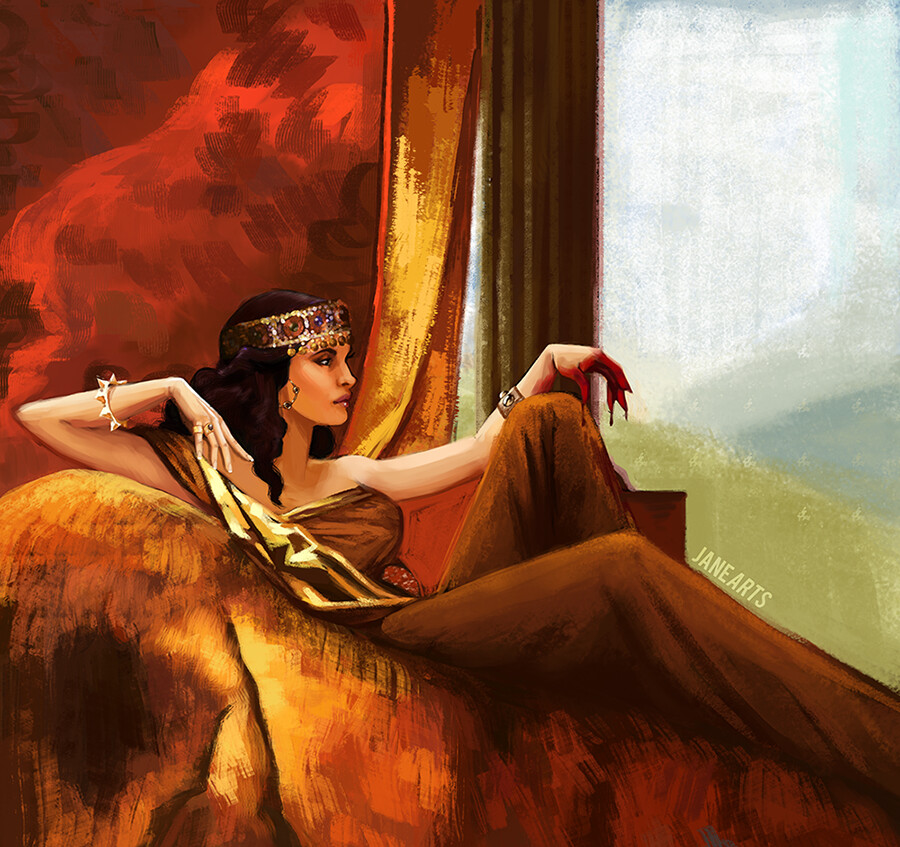

Andreas rested for the next 2 weeks but was at least relieved hearing that the Ostrogoths had been beaten by Belisarius while Narses on the other hand who was already in Italy was continuing the fight and the search for Totila. Justin on the other hand was sent to join both Belisarius and Narses who now at least began getting along with each other, especially since the troublemaking John was no longer with them and was instead sent back to Constantinople after his recent naval victory. For a much longer time now, both Justinian and Andreas were doing nothing as the wounded Andreas still had to recover from his burns while Justinian in his spare time wandered off to see the Italian countryside and coastline, and seeing the countryside gave Justinian memories of his simple childhood in the Balkans while the coastline gave him memories, and here he began to think how far he went in life from just a simple peasant boy in a remote part of the empire to now coming so close to ruling the known world. When meeting Andreas again, Justinian full of inspiration said he is the emperor to be “luckier than Augustus and better than Trajan” or as the saying says in Latin Felicior Augusto, melior Traiano, but knowing he could not achieve the dream alone, Justinian considered turning the Franks of Gaul to his side despite them planning an invasion of Italy before, though when thinking if the Franks ever turned against them, he even considered a Roman reconquest of Gaul, but history still never specified if Justinian aimed to take back Gaul from the Franks.
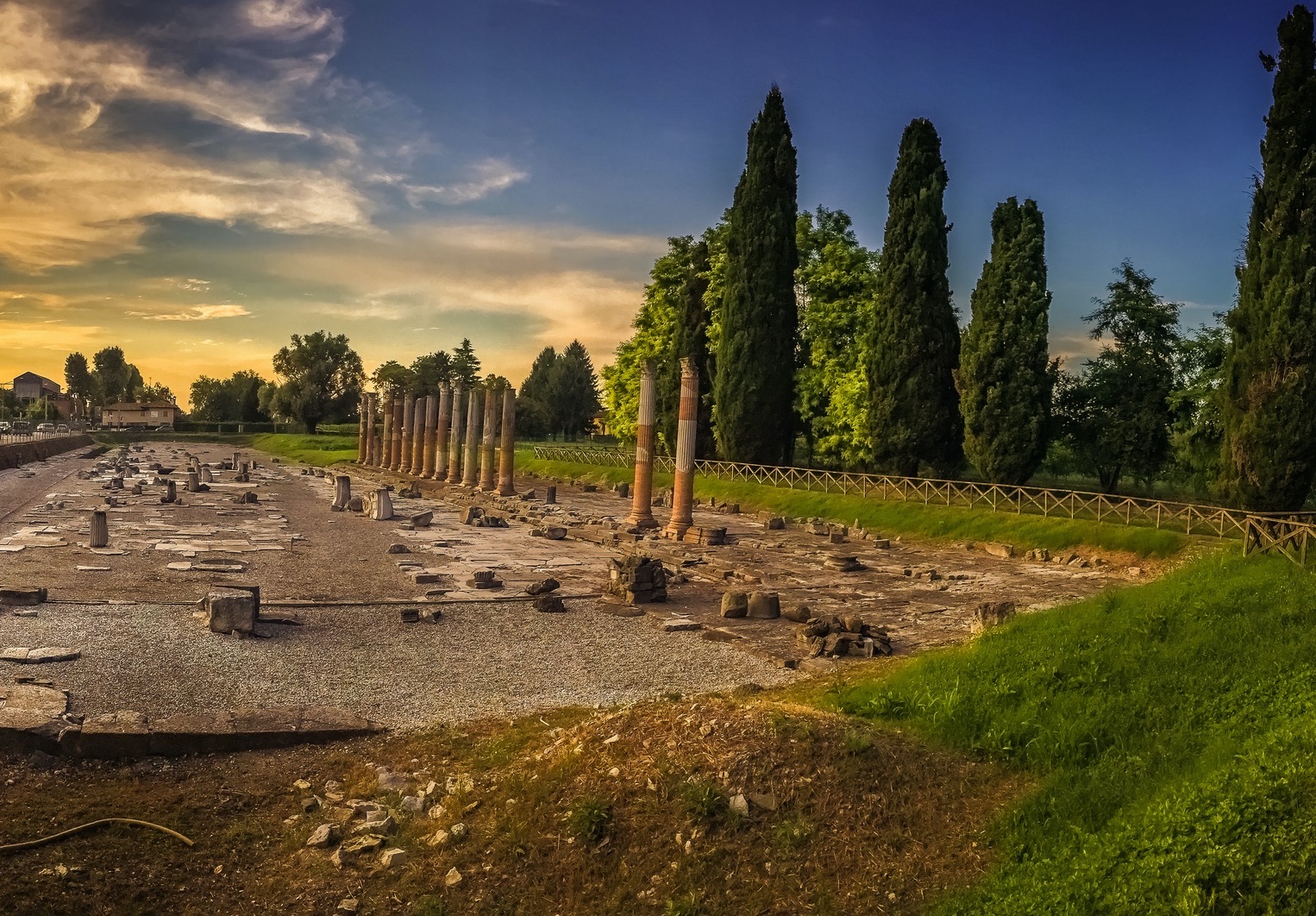
The year 551 then had passed and now in 552, Andreas was fully recovered from the accident that almost caused him his life and so it was time they headed to Aquileia together with Justin who had returned to them in order to face off the Ostrogoths one more time and after a long ride north, they had arrived at the ruined city of Aquileia right at the 100th year anniversary of when Attila the Hun destroyed it (452), though Justinian also remembered that nearby there was growing community in a lagoon founded by the survivors of the attack on Aquileia (today’s Venice). At Aquileia, the 3 with their small army were met with nothing, instead heavy rain started pouring while at the same time a messenger told them that Totila had headed west so the rest of them decided to escape Aquileia through the sewers as the rain was pouring heavily and due to city being totally destroyed, there was no roof to hide under. The rains got stronger and stronger and so did the wind, thus Justinian concluded this was the worst storm he’s seen in his entire life but not wasting time, all of them including the old emperor crawled through the city’s abandoned Roman sewers despite them almost drowning but at least they were able to get out alive exiting at a farm whereas the sky had already cleared. Justinian thought that everything was over until a spear flew at his direction out of nowhere, thus seeing another Ostrogoth army charge at them, Justinian then grabbed that same spear and threw it back at the Ostrogoths.

Andreas saw that it was impossible to face this great number of enemies with only so few men but luckily, he saw a spare carriage which he had Justinian board with him as Andreas drove it while Justin sat behind firing arrows as the rest of the army was to mount the horses stolen from the Ostrogoths. The carriage sped through the Italian countryside for kilometers running over as many Ostrogoths as possible while here Justin suddenly discovered he was skilled with a bow- at least in this story- while Justinian realized he totally missed out on life as he spent so much time indoors and in the city, when experiencing so much action in this chase. Soon enough, the Hunnish cavalry of Belisarius was spotted and here they were totally crushing the Ostrogoth forces, and soon Belisarius himself was spotted doing as he always did, slashing every Ostrogoth that he came across. With the Ostrogoths almost defeated, Andreas stopped the carriage while he together with Justinian and Justin jumped off rolling in the grass of the Italian countryside (in which this would be in the area of Bologna).
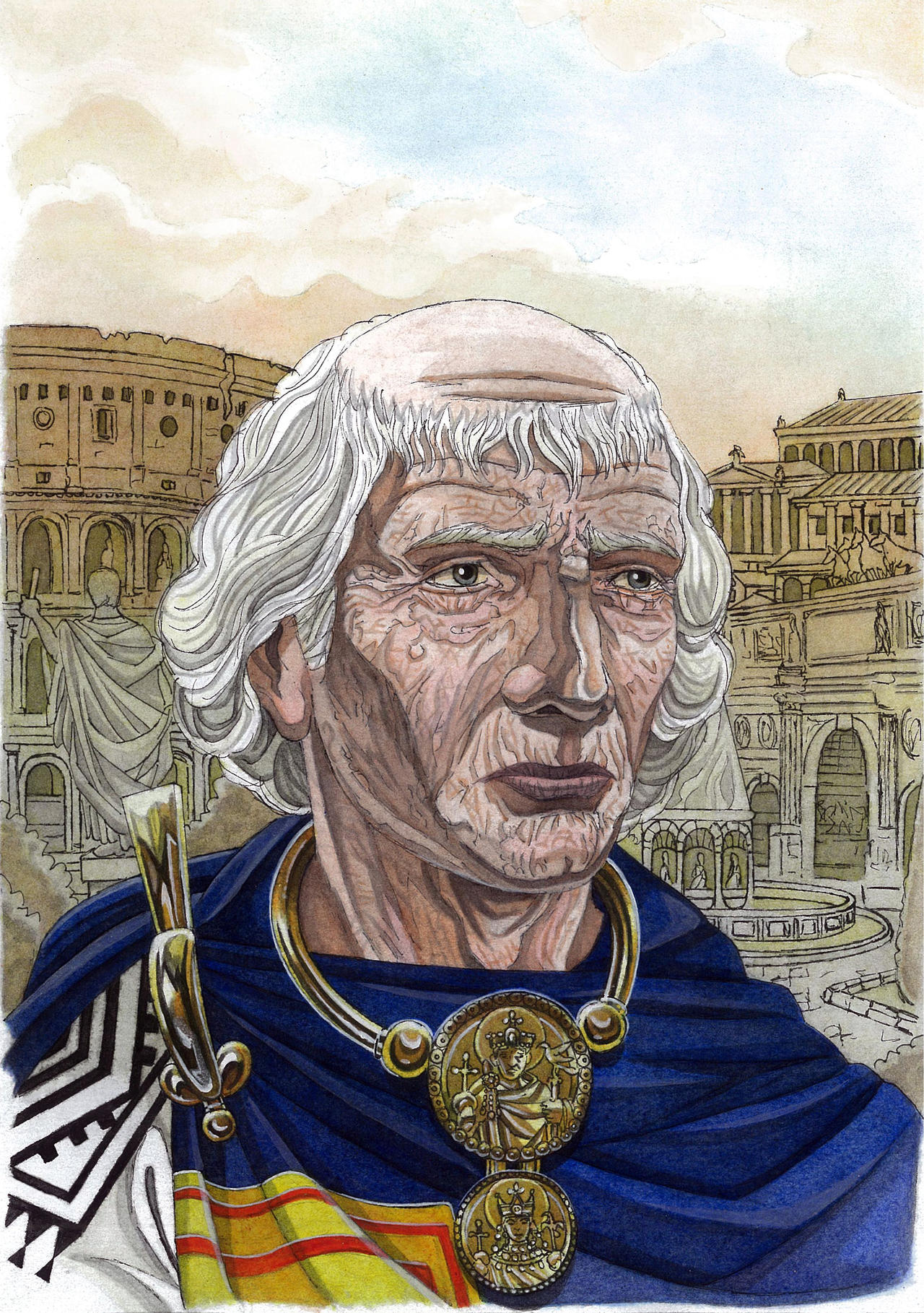
The Byzantines here had won this fictional battle which totally weakened the Ostrogoth forces but Totila had not lost yet, however at the same time another major battle occurred (factual this time) somewhere in Umbria in the village known as Taginae wherein Totila now intent to take the Byzantine throne dressed in the gold armor and purple cloak of a Byzantine emperor led a surprise charge at the army of Narses but the 74-year-old Narses- who not even dressed in armor for battle but instead a long tunic with a blue cloak over it as well as two golden pendants with one depicting the emperor Justinian and the other with the late empress Theodora- ordered his men mostly consisting of Lombard mercenaries to stay still and wait for the Ostrogoths to charge at them, and with his massive size and intimidating presence, Narses was able to crush and rout the Ostrogoths by having his army assemble in a crescent-shaped phalanx formation and in the Ostrogoths’ escape, Totila was killed by the Byzantine forces. Back in the north of Italy, Belisarius after this fictional victory got word of Narses’ victory and Totila’s death making him more energized to continue the war, however Andreas stepped up and told Belisarius that the emperor himself was tired after this battle they have gone through.
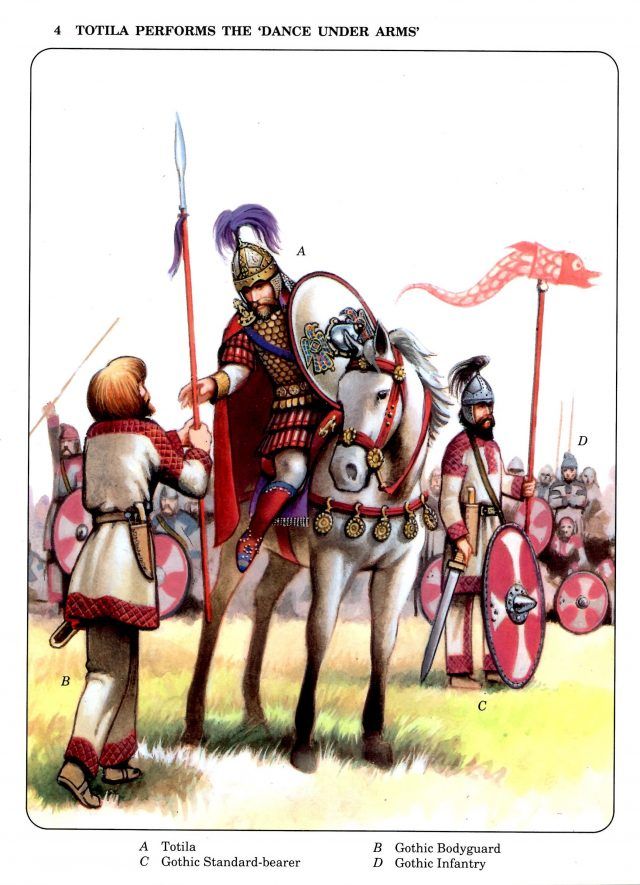
Though Totila was killed, his son Teia succeeded him as the King of the Ostrogoths without a capital and with the Ostrogoths still around, Belisarius told Justinian here that they must station the army all over Italy to enhance their presence and finally finish off the Ostrogoths once and for all by killing off Teia. Justinian, Justin, Belisarius, and Andreas remained at the army camp in this part of Northern Italy for weeks and here a messenger came giving word to Belisarius that the Franks hearing about the defeat of Totila were planning to invade Italy to avenge Totila and here Justinian knew that the Franks true enough betrayed him, but Justinian knowing that the Franks being barbarians despite being Catholic-Orthodox and not Arian would always take the side of their fellow barbarians, so here he did not bother to plan an invasion of Gaul anymore as the war in Italy plus the plague effort had already drained the treasury, but he still had enough funds for another small reconquest and this would be of Visigoth Hispania, or at least just the southern coast of it. Ever since 549 when the Visigoth king Agila came to power, as a fanatical Arian, he had been persecuting his Catholic-Orthodox subjects causing a rebellion led by a Visigoth noble named Athanagild who supported the oppressed Catholic-Orthodox citizens there, even though just like Totila he was eyeing the throne and so here in 552, news got to Justinian that Athanagild was crowned king despite Agila still reigning and seeing this conflict as a reason to defend the Orthodox Christian faith, Justinian agreed to help Athanagild but also because Justinian knew that if he retook Southern Hispania this would create a buffer zone to prevent the ambitious Visigoths from invading Byzantine North Africa knowing that a century ago, the Vandals that took over North Africa crossed the narrow Strait of Gibraltar from Hispania. The problem now was who to send to reconquer Hispania as Belisarius and Narses were both needed to clean up the mess in Italy while Justinian feeling tired decided to return to Constantinople so without any more choices Justinian asked his nephew Justin to be the one to go over to Hispania with the assistance of the now 87-year-old Liberius and since Liberius was too old to actually lead his men at the front, the job was up to the now 32-year-old Justin in this story’s case. At first Justin with tears objected saying this war in Italy traumatized him- in which this kind of trauma would define his reign in real history- but Justinian with such encouragement told him that to be a great emperor means to face his fears even if it means dealing with them with such ruthlessness, and here Justinian told his nephew about the time he almost lost to fear yet almost lost his life at the Nika Riot 20 years ago whereas Justin was only 12 here, therefore not at all involved in the events. Back then in 532, when seeing the intensity of the riot to overthrow him, Justinian kept negotiating with the mob to the point of threatening them with death and when nothing worked, his advisors even told him to just leave the city and let the people’s candidate Hypatius take the throne while Justinian could just one day take back the throne, but Theodora stepped up in front of Justinian and his entire court with a very strong and motivating speech ending with the phrase “the royal purple is noblest shroud” meaning that she’d rather die than lose the throne, and Justinian here took this advice to heart and conquered his fear by having Belisarius, Narses, and Mundus end the violence with violence.
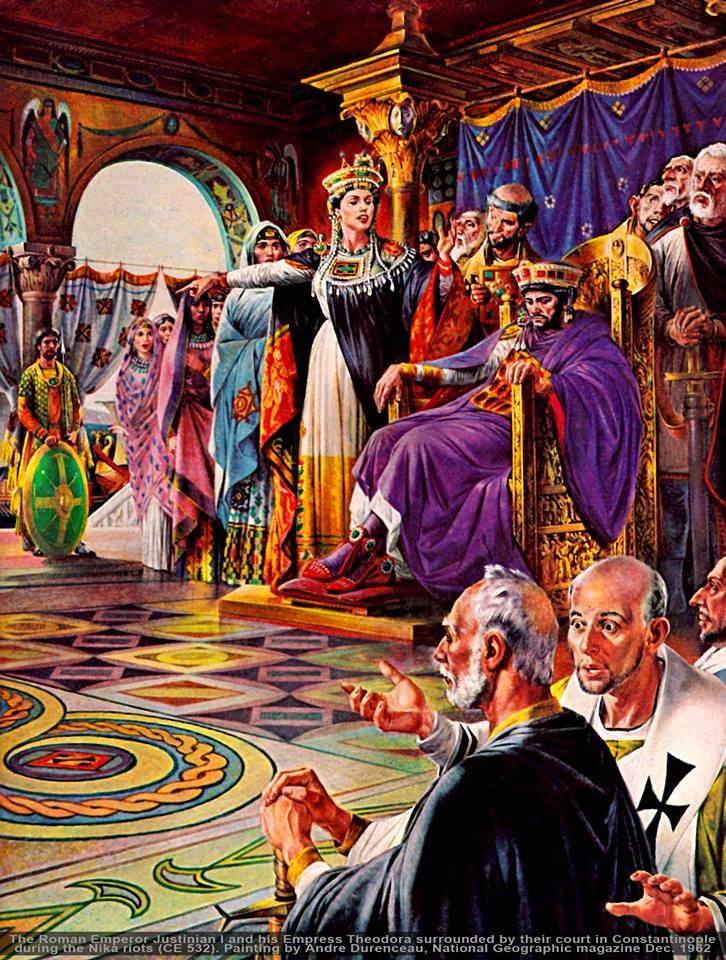
20 years later in 552, Justinian was still living with that fear- in this story at least- but this event only made him wiser and so here he told Justin to remember that event when he feels he is about to lose and that Justin should not lose to fear as he has the best and strongest men of the empire with him at all times being Justinian, Belisarius, Narses, and Andreas. Here would also be when Justinian would say one of his most his most famous lines “keep cool and you will command everyone” to Justin as a word of advice. Feeling some encouragement, Justin nodded at his uncle and was told to remain in Italy with Belisarius and Narses until Liberius arrived from Constantinople, while Justinian with Andreas by his side was to tour the rest of Italy to see the damage of the war in order to study on how to rebuild it from the ashes before heading back to Constantinople.
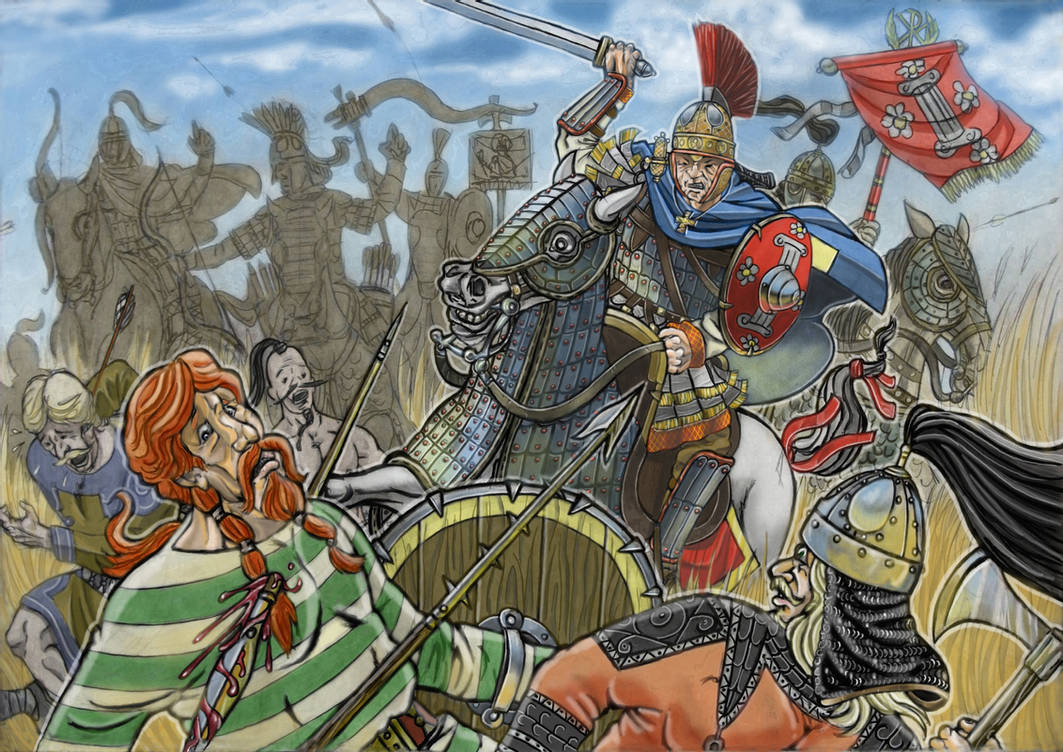
After the 17-year Gothic War plus the plague, Italy had turned into a depopulated wasteland that was beyond repair, but I believe that if Justinian were there to see the aftermath of the war, he would know how exactly to deal with it although the damage was beyond his control but what he could do to repair Italy is to make sure it will one day be repopulated and in this case, seeing the ruins of Italy, Justinian would allow people from more populated parts of the empire like Egypt and Syria as well as loyal barbarian allies to come over to Italy and settle in it. Before heading back to Constantinople, Justinian and Andreas visited Rome one more time and after a 3 week journey by sea, they finally arrived back in the capital and Justinian now being old, went first to Theodora’s tomb to pay his respects, then to check on the progress on the Hagia Sophia’s mosaics seeing the one with himself already completed, and then finally to bed without doing anything else for 2 full weeks as he now believed that 25 years of hard work since coming to power in 527 had finally paid off despite the reconquest of Italy not completely over and one more mission to back Hispania yet to come, but Justinian knew he had done his part in growing the empire and it was now up to his generals and Justin to finish the job.
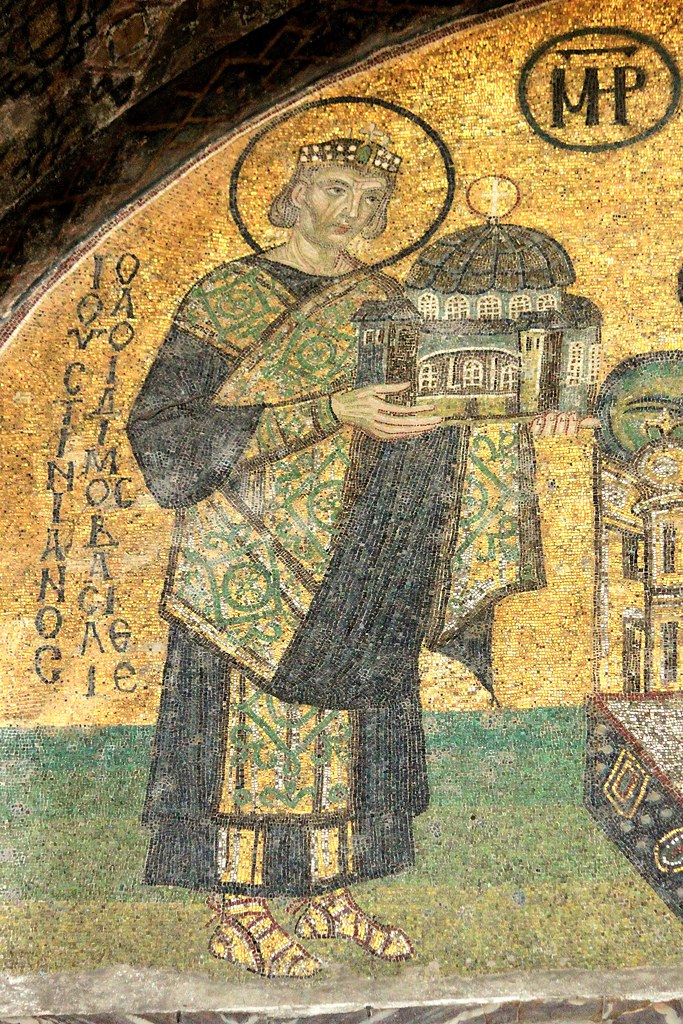
After his 2-week break, Justinian met with the very old Liberius- although history is unclear on which general led the reconquest of Hispania beginning 552 but the contemporary historian Jordanes says it was Liberius- and in this story, Justinian asked Liberius to serve the empire once more by heading to Italy first to meet up with Justin in this story’s case, and then sail to Hispania with him. In real history though, Justin had stayed in Constantinople this whole time and so did Justinian of course still ruling as a palace emperor, but 552 was also a major year for Justinian back in Constantinople as this was when the monks sent to China finally returned with the ultimate prize, silkworms. In this story’s case, as Justinian returned to Constantinople, the monks who were originally sent as missionaries to India later discovered the silk to be from what is the Empire of China, the distant highly advanced empire the Romans have been hearing about for centuries. Hearing from the monks of this distant land as superior as the Byzantines in culture, Justinian was highly fascinated but what struck him more was the treasure they brought home and these monks revealed it by pulling it out of their bamboo canes, and here were the silkworms that could produce the finest silk. With the economy ruined from the plague and the war in Italy, Justinian thought the best solution was for the Byzantines to build silk factories and farms in the empire in order to produce their own high-quality silk without having to import them from the Sassanids who imported them from China, and in this case with the Sassanid Empire on the verge of collapse due to the plague, there were would be no one to import these silks directly from anymore.

The monks told Justinian the whole process of making silk which they saw for themselves in China and that these worms would grow in mulberry bushes in which Byzantium had many of anyway, and so Justinian ready for this new ambitious project had mulberry bushes planted across the empire and silk factories built in the distant rural places of the empire so that not many would uncover this secret process of silk making. Another issue Justinian had to deal with back at home was of course Procopius where in this story’s case he discovered the lies Procopius spread about him and here Justinian confronted him ordering him to burn the Secret History and here Procopius showed his villainous side saying that he indeed deserved the throne. Andreas who was with Justinian here in Procopius’ house tried to kill Procopius but to punish him, Justinian just confiscated this book and had Procopius exiled to the Crimea north of the Black Sea- the farthest Byzantine holding in the north- to live his entire life there in the cold wasteland, while Justinian himself took this book of lies and burned it himself.

Now Justinian here would not have Procopius executed as his previous book Wars wrote about Justinian’s reign very well and factually, but Procopius still needed to answer for his false accusations, though in real history, Justinian never knew of Procopius’ accusations and Procopius lived until 570, 5 years passed Justinian’s death. However, the sources for Justinian’s later reign after 552 would no longer come from Procopius but from another contemporary Greek historian here named Agathias who was an eyewitness to all these events in the 550s. Italy meanwhile was still as impoverished as ever and the war still not over but in 553, Narses here like in real history won one more victory against the Ostrogoths at Mons Lactarius in Southern Italy where the last King of the Ostrogoths Teia was killed, thus earning Narses the title “Hammer of the Goths” and finally the war was over, though the last of the Ostrogoths would go into hiding in the mountains of Italy. As for Justinian in this story’s case, he would be able to function again and get over the death of Theodora by making himself busy inspecting the silk farms and manufacturing plants in Thrace, Macedonia, and Asia Minor by travelling there himself with the same monks he sent over to China. In 553, Justinian would head an important Church Council known as the 2nd Council of Constantinople to once again solve the schism with the Monophysite heretics in which he contained most of them to Egypt, however this council never really came to any results.

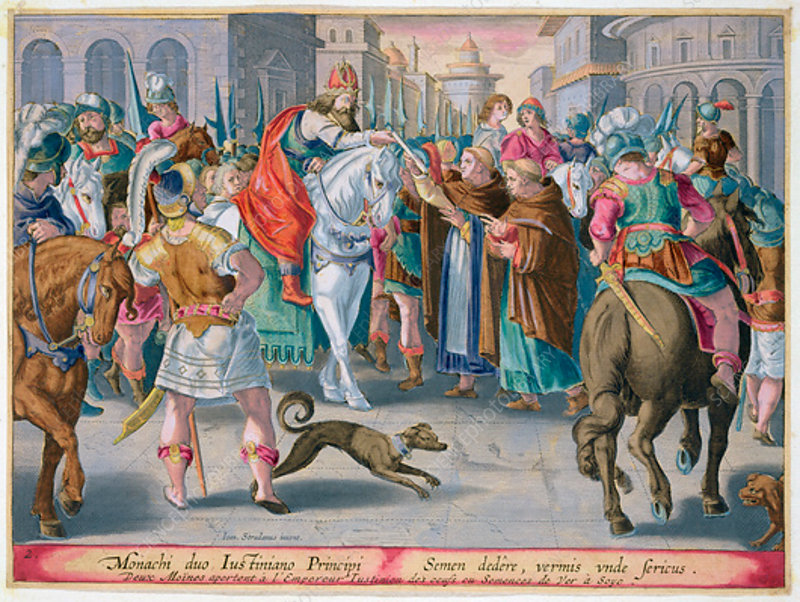
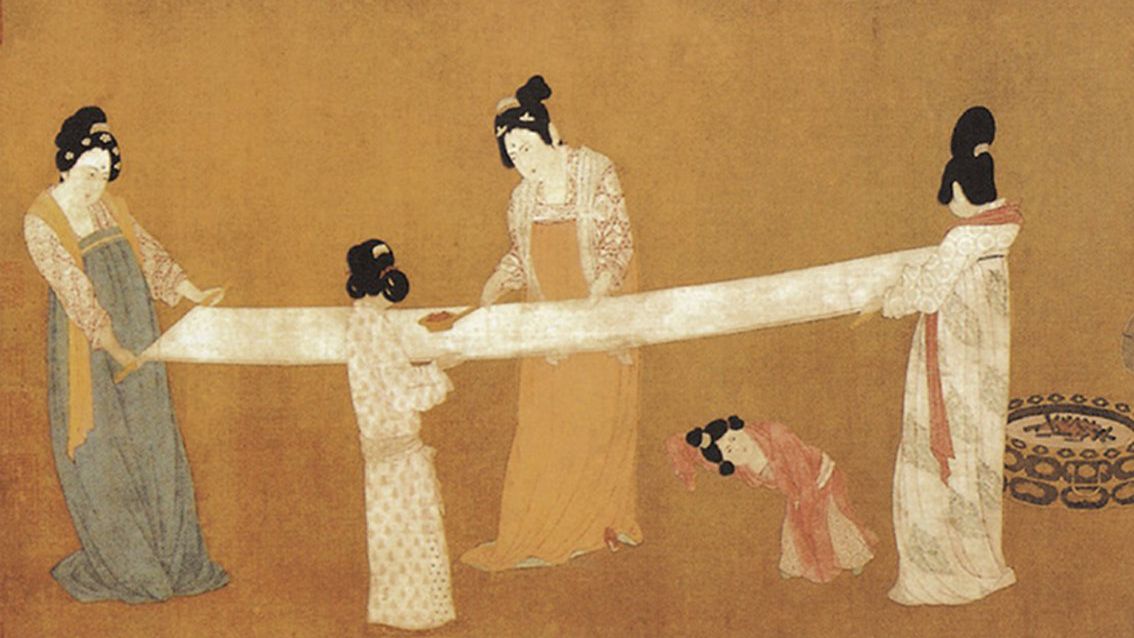

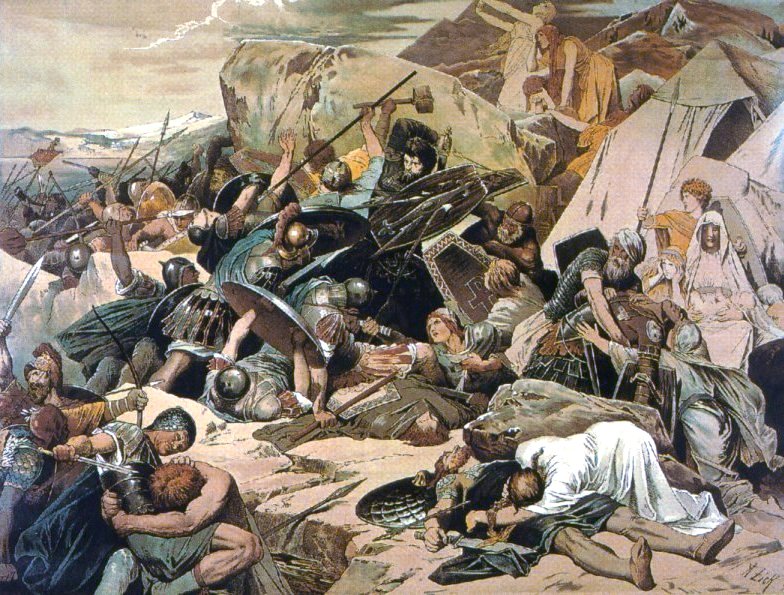
Watch this to learn more about silk production in Justinian I’s Byzantium (Kings and Generals).
In Italy, Justin had already departed by sea to Hispania the moment Liberius arrived later on in 552, and in this case Belisarius still remained in Italy together with Narses beyond 553, but when thinking the war was all over, the Franks from Gaul suddenly invaded Italy in late 553 promising to help the Ostrogoths but came too late, though it did not matter anyway as they still wanted a war with the Byzantines. The Franks split themselves up into two groups, though the first one when marching south all suffered from the plague as it had returned in Italy wherein a large number of the Franks died from it, while the other group of Franks charged at Narses’ army at the Volturnus River in Southern Italy, where here in this story with Belisarius joining Narses, the phalanx of Narses’ men held back the Franks while Belisarius’ Bucellarii cavalry rushed in and destroyed them all, thus Italy was spared from the Frankish attack, though some Franks would join the remaining Ostrogoths in their last holdouts.

Now over in Hispania, the Byzantine fleet with Liberius and Justin in this story’s case with a smaller army that came from Narses’ army in Italy arrived in what is now Malaga in late 552 meeting up with their ally Athanagild, and for the next year they fought together against Agila’s forces in the civil war. History though does not record much about the Byzantine reconquest of Southern Hispania except that they were supported by Athanagild and his rebels while Liberius in 553 returned to Constantinople when the Southern Spanish coast was already taken back. Since there is not much record on this conquest of Visigoth Hispania, I would not explain much about it anymore except that Justin in this story’s case now gaining some confidence continued leading his very small army in battle using the knowledge he learned when fighting in Italy, and of course keeping to heart the advice his uncle gave him during their time in Italy. The moment the Byzantines had taken the southern coast of Spain in order to block the Visigoths from crossing over to North Africa, Athanagild felt betrayed as he only wanted the Byzantines’ help against Agila, not for them to take land but since Agila was still around, Athanagild still acknowledged the presence of the Byzantines there.
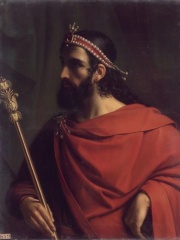
Now if Italy may have been severely damaged by the wars to the point of becoming a wasteland, Hispania was still fresh and Justin here saw that Hispania could be the new frontier for many Byzantines to settle in as it was fertile, spacious, and very significant to Roman history as this was where the great emperors like Trajan and Hadrian originated in. By 554, the Byzantine reconquest of Hispania was over and having at least the southern coast, Justinian in Constantinople ordered the conquests to stop for he had what he already wanted which was at least some land in Hispania, and now the Byzantines had at least a strip of land there in the southern coast of Spain including the cities of Seville and Cordoba (though still not covering what is today’s Southern Portugal), and this narrow strip of land along Hispania’s southern coast would become the Byzantine province of Spania. Justin here would return alone to Constantinople now celebrated as a hero while Liberius at age 89 also died this year (554) in Constantinople. In 555, the supporters of Agila fearing the success of the Byzantines in the south turned on him and assassinated him defecting to Athanagild who now became King of the Visigoths. Now in 555, Justinian’s ambitious reconquest of the Mediterranean known as the Renovatio Imperii was all over, thus now he could focus on securing peace all over his empire. At this point, the Byzantine Empire controlled the entire Mediterranean again as a “Roman lake”- except for the Mediterranean coast of Southern Gaul which was still under Frankish rule- and had spanned north to south from the Crimea in Ukraine to Egypt and west to east from Southern Spain to Syria, but no matter how large the empire was, again it was in ruin as the plague and wars took the lives of countless that by 555, the population of the empire had dropped by a million since Justinian came to power in 527.



The Last Years of Justinian, Aftermath, and Conclusion (555-565)

With North Africa, Italy, and some of Hispania under Roman rule again, Justinian could finally enjoy life at his old age with his remaining family members and focus on keeping the peace. The moment all the reconquests were over, Justinian no longer cared about fighting wars as that time had passed and luckier for him 555, in this story’s case only, he finally received the most relieving news ever from the Sassanid Empire, which was that their emperor Khosrow had got the plague and died, though in real history the war against Khosrow went on until 562, while Khosrow himself lived until 579 ruling the Sassanid Empire till his death. In this case though with Khosrow dead and the plague still ongoing in the Sassanid Empire, there was no more Sassanid Empire as the death of Khosrow broke the empire apart into smaller states ruled by Khosrow’s sons all at war with each other and still suffering heavily from the plague, and Justinian here can be indirectly credited for destroying the Sassanid Empire by sending plague victims and fleas there over the years.

The final dissolution of the Sassanid Empire that pained the Romans for 3 long centuries had come and Justinian with a sigh of relief turned to his new hobby as an old man, which was the farming silkworms and the making silks which in a few years became mass produced and a major export of Byzantium. In addition, in this story at least, the monks back in 552 gave Justinian a gift of Chinese herbs which were given to doctors in Byzantium and true enough these proved more effective in healing people who were still affected by the plague as by this point, the plague still kept coming on and off which still deeply worried Justinian since he wanted the population of the empire to grow, but the plague’s victims were usually unfortunately newborn babies. To ensure a population growth to his damaged empire, Justinian working with old jurist friend Tribonian again issued laws to encourage families especially in rural areas to keep producing children. Tribonian meanwhile would die in 556 from the long-term effects of contracting the plague- though in real history Tribonian had already died from it in 542- while Belisarius too returned to Constantinople again and this time to fully retire in his estate in Thrace.

With everything now settled down, Justinian at last had some good time to spend with his remaining family members having frequent get togethers in the imperial palace and here, he would grow his bond with his nephew Justin by continuing to train him more to be an emperor and with his sister Vigilantia as Justinian here now done with all his hard work would finally fix their relationship that he and sister would soon enough become closer to each other, in this story’s case at least. Out of the family members, Justin’s wife and Theodora’s niece Sophia would be the one to grow very close to Justinian as she would be the one asking for his advice in running an empire as Sophia wanted to imitate her aunt Theodora as well when her time comes to be Justin’s empress. Justinian meanwhile would still try to find ways to get over his grief of losing Theodora and a lot of this would be by taking hunting trips and playing Byzantine Polo or Tzykanion with his nephew Justin, the retired Belisarius, and Andreas who was still actively in military service. As for the silk manufacturing, things have been starting to become very successful in such a short time and as the manufacturing began, the first silk product to made before the silk would be mass produced was a dress for Sophia, the upcoming empress and apparently the dress custom made for her was exactly the same revealing type Theodora secretly wore as Procopius said, meaning that her niece knew about it which is why she asked for a dress of the same style made for her.

For Sophia however, it fit more perfectly on her as the new silks were sturdier that it would not fall off as much as it did with Theodora before that it was no longer only held up by a belt. Just as how this dress was made for Theodora before, it was made the exact same way for Sophia being also a long piece of silk wrapped around her body from her bust down to her feet, and again it was next to nothing but her bare skin- with the exception of her underwear inside- and it left her shoulders, upper chest, and arms completely exposed. Luckily, the same palace maid of Theodora that dressed her up in that dress of the same style years ago was still alive, and here she was the one to dress up Sophia in this silk dress by wrapping it around her body knowing exactly how to make it stay fit on her, and of course a few adjustments were made as Sophia had a much smaller body with smaller breasts compared to Theodora, although Sophia still appeared very stunning and seductive wearing it. Now with Sophia, this dress from becoming a deep secret would become well known to the women of the empire even being introduced as a fashion trend (even if this dress is entirely fictional appearing first in the 19th century painting by Jean-Benjamin Constant).

The Hagia Sophia’s mosaics too had been completed but in December of 557, a terrible tragedy would happen which was a massive earthquake that struck Constantinople and since the city was so dense with very little open spaces, people had no safe place to take refuge. According to Agathias who documented this event, he says that the earthquake almost “destroyed” the city but it had lasted very quick and luckily did not kill a large number of people, though it still left many especially in the crowded areas homeless, while the rain which had also happened on that night made it more difficult for the people outside that they had to seek refuge inside churches all over the city to escape the cold. In the panic as the earthquake struck that December night, people behaved as if disorder reigned but as the earthquake ceased minutes later, they all cheered and embraced each other as the worst was over while Justinian was fast asleep in the palace not noticing anything. Justinian only knew of the earthquake after waking up and when inspecting the city- here in this case with his nephew Justin- seeing so much damage again, he broke down inside as another disaster had come again in his reign. Out of respect for the people that died and were left homeless, Justinian refused to wear his crown for 40 days and with the money that the state had been generating from the silk production, he decided to use it to pay for repairing the damage caused by the earthquake. In the months following the earthquake, there too had been a change among the people’s attitudes as Agathias states as well wherein the rich who never turned to charity turned to it, while doubters began to pray, and the most vicious of men started helping others out but this only lasted for a short time as a few months later, they all reverted to their usual attitudes. The Hagia Sophia meanwhile did not receive a lot of damage from the earthquake for the meantime but in May of 558, a terrible tragedy came again as the dome of the Hagia Sophia Justinian and his architects had worked so hard on completely collapsed, but at least most of the mosaics still remained unharmed. Despite having had too much already in his life, the very old Justinian still acted strong and had the dome rebuilt and considering that a first dome was already made and that its blueprints were still around, building a second one was not so much a problem anymore, but it would take time, while most of Constantinople’s walls were damaged as well. Meanwhile, just as Justinian thought all his wars were over, a group of Huns known as the Kutrigurs allied with the Slavic tribes crossed the Danube River into the empire in late 558 and were directly headed to Constantinople to attack it, but at least they were held back by the Anastasian Wall of Thrace built ages ago.
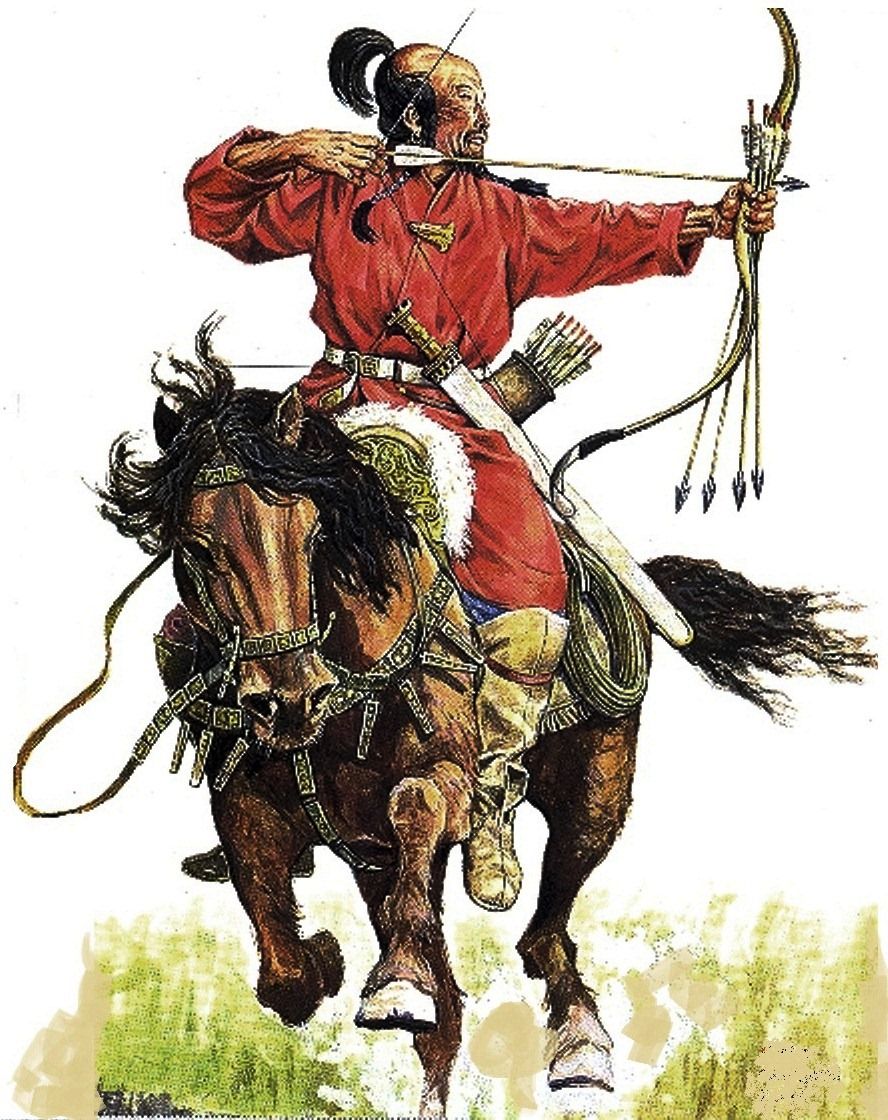
Since most of the army was scattered across the empire stationed in the newly conquered provinces of Hispania, Italy, and North Africa, Justinian in 559 when hearing of this new invasion asked Belisarius to come out of retirement one last time to fight off these invaders- as it did happen in real history too- except in this case, the now older Belisarius was joined again by Andreas, Justinian’s nephew Justin and Justin’s younger brother Marcellus who was now an experienced general. With most of the army scattered across the empire, Belisarius here only commanded 300 of his veteran soldiers as well as Thracian locals who he asked to assist them by scattering across the woods and again, Belisarius came up with a trick this time in which here he had the locals he recruited continuously beat the trees above the hills to release giant dust clouds in order to set a trap for the enemy. This small battle took place in the village of Melantias just 20km west of Constantinople, and it had been an easy victory for the Byzantines as the Kutrigurs and their Slavic allies fled in a panic when seeing the dust clouds released from the trees, and in their flight they were ambushed by the 300 veterans led by Belisarius and in this case Justin as well.

The Kutrigurs then fled back north leaving the empire for good and to further secure the Danube border from the invaders beyond, Justinian had the river fortresses built by previous Roman emperors rebuilt while Belisarius after fighting his last battle retired once again. Narses meanwhile still remained in Italy ever since he ended the war defeating the Franks in 554 and in these years, he was assigned to assembling Byzantine garrisons in all the cities and recruiting new men to the army, though the last of the Ostrogoths and Franks had still remained at the holdouts and it was only in 562 that all the remaining Ostrogoths and Franks were fully defeated and the entire Italy pacified. The years between 559 and 562 remained uneventful for Justinian, his family, and Belisarius but in this case with the Sassanid Empire destroyed after Khosrow dying of the plague in 555 leaving the Sassanid Empire broken apart into many states, the Kingdom of Lazica in Georgia in which the Byzantines and Sassanids have been fighting over in the previous years, here had been annexed to the Byzantine Empire as a result of the Sassanid Empire’s dissolution in this story. It also happened in 562 that the retired Belisarius out of nowhere was accused by his political enemies of corruption and plotting against Justinian, thus he was summoned to a court hearing wherein he was judged guilty and thrown in prison, the same way as it happened in real history. Not so long after, Justinian himself freed Belisarius from prison and pardoned him from all these false charges made against him; though one legend here says that when Belisarius was judged guilty, he was blinded and turned into a beggar but in reality, and in this story’s case too, Belisarius was pardoned and allowed to return to retirement for the rest of his life.
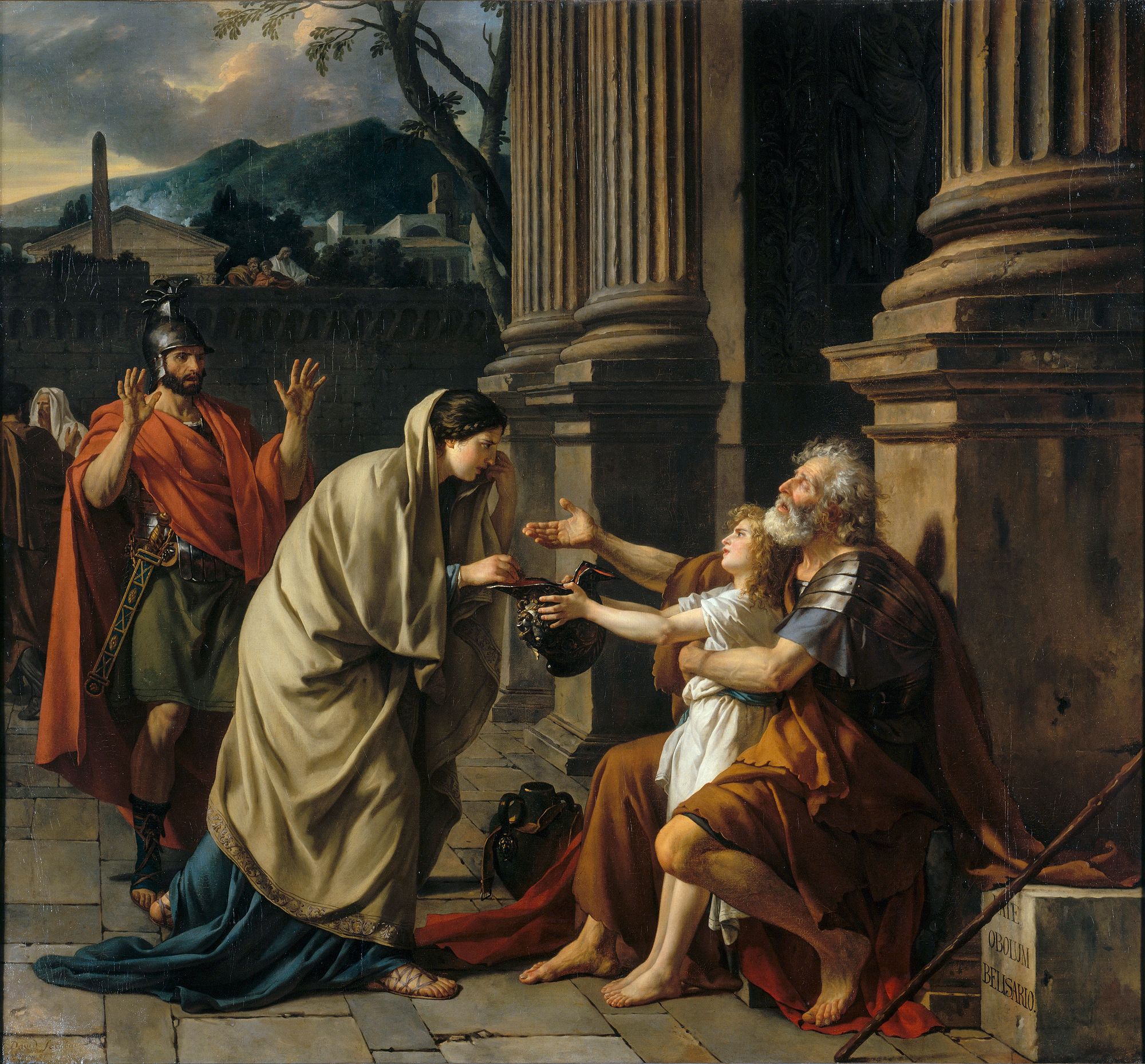
It is also believed that the judge who ruled Belisarius guilty was his former secretary Procopius who secretly despised him too but in this story with Procopius exiled to the Crimea, the judge here would be another one named Procopius. The next 3 years again would remain uneventful except here, a now aging Justinian could not fully rule his empire alone, here in this story’s case at least, thus his nephew Justin now appointed to the newly created position of Curopalates or “head of the palace” like in real history too was ever more experienced in state matters after years of training under his uncle and fighting wars in Italy, Hispania, and recently against the Kutrigurs, and so it was now him running the state and attending most of the senate meetings while his uncle had now become too old and weak to attend them all. In March of 565, Belisarius’ time had come as he died in his sleep in his estate at the age of 60 but at least he died a peaceful and happy death after a lifetime of fighting wars for the empire suffering defeats but achieving a lot of victories too. The death of Belisarius better known as the “Last of the Romans” further saddened Justinian as now he had lost his best general, but at the same time it was all fine as Belisarius had served his purpose and Justinian too knew that his time was almost near.
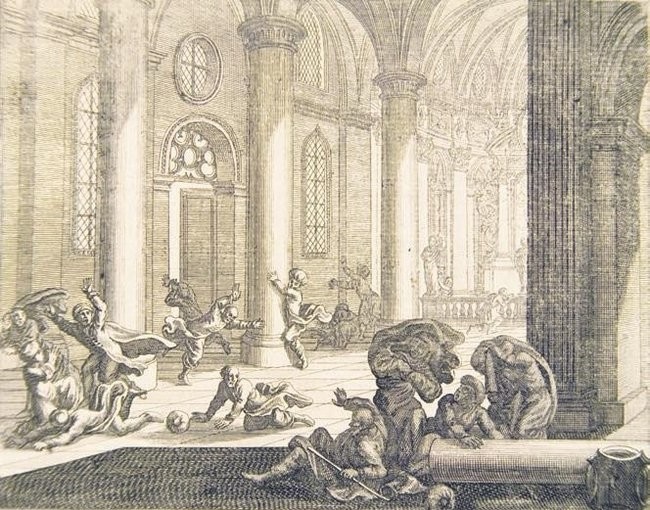
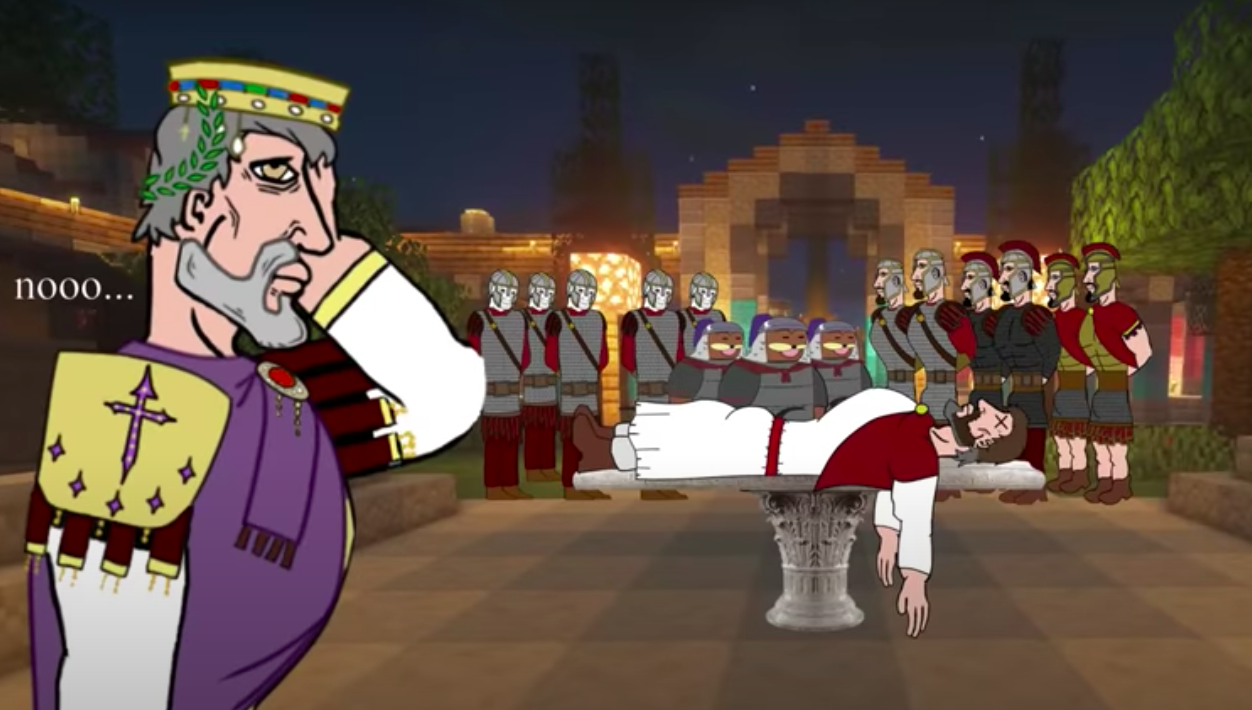
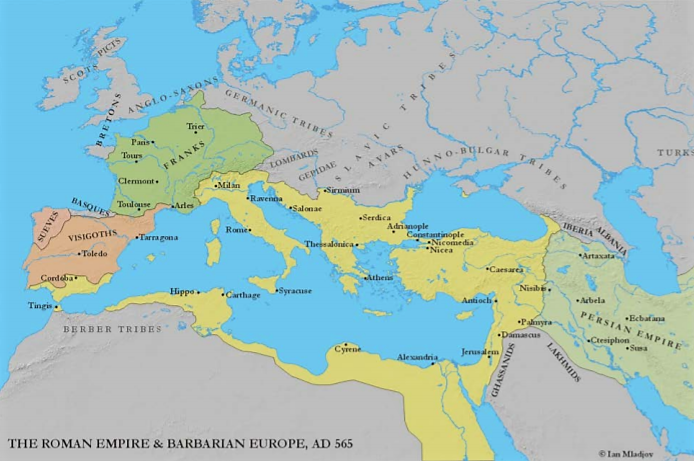
On the night of November 14, 565 Justinian the Great had at last died in his sleep at the age of 83 from a heart attack. The only person to witness Justinian’s last moments on earth was Callinicus, the eunuch assigned to the palace’s bedrooms and in real history, it was Callinicus that claimed that Justinian named his nephew Justin his successor though it is unclear what Justinian’s exact dying words were but surely, he named someone named Justin his successor, although this could be the other Justin who was the son of Justinian’s long-gone cousin Germanus who was the original designated heir. Callinicus on the other hand claimed it was Justin being Justinian’s sister Vigilantia’s son that was to succeed the throne and whether this claim was true or not, Callinicus was in favor of Justinian’s nephew Justin as he was someone who could be easily manipulated, in real history at least, but in this version since Justin underwent several years of training both in running the government from Constantinople and fighting wars in Italy and Hispania, he was surely ready to take throne. In this version as well, Justinian before dying was already prepared for his nephew to succeed him while Justin was nothing but ready to become emperor and rule a massive empire whereas in real history, Justin reluctantly accepted becoming emperor and was not ready for it as he lacked the experience as in the past years, all he did was manage the palace as Curopalates.

It however remains unclear what Justinian was thinking before he died, but I’d say for this story that Justinian came to think that he has achieved so much more than any emperor in his era could by conquering North Africa, Italy, and Southern Hispania all under his rule no matter the odds, he also came to think that he was truly blessed as he survived the plague when almost dying from it, he thought about the empress Ariadne who inspired him to dream big and restore the empire of old so many years ago when he was still growing up, he thought about his uncle Justin who made it possible for him to become emperor, he thought about how he came so far from being a simple peasant boy in the Balkans to becoming the ruler of the entire Mediterranean, he thought about how he succeeded in training his nephew Justin to become a strong ruler just as he was in this story at least, and lastly he thought about Theodora the love of his life and that now he was ready to join her together will all those he was closest to and inspired him the most including his uncle Justin, cousin Germanus, Belisarius, Empress Ariadne, and so many more in the afterlife. The day after Justinian’s death, Justin II who was 45 at this point- same age his uncle was when coming to power in 527- was crowned as the new Augustus by John Scholasticus, the newly appointed patriarch Justinian appointed before his death while Sophia who was now 37 here was crowned as the new empress or Augusta. Now in this story as well as in real history, Justin II would be the first Byzantine emperor to be crowned in the new Hagia Sophia rebuilt by Justinian I with its dome now fully repaired, while a few days after the coronation, Justinian’s funeral took place and it would be attended by literally everyone in the city as the funeral of the century, even grander than Theodora’s funeral 17 years earlier. At the beginning of his reign, Justinian may have been unpopular for many things including his taxation policies and choices of people in the government but now at his death after a reign of 38 years, he was mourned by all as he fought hard to give his people a strong empire, he built a massive cathedral like no other seen around the world being the Hagia Sophia, he managed to lead his empire out of the plague and rebuild the economy, he reclaimed 50% of the lands in the west that had fallen to the barbarians in the previous century thus making almost the entire Mediterranean Sea Roman again, and lastly but in this story’s case only he had managed to destroy the Roman Empire’s longest traditional enemy being the Sassanid Empire turning them into small ineffective states by sending the plague there.
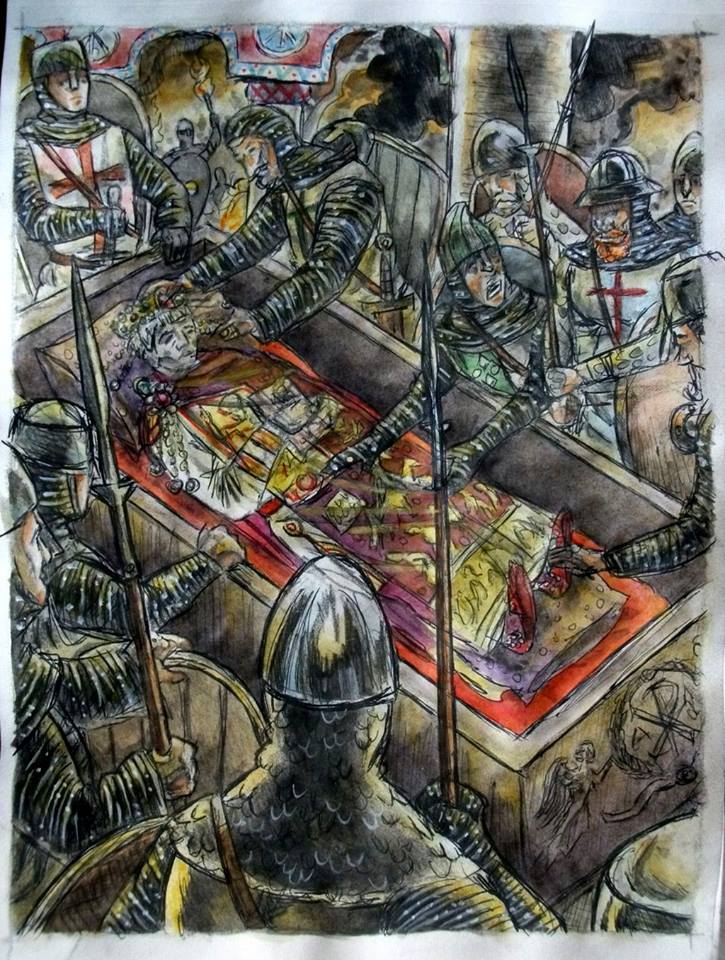
At the day of Justinian’s funeral, people from all classes all paid their respects by falling in line to bow down at his body as it was on display at the Forum of Constantine in Constantinople, and when everyone got their chance to do so, Justinian was buried in the Church of the Holy Apostles right next to Theodora and as the centuries went by, something unique occurred with Justinian’s corpse which was that it had not decayed and this would be noticed centuries later in 1204 when an invading army of Crusader soldiers from Western Europe sacked Byzantine Constantinople looting Justinian’s tomb in the process wherein they found his body still intact, which will be discussed in chapter X of this series- SPOILER ALERT! As Justinian joined Theodora in the afterlife, his spirit looked down on Justin ensuring he will rule long and well, and the first acts of Justin II was to pay off all his uncle’s debts which he failed to pay as he died before doing it while for the palace guard force or Excubitors, Justin like in real history appointed his friend the Thracian Tiberius as their commander. On the other hand, Justinian before his death commissioned the construction of the Orthodox Monastery of St. Catherine in the deserts of Egypt but it was only completed after his death in 565 and in the following year, when Justin heard of its completion, he and Sophia- in this story’s case- travelled to Egypt to inaugurate it.

Part of the lessons Justin II learned from his uncle was to be ruthless to stay in power and here in Egypt, joining him was the other Justin who was also considered as Justinian’s heir and suspecting the other Justin would plot against him, Justin II also listening to his wife’s advice had the other Justin, the son of Germanus assassinated in Alexandria- as it also did happen in real history- except Justin II and Sophia weren’t in Egypt in reality. Sophia on the other hand, grew to be ruthless and energetic as empress much like her aunt Theodora was before yet she too had the same level of beauty as Theodora even as she continued aging, yet Sophia still remained the style icon still introducing new fashion trends to women across the empire with the new silks that Byzantium here was now proud of making. In real history, it was in Justin II’s reign when Byzantium became a major exporter of silk but the empty treasury caused by the plague and the wars of Justinian was a constant headache for Justin II, so with an empty treasury Justin II had to carelessly undo his uncle’s policy of paying tribute to all their enemies beyond their borders thus triggering the Avar hordes beyond the Danube to begin making raids again into the Balkans while in the west, he discontinued paying tribute to the Lombards allowing them to already raid into Italy in 568, just 3 years after Justin came into power while Narses now in his 90s was recalled to Constantinople wherein he died in 572.
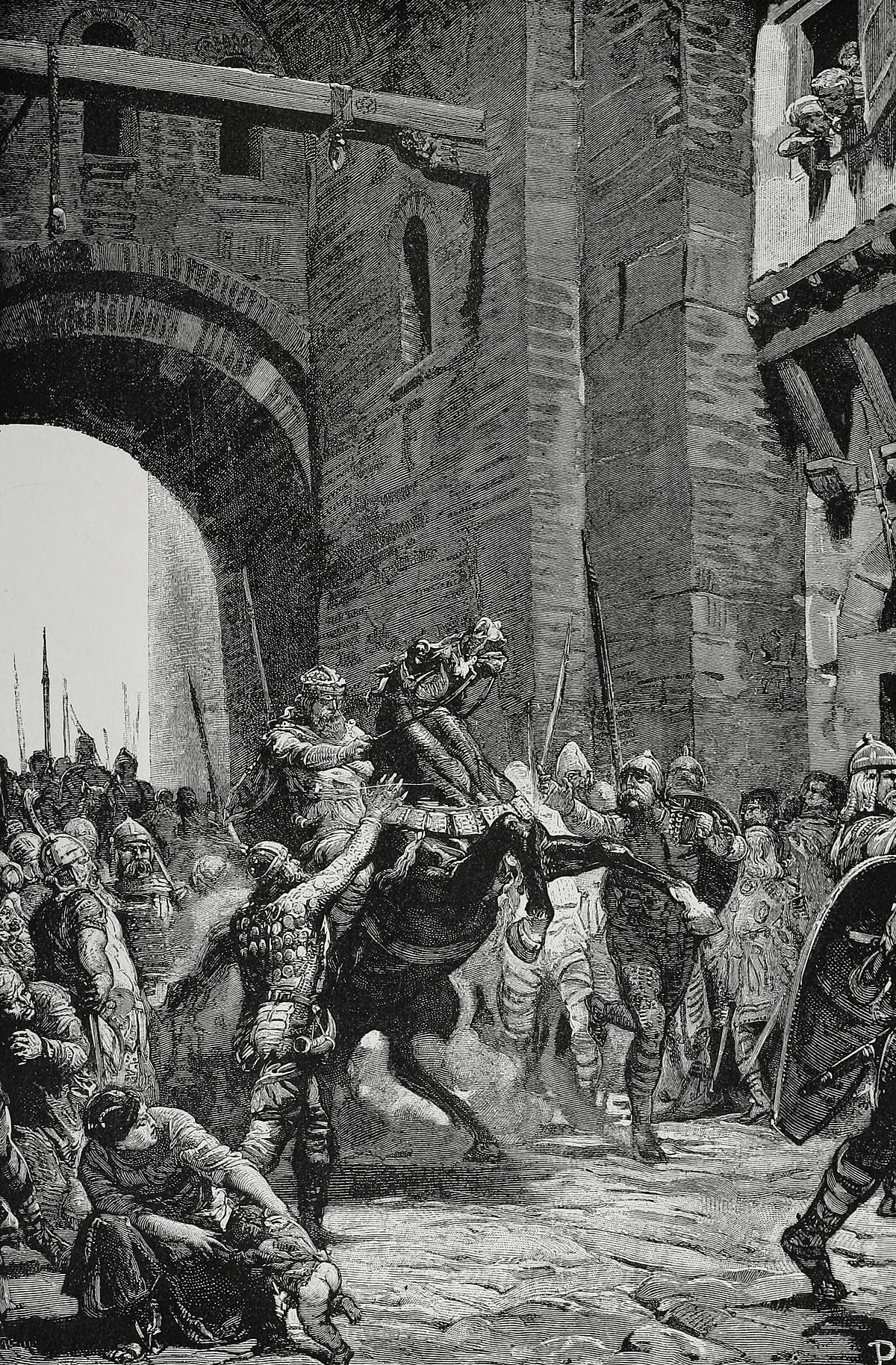
For Justin II in real history, the biggest disaster was the Lombard invasion of Italy led by their king Alboin beginning 568, when the whole of Italy had just recently been taken back from Ostrogoths, yet in only a few years after 568 the Lombards took over most of Byzantine Italy leaving only major cities like Rome and Ravenna still under the Byzantines. Though if not for Italy, the even bigger disaster in Justin II’s reign in reality was the resumption of the war against the Sassanid Empire in 572 when Justin II again running out of funds decided to refuse paying tribute to Khosrow I who still ruled the Sassanid Empire, thus the war resumed and due to the war with the Sassanids resuming and everything the Byzantines had worked on to put Italy back under Roman rule again falling apart due to the Lombard invasion, Justin completely lost his sanity in 572 that the contemporary late 6th century historian John of Ephesus, who previously wrote about the plague, said Justin behaved like a wild animal, was wheeled around the palace in a mobile throne, tried to throw himself off a window, and bit people making others believe he was a cannibal that in 574, at Sophia’s suggestion Justin abdicated and left the imperial palace making his closest friend and the commander of the palace guard Tiberius who would be adopted as his son and heir to be his regent together with Sophia.

Justin II thus did not rule long and in 578 he died at age 58 and was succeeded as Augustus by his adopted heir Tiberius as Justin and Sophia had no children and as the new emperor, Tiberius II taking the ruling name “Constantine” at least was more capable in ruling as in Justin II’s reign he was a highly competent general that successfully managed to contain the raiding Avars and Slavs in the Danube border and later successfully fight off the Sassanids. As the Augustus of the empire following Justin II’s death in 578, Tiberius was at least effective in the war against the Sassanids but in his service he had a highly competent Cappadocian Greek general named Maurice and after only ruling as Augustus for 4 years, Tiberius died in 582 and was succeeded by Maurice who then married Tiberius’ daughter Constantia. To put it short, Maurice was another highly competent emperor in this time of war that in 591 he finally ended the war against the Sassanids by putting his own ally Khosrow I’s grandson Khosrow II in the Sassanid throne after a civil war in the Sassanid Empire, thus Maurice believed he could continue to maintain and restore the massive empire Justinian I left behind but in the Danube, the war against the Avars and Slavs were far from over and his soldiers tired of war and not being paid enough for risking their lives as the treasury was already running low turned on Maurice who in 602 was overthrown and executed by a usurper soldier named Phocas who proclaimed himself emperor. Maurice’s execution though was taken harshly by his ally, the Sassanid ruler Khosrow II who then declared war on the already war-torn Byzantine Empire and from here on, it is all downhill for the Byzantines. This though would be the final war against the Sassanids but it lasted for more than 20 years ending in 628 leaving both Byzantine and Sassanid Empires at a breaking point that in only a few years after the great war, a new enemy came out of nowhere being the Arabs ready to finish off both empires and though the Sassanid Empire here completely fell to the Arabs, the Byzantines at least survived but at a great cost.



In this version however, considering the Sassanid Empire was destroyed in 555 by the plague which killed its ruler Khosrow I, this was a great relief for Justin II and even though the treasury ran low due to the previous wars and the plague, at least he did not have to go through the stress off paying off Khosrow I anymore, or the stress of risking another massive war against the Sassanids in the east.

In this story’s case too, Narses would still be recalled to Constantinople by Sophia but Andreas who was still currently serving as a general would replace Narses in command of Italy, while in the Balkans both Justin’s younger brother Marcellus and the palace guard commander Tiberius would be in charge of containing the raiding Avars and Slavs. The Lombards meanwhile who after serving Narses in Italy and seeing an opportunity to take over the land due to its depopulation would under their king Alboin still head south from their homeland in Central Europe (today’s Austria and Hungary) and raid into Northern Italy, but Andreas here with new recruits would do all he could to stop them though at the end, I would see it in a way that only Northern Italy including Milan would fall to the Lombards but the rest of the peninsula would still be under the Byzantines unlike in reality where the Lombards by the end of the 6th century already took over half of Italy.
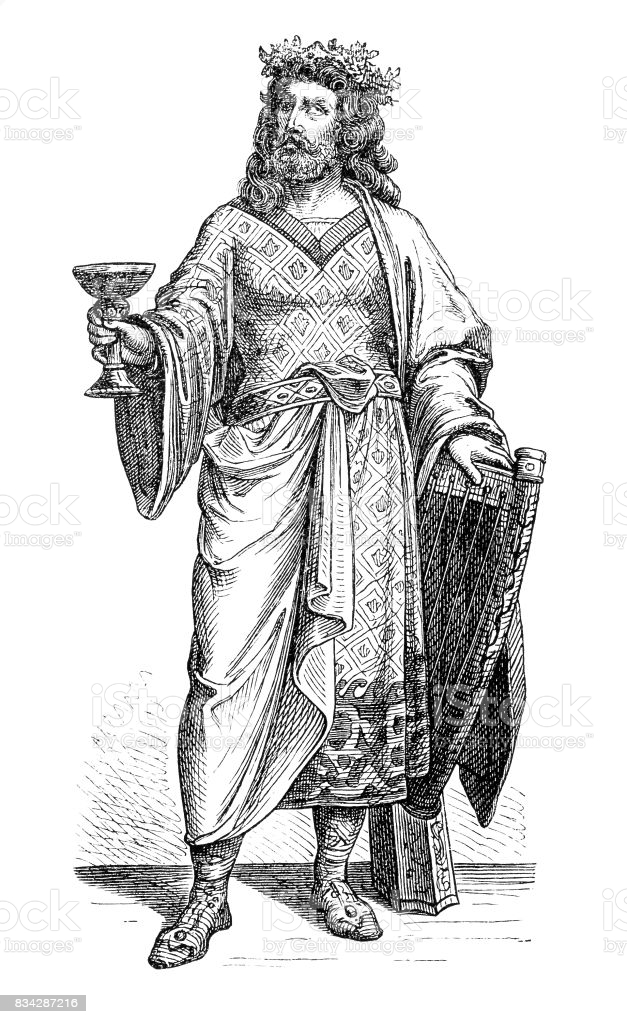
As for Hispania on the other hand, Justin II in this story’s case after seeing the place for himself years earlier would consider building growing Byzantine communities there along the southern coast with a vision in making it an important trading hub like it was in the days of the old Roman Empire and this could also help in growing the economy and building a place wherein the empire could live on in case the Balkans would continue being threatened by the Avars and Slavs. In addition, I would say Justin II without having to worry about the Sassanids anymore would focus on eventually launching a reconquest of at least Southern Gaul (Province of Septimania) which would later be able to connect Byzantine Hispania to Italy by land, thus making literally the entire Mediterranean under Roman rule again by adding the southern coast of Gaul. The reigning Visigoth king of Hispania Athanagild though would continue causing problems for Justin II’s Byzantium but in 567, just 2 years after Justin came to power, Athanagild would die just like in real history and would be succeeded by Leovigild who like in real history would reign Hispania imitating the rule of Justinian I by also issuing a codex of laws and Byzantine style coins. Leovigild in this case would also make himself an ally of Justin II and like in real history, Leovigild in 584 would defeat and conquer the Suebi Kingdom in Northwest Hispania.
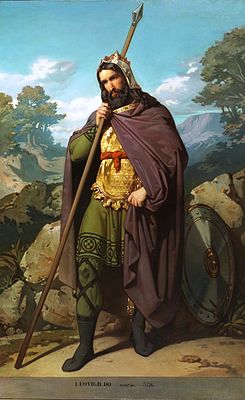
Now in this case, the major factor for Justin II ruling more effectively without coming to a mental breakdown in 572 was the mere fact that the Sassanid Empire had been destroyed, and this is the major what if for this story. I would believe that if the Sassanid Empire was destroyed indirectly by Justinian, then the Byzantines would be able to continue maintaining their hold on the west, particularly Italy which was the ultimate prize for Justinian. As for Justin II, with the Sassanid Persian threat non-existent, he would have no reason to have breakdowns, also considering in this story’s case wherein he underwent years of training under his uncle, rather than turning insane due to all the pressure, Justin II would still continue to run the empire effectively together with Sophia doing the same as Justinian and Theodora did before them. Unlike Justinian who worked hard on military campaigns to expand his empire, Justin II on the other hand here would be happy with whatever he has and choose to keep the empire that way without thinking of expanding anymore. Now if Justin II did not suffer losing his sanity, then I would say that he would rule until his death possibly in 585 at the age of 65 and since he and Sophia had no sons but only a daughter, the line would pass on to possibly Justin’s brother Marcellus who would probably pass it on to his sons in order to continue Justinian’s dynasty rather than Justin adopting Tiberius who would be the one to continue the dynasty, and although Tiberius II was adopted in reality, it still continued the dynasty which was continued to but finished off with Tiberius’ son-in-law Maurice.

In reality, though the Sassanid Empire was hit worse than Byzantium by the plague, it still managed to survive and later on go back to fighting wars with Byzantium again but in this case, I would say that with the complete destruction of the Sassanid Empire by the plague, Byzantium would’ve not been weakened by war in the decades to come as even though they would still be fighting against the Avars, Slavs, and Lombards, these wars were not as large in scale compared to that against the full might of the Sassanid Empire. The big question now is, if the Sassanid Empire died out because of the plague thus sparing Byzantium from the many more wars to come with the Sassanids later on as it did happen in real history, then would the Byzantine Empire survive the new Arab threat that is to come in the next century? True enough the Arab threat that rose in the 7th century that came directly for Byzantium and the Sassanids was unforeseen so nothing could have stopped it, and Justinian himself too would not know what was to come after his time. Now many would blame the downfall of Byzantium in the 7th century on Justinian’s ambitious over expanding of imperial territory but I would say that Justinian did not see the continuation of the war with the Sassanids and the rising Arab threat coming.

Overall, the disasters Byzantium would soon enough face that would force their empire to downsize was not entirely due to Justinian’s wars but rather a chain reaction of events first of course being the plague and its devastating effects on the economy and army, Justinian still continuing his ambitious conquests even after the plague struck the empire, Justin II in reality triggering war with the Sassanids by refusing to pay tribute, and the overthrow and execution of Maurice in 602 triggering an even larger war with the Sassanids and with all these wars, and with all this happening Byzantium in the 7th century would no longer have the full strength to face a new enemy, but that here is a story for another time.


And now I have come to the very end of this extremely long article. To be honest, I never knew this article of mine would be an extremely long one but I guess since this one covers the most influential and eventful reign in Byzantine history, which was that of Justinian the Great, it had to be very long so to deal with the extreme length, it was not entirely divided in half but segmented into two sections. To conclude this article, all I have to do is to give an evaluation of Justinian the Great, his reign, achievements, and what could he have done better. First of all, I would say that in the larger picture of history, Justinian I is a one-of-a-kind ruler as he had gone such a long way from humble origins as a peasant- and so was his wife Empress Theodora originating as an actress- to ruling a massive empire controlling the Mediterranean, yet his achievements were not only in military conquests but in legal matters and impressive structures seen up to this day. Though the Byzantine Empire may be gone today, its legacy is very much still seen at this day, and a lot of it has to do with Justinian the Great, out of all the emperors of Byzantium throughout is 1,100 year history, it is Justinian the Great who’s legacy very much lives on as when you see the structure of the Hagia Sophia still around, this was exactly the same structure built under Justinian in the 6th century and more importantly is his legal code made back in 529, and though it may not be very obvious seeing it still existing today, it still does as many countries still base their legal systems on this exact code of laws of Justinian. Of course, Justinian the Great had so much more achievements that would live beyond his time and this included the manufacturing of silks in the Byzantine Empire which it became famous for, the construction of various cities in the empire that would grow to importance in which some of them he even named after himself, sending explorers to see the far parts of the world to spread Christianity and get new valuable information about, and the reorganization of the empire’s government systems that allowed it to live on for centuries beyond his time.

Justinian definitely had his flaws and a lot of it had to do with his over ambitious projects of expanding the empire to its farthest extent, his religious intolerance to non-Orthodox Christians, Jews, and Pagans that would soon create internal tensions in the empire, his policy of meddling too much in the affairs of foreign kingdoms for the benefit of Byzantium which although may have been beneficial for Byzantium, and his failure to prevent war with the Sassanids in the east. On the other hand, I have to give it to Justinian because no matter how much odds he faced including the plague, on and off wars with the Sassanids, an unending war for control of Italy, civil unrest, economic difficulties, and the loss of his wife Theodora, he still persisted with his dream, the dream to revive the Roman Empire of old and save the world from the Dark Ages Europe had fallen to, and for this reason he earns his title “the great”. Even more, Justinian after death is considered a saint in the Orthodox Christian faith for his entire life dedicated to growing and defending the faith of Orthodoxy and growing Byzantium in the name of it, and at the end he was able to achieve that no matter the odds, even if after his death everything will gradually go downhill for Byzantium. At the end, this dream was only partially achieved as not all the lost provinces of Western Rome were recovered but only Italy, North Africa, and Southern Hispania as he knew it would also prove too difficult to recover the rest including Gaul, Britannia, Dacia, and Germania considering its distance to Constantinople and the lack of funds to recover them all, but at least he went far recovering a good 50% of the lost western provinces.

However, if the plague did not happen and so did the wars with the Sassanids, then I believe that after Justinian’s time, these other western provinces could have been recovered too, and those that were reconquered in real history too would have stayed longer under Byzantine rule. Now, others may blame it all on Justinian’s over expanding that brought the empire down shortly after his death, but I would say it was not all his fault because the plague which no one saw happening happened causing a great collapse in the economy, and that he did not know all the troubles that would come after his time. As for me, I would think that if Justinian only visited the provinces he reconquered like Italy and be able to see how they can be managed, if he actually handled the plague better off by actually using it to his advantage by using it to destroy the Sassanids, and if he only could properly train a successor to rule like him in this case his nephew Justin II who in real history did succeed him, then I believe that by doing all this, the Byzantine Empire would have not come to its downfall so soon enough and it is for all these reasons why I wrote about this for the 3rd chapter of this Byzantine Alternate History series. I would also have to say that Justinian only was able to achieve such great dreams of imperial conquest because he was lucky to have a full treasury due to the reign of Anastasius I before him and a stable state due to all the instability cleaned up by Zeno before Anastasius, but also because Justinian carefully planned everything and invaded with the right reason, again with his policy of “intervention imperialism”. On the other hand, I have to admit, this story was very difficult to put together but luckily Dovahhatty’s most recent video on the reign of Justinian did come out, but of course Byzantine history itself is not complete if the reign of Justinian were not written about and it is for this reason, why the 3rd chapter here had to involve Justinian. Of course, I also have to thank Justinianus for helping me in the creation of this story as it was her idea all along to come up with the fictional scenario of Justinian himself travelling to Italy to join his own military campaigns. Well, I hope this was a very interesting and intriguing fan fiction for the 3rd part of my Byzantine alternate history series made possible with the contributions of Justinianus, and as always, the next chapter will not have any continuity to this one’s alternate history scenario. The next article will go on with the case of real history wherein the weakened Byzantine Empire from Justinian’s over-expansion would be further weakened from an ultimate war with the Sassanids that it came so close to the verge of extinction with the unexpected expansion of the Arabs a century after Justinian’s time. The next story then will discuss in more depth the years following Justinian I’s death with the reigns of Justin II, Tiberius II, Maurice, Phocas, and Heraclius, the continued wars, invasions, and changing political and geographical landscapes before getting to the story of the lesser known yet very interesting 7th century Byzantine emperor Constans II who like Justinian also had a vision to continue expanding west, but this time at the cost of moving the Byzantine capital from Constantinople to Sicily to further defend the west from the expansionist Arabs and recapture Italy this time from the Lombards, but at the end failed to do it when being assassinated, but if Constans II survived, then would the course of Byzantine history change? Well, this is all for chapter III of Byzantine Alternate History, this is Powee Celdran, the Byzantine Time Traveller… thank you for your time!
Next Story: Byzantine Alternate History Chapter IV- 7th Century
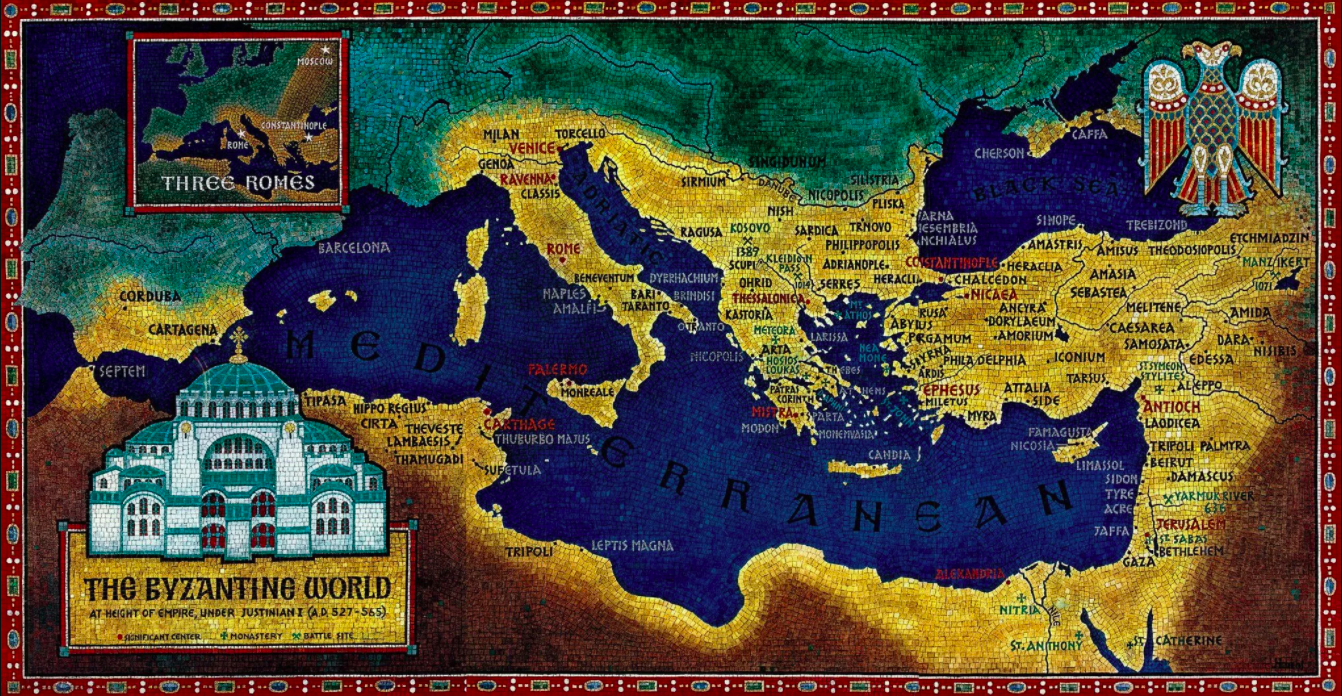







9 thoughts on “Byzantine Alternate History Chapter III- The Empire Strikes Back; Justinian the Great Saves his Empire from the Plague and Personally Joins his Campaigns”